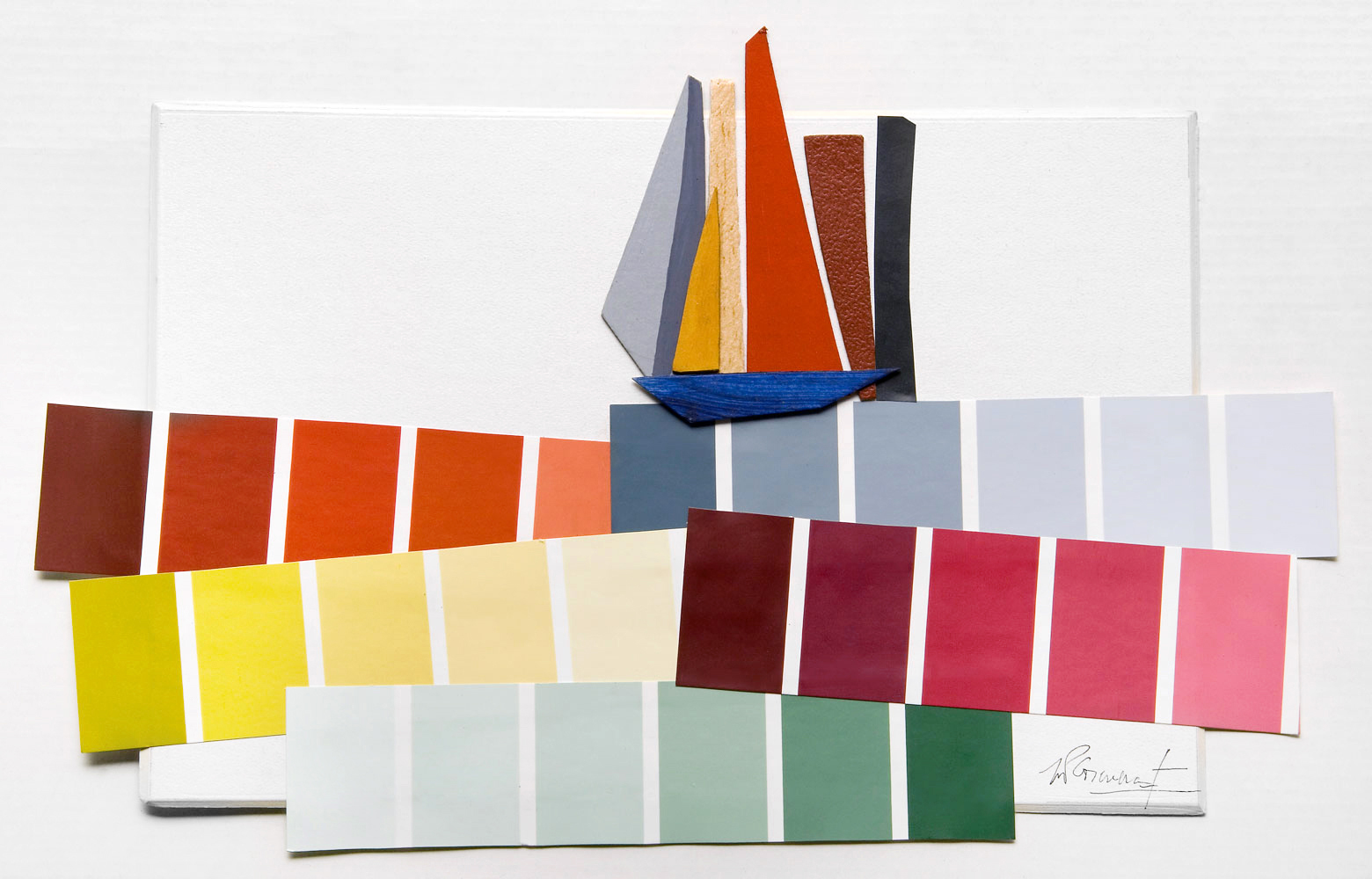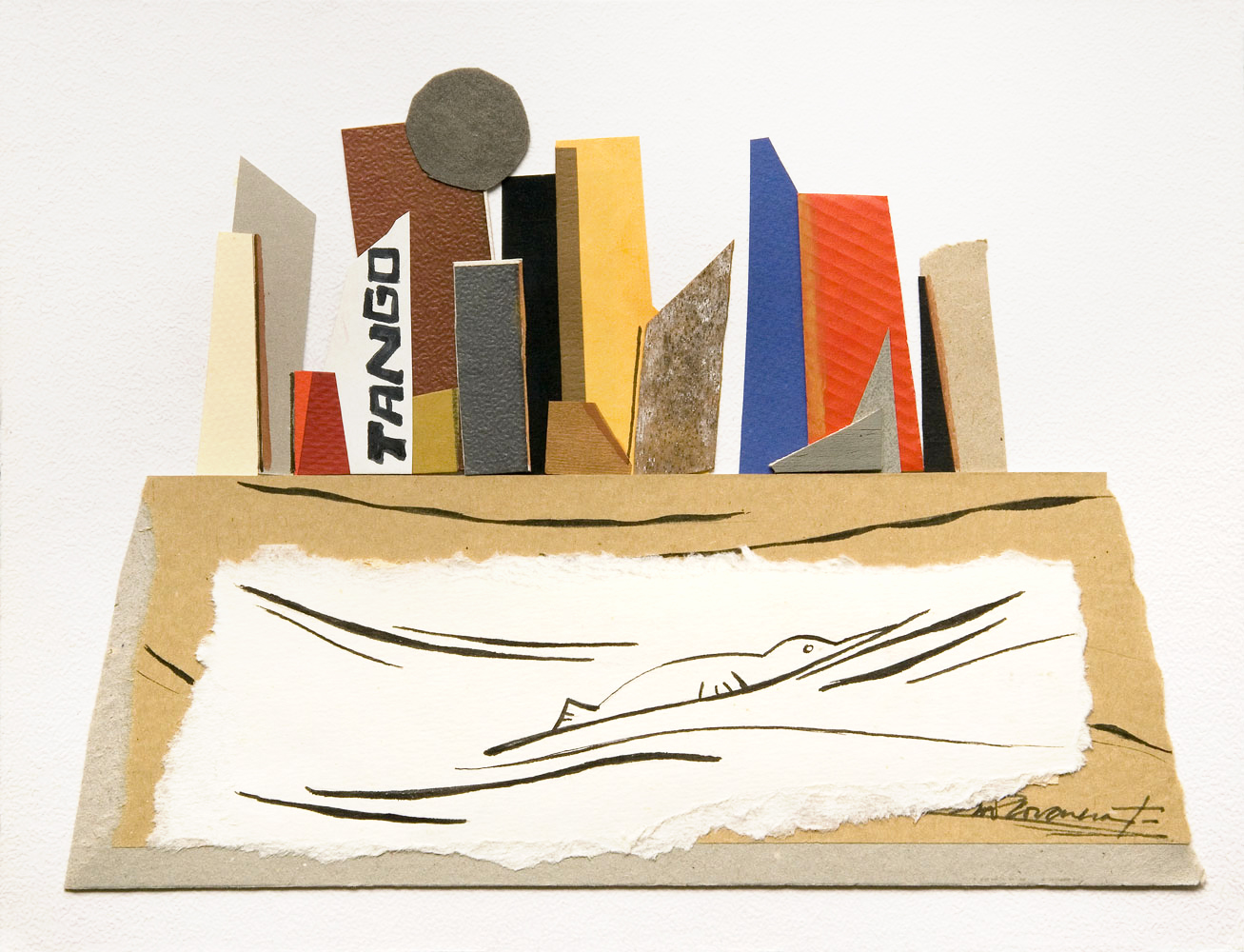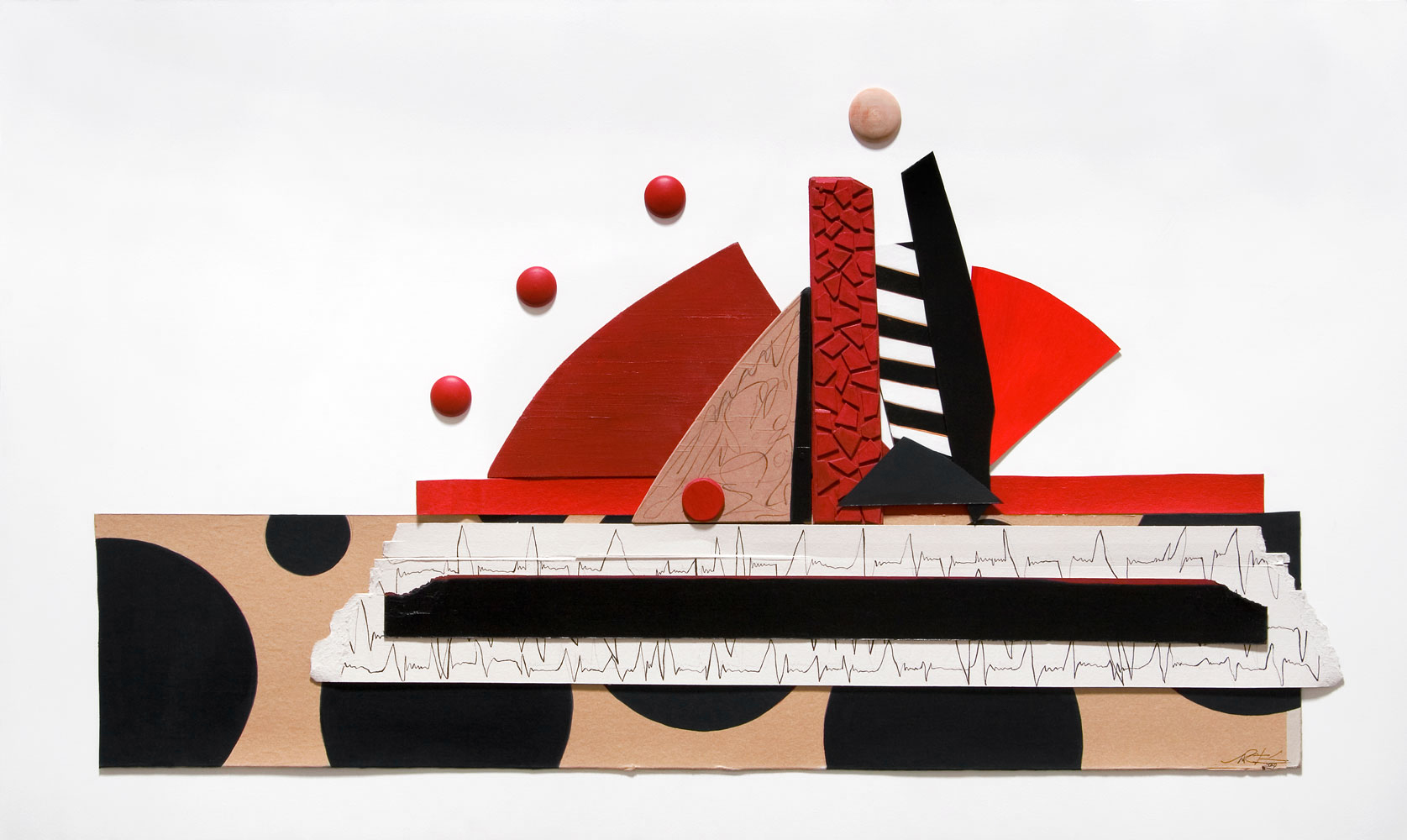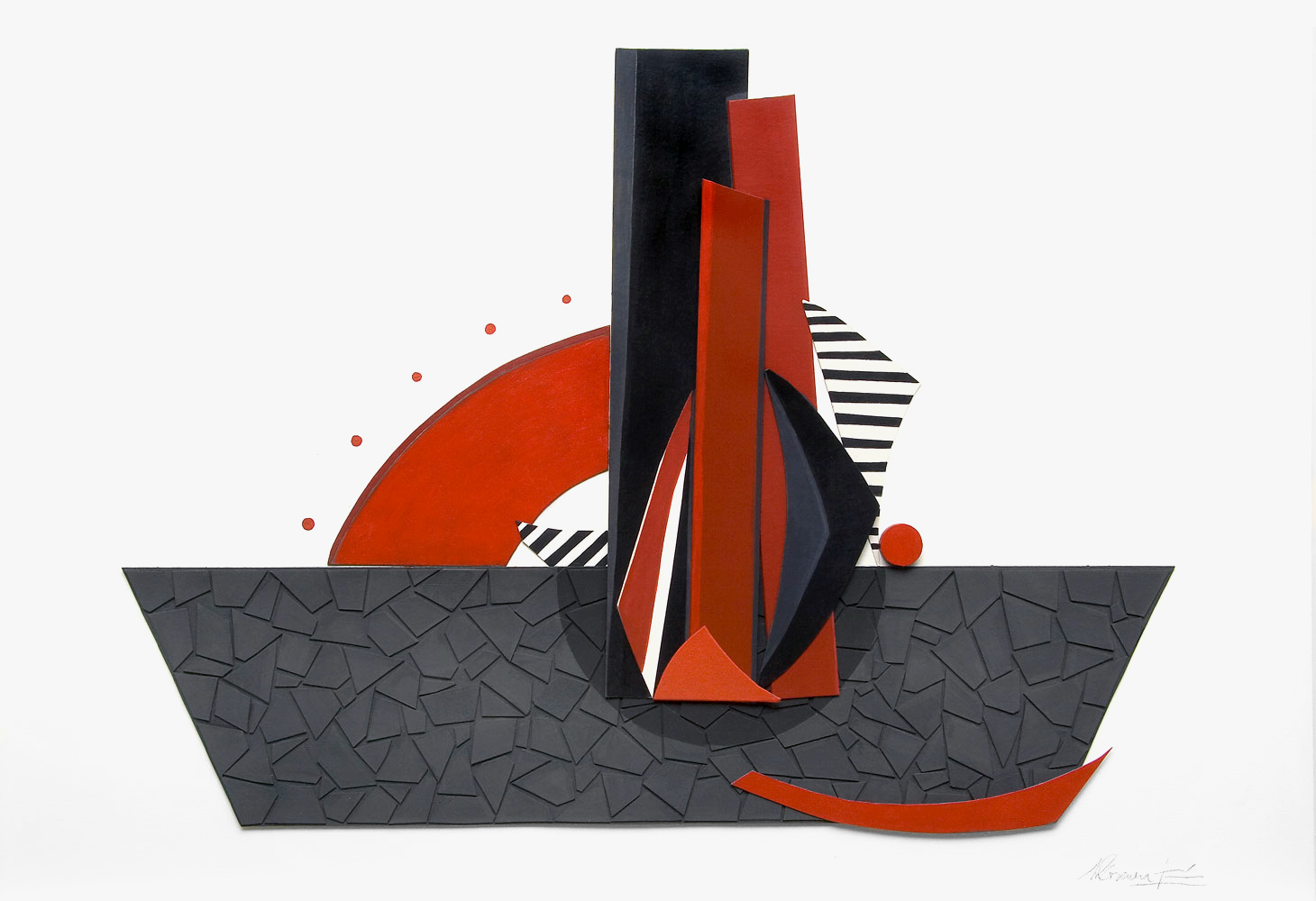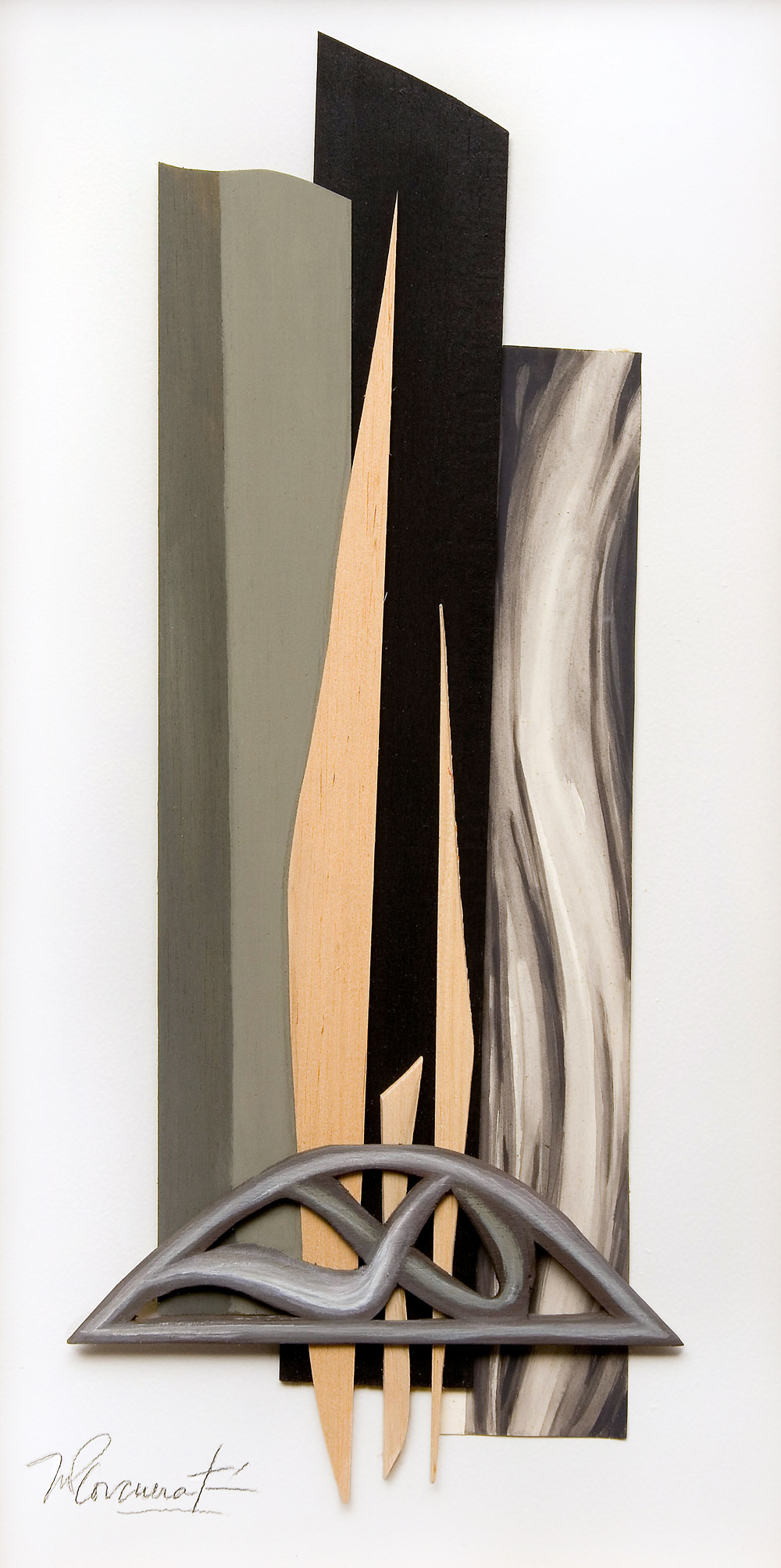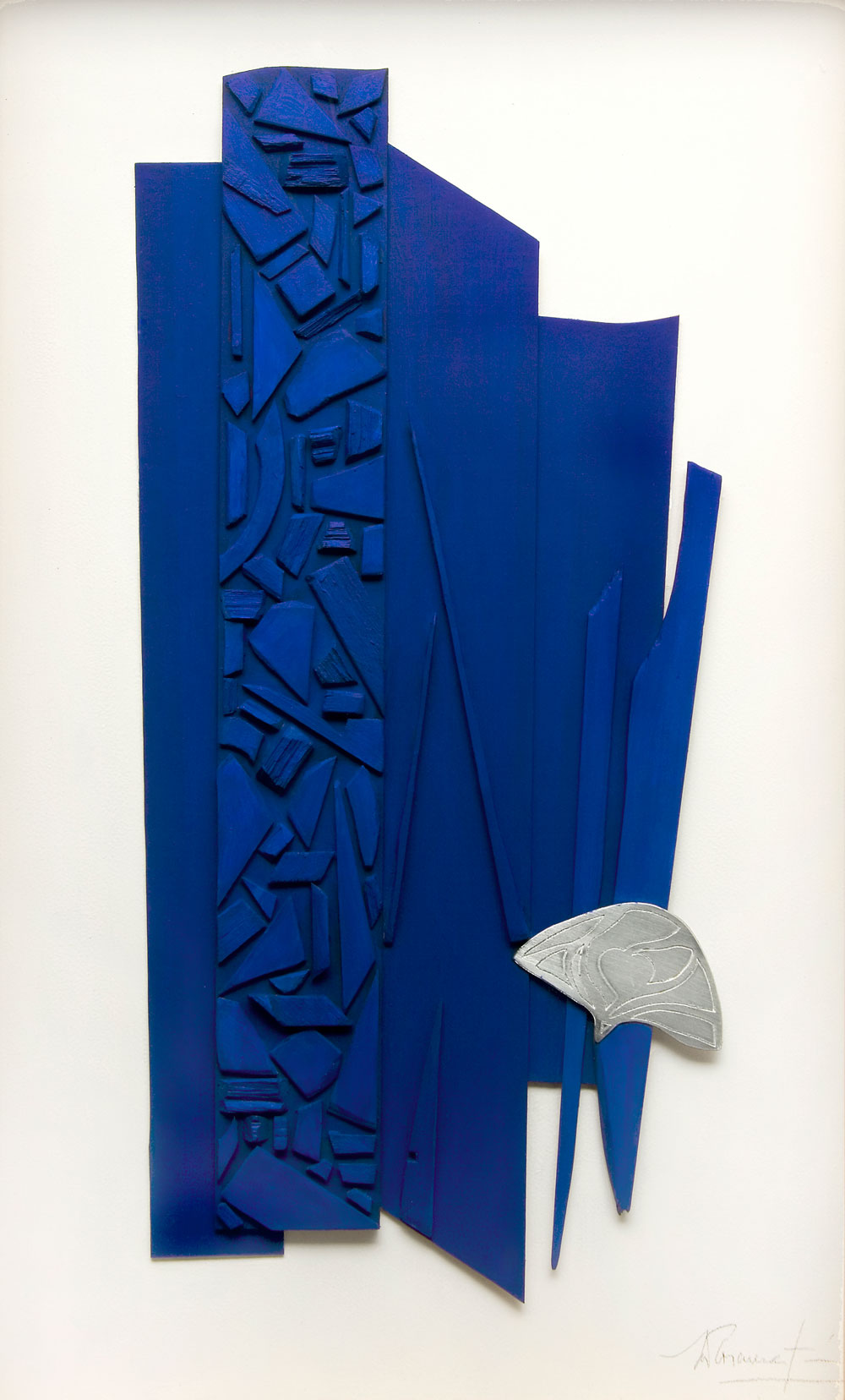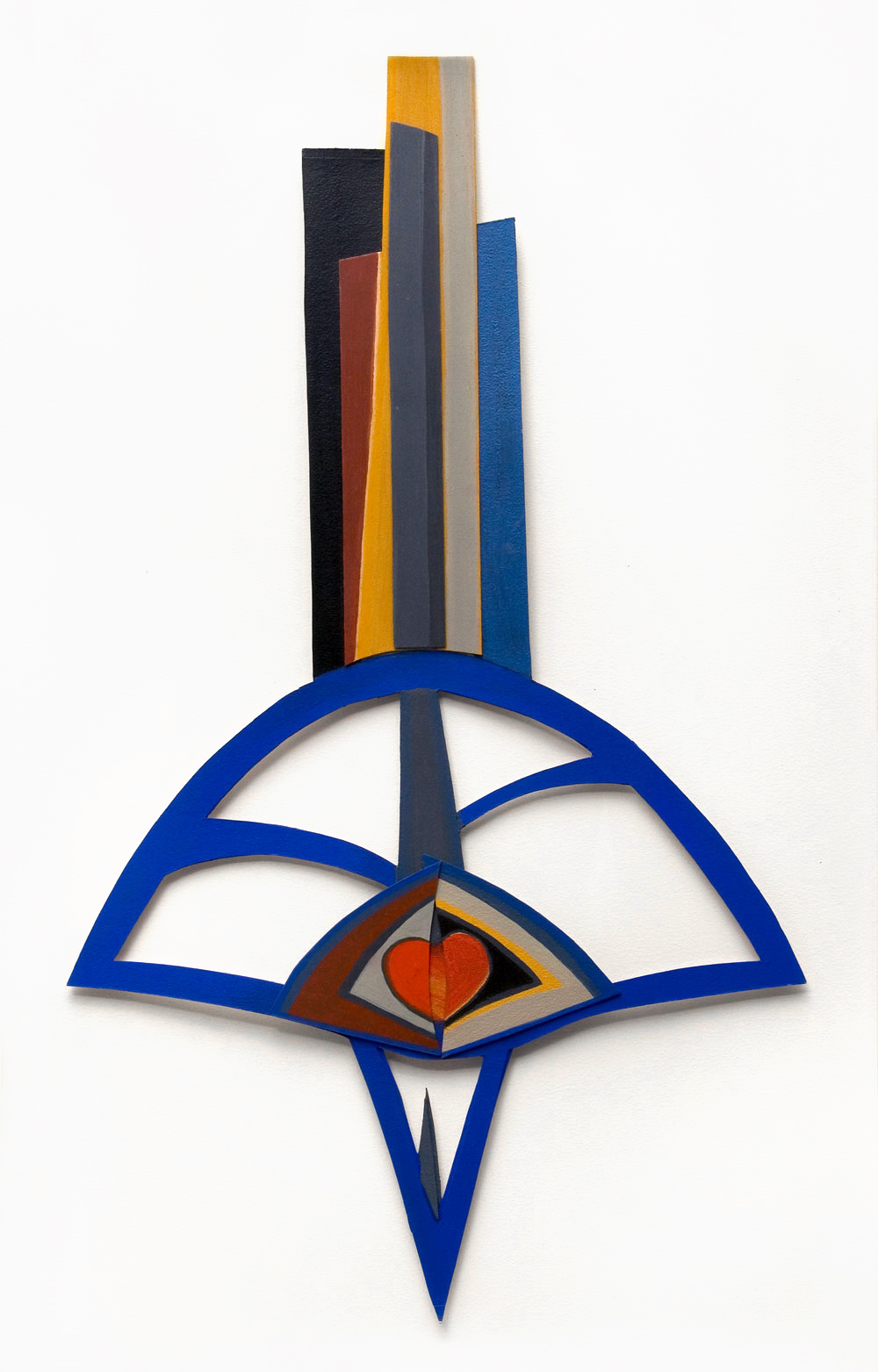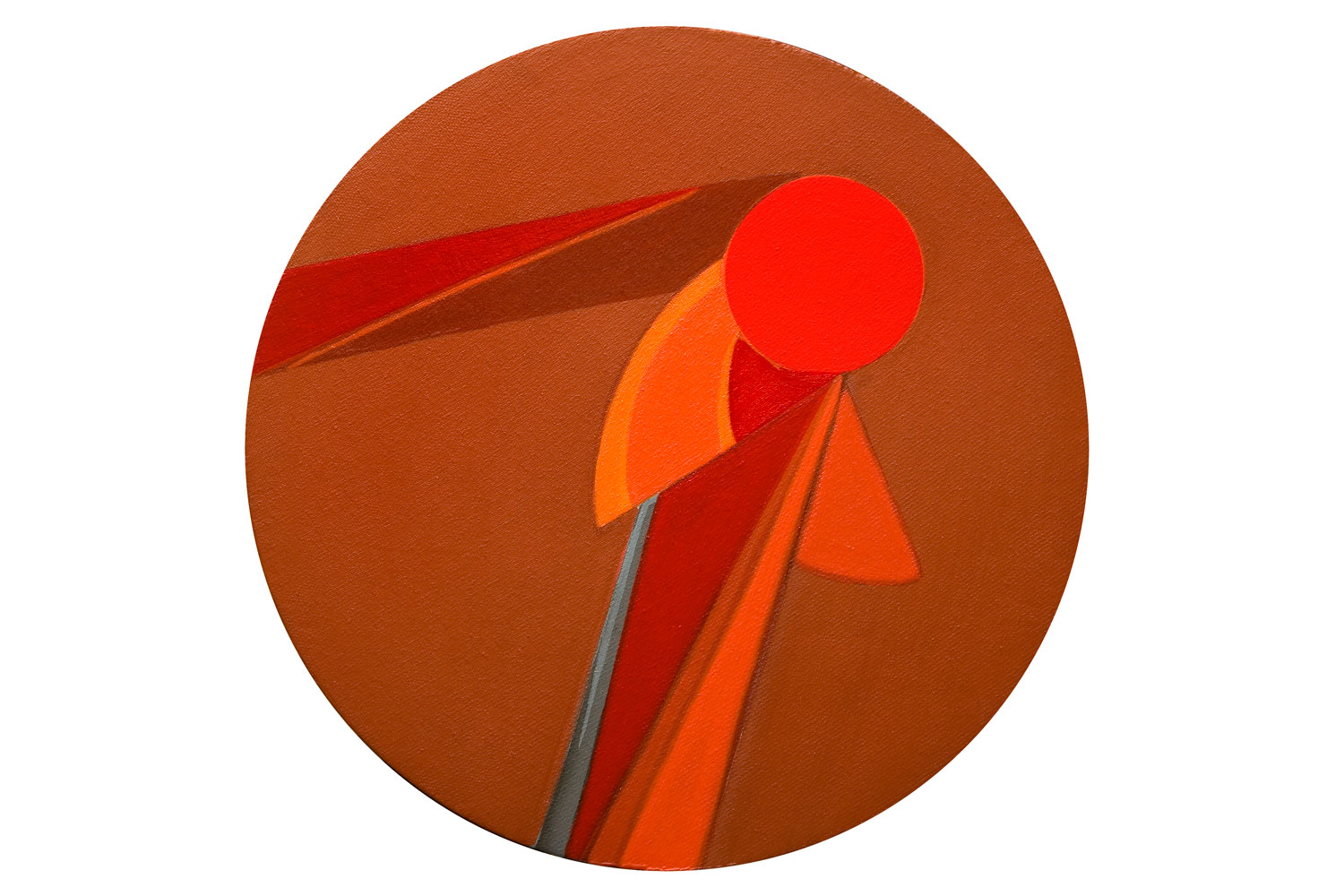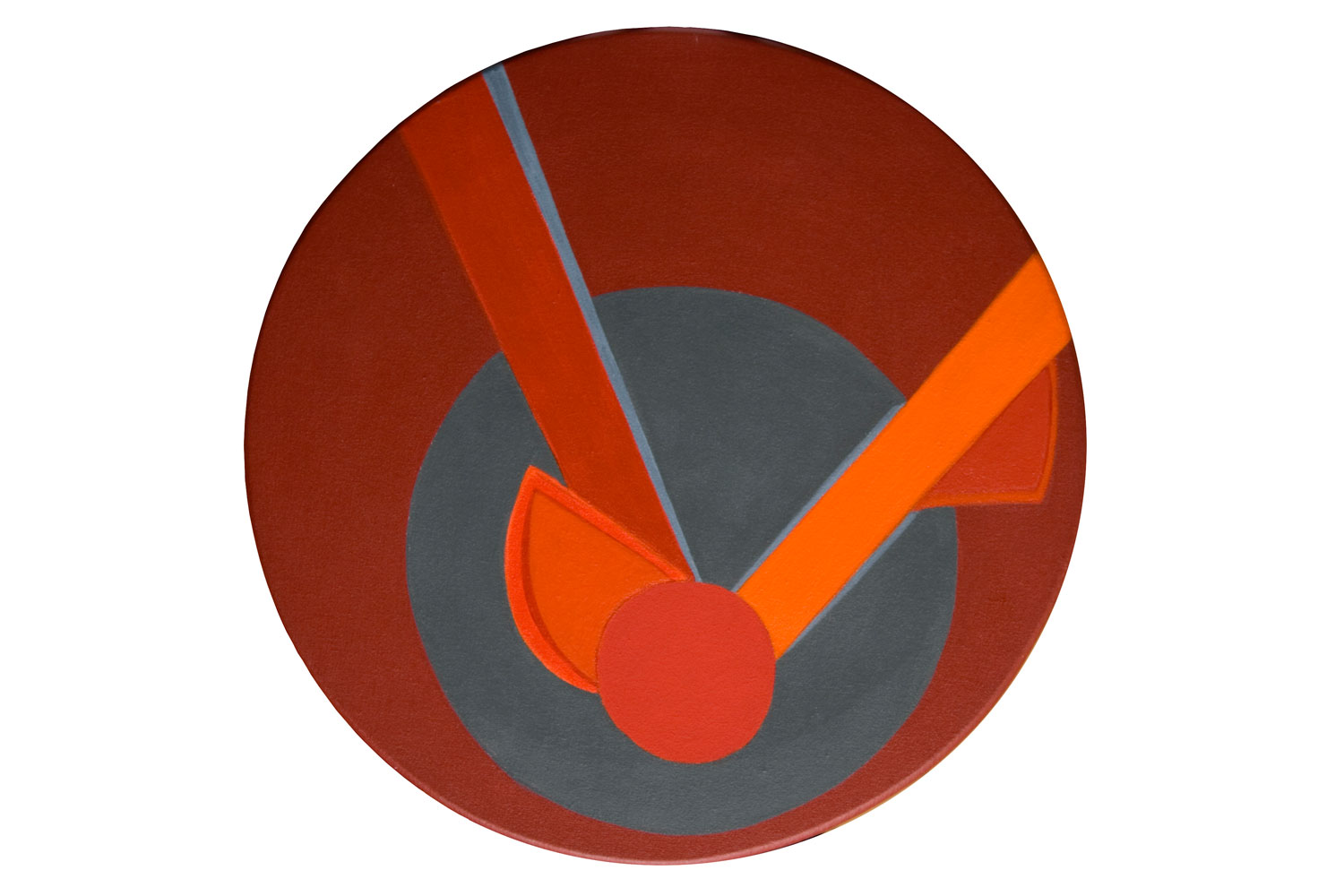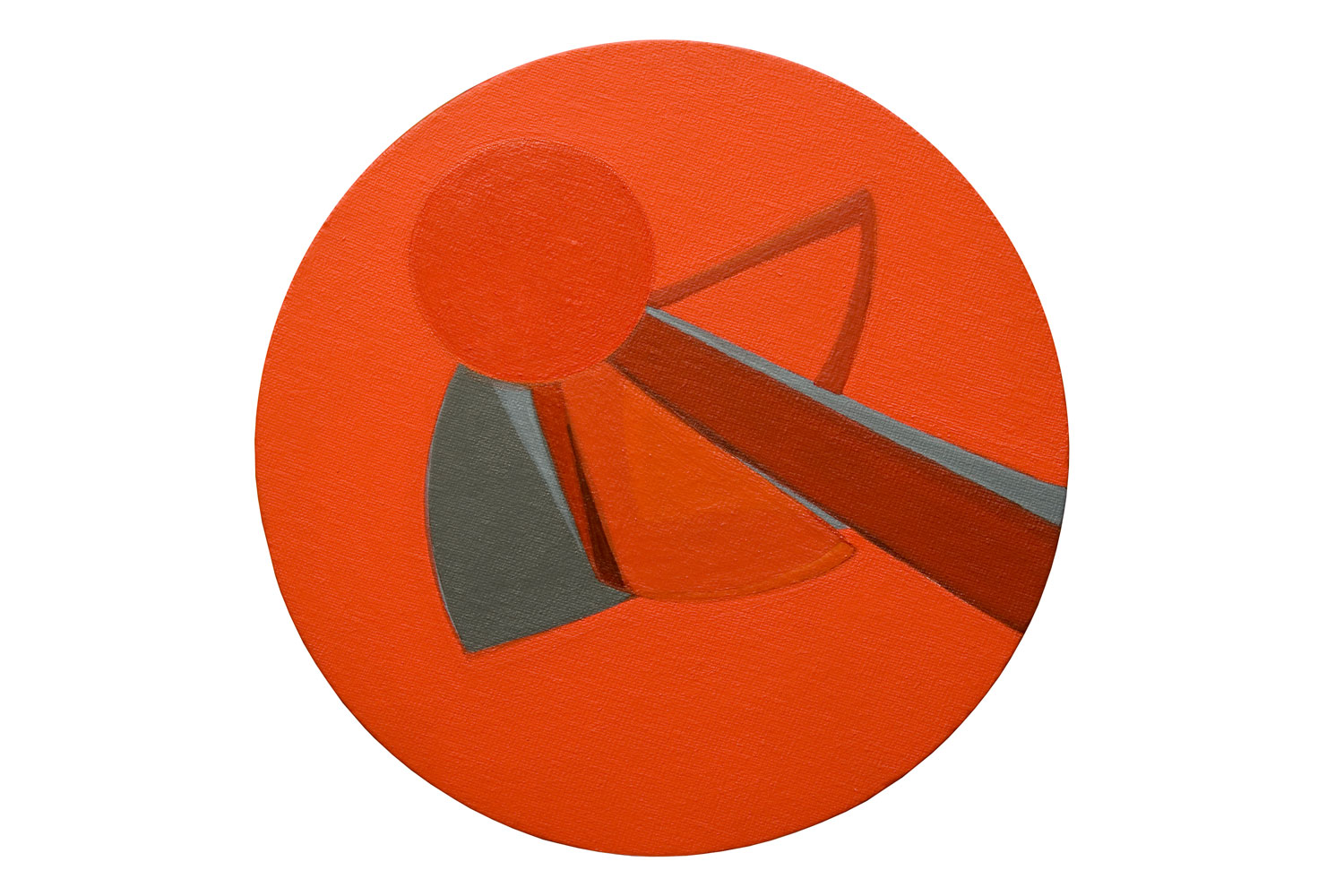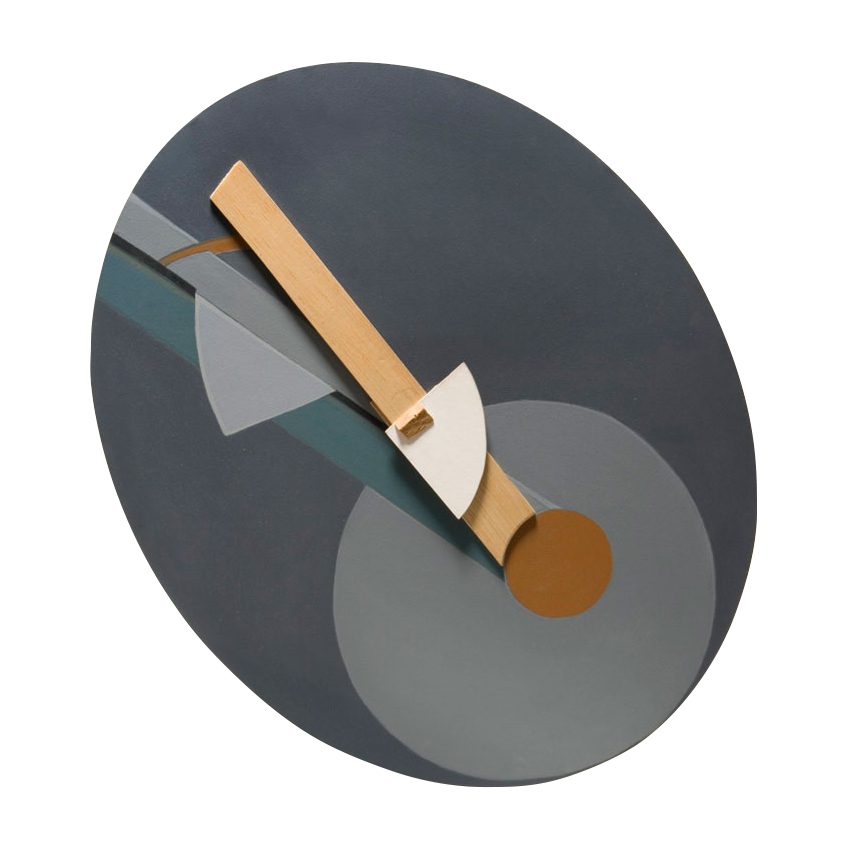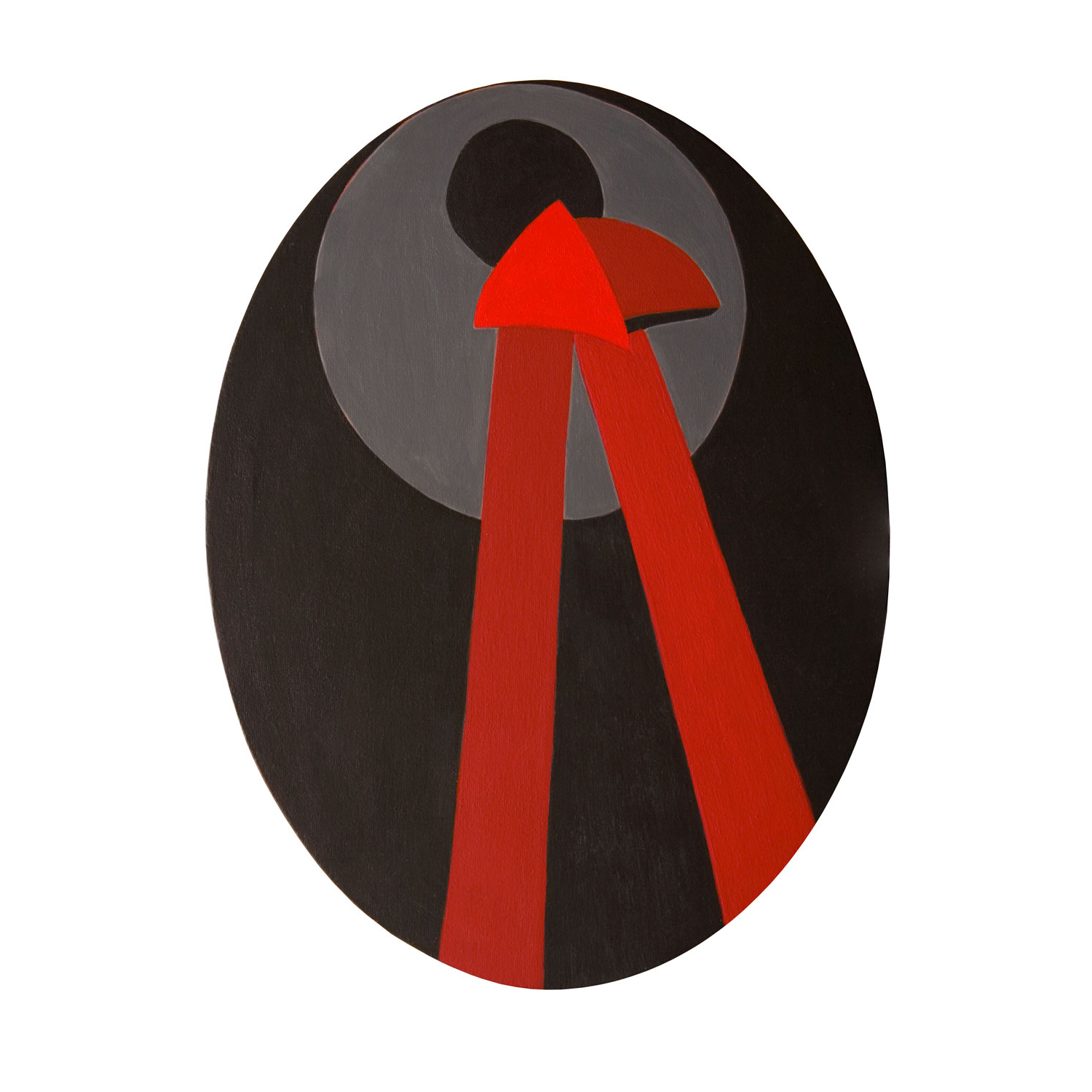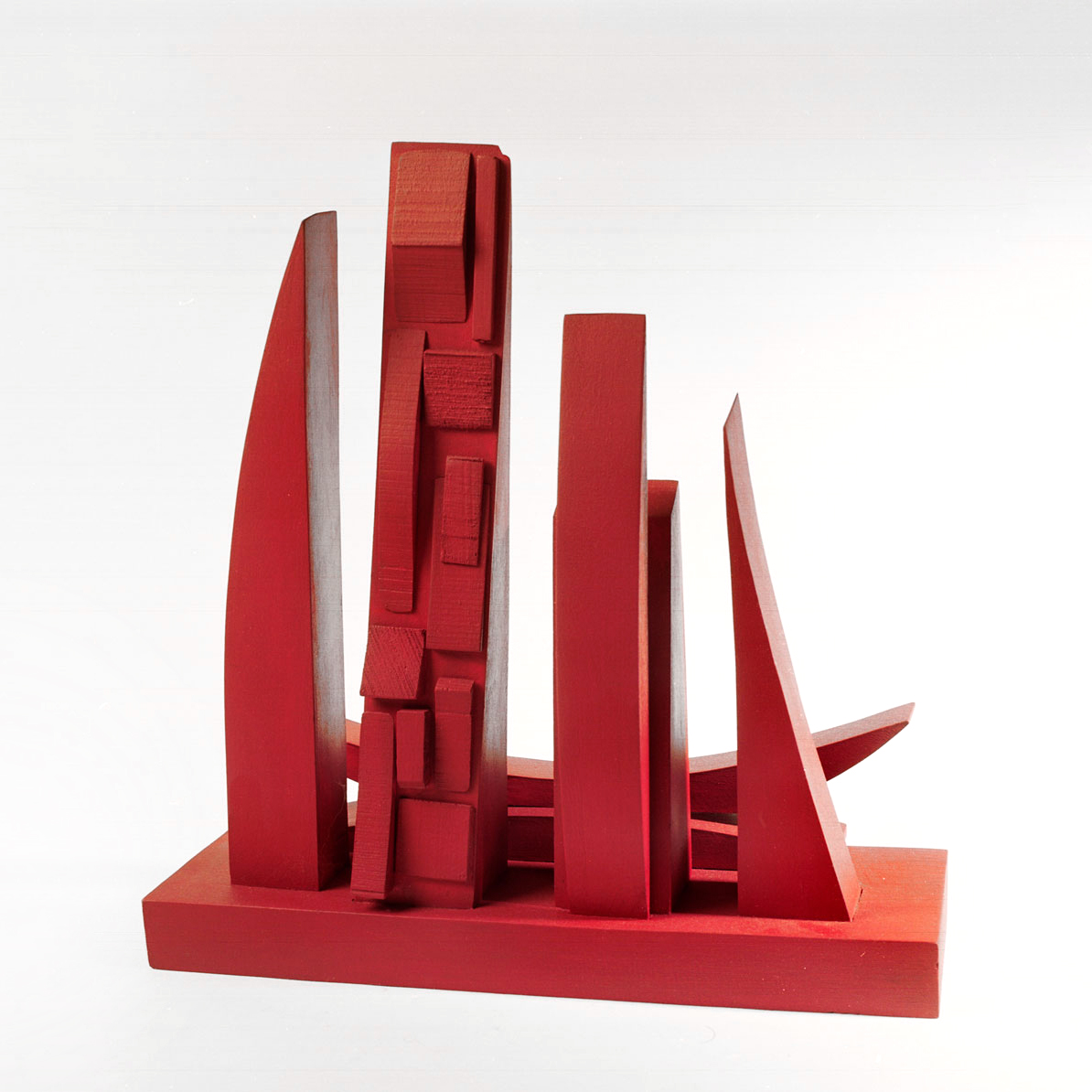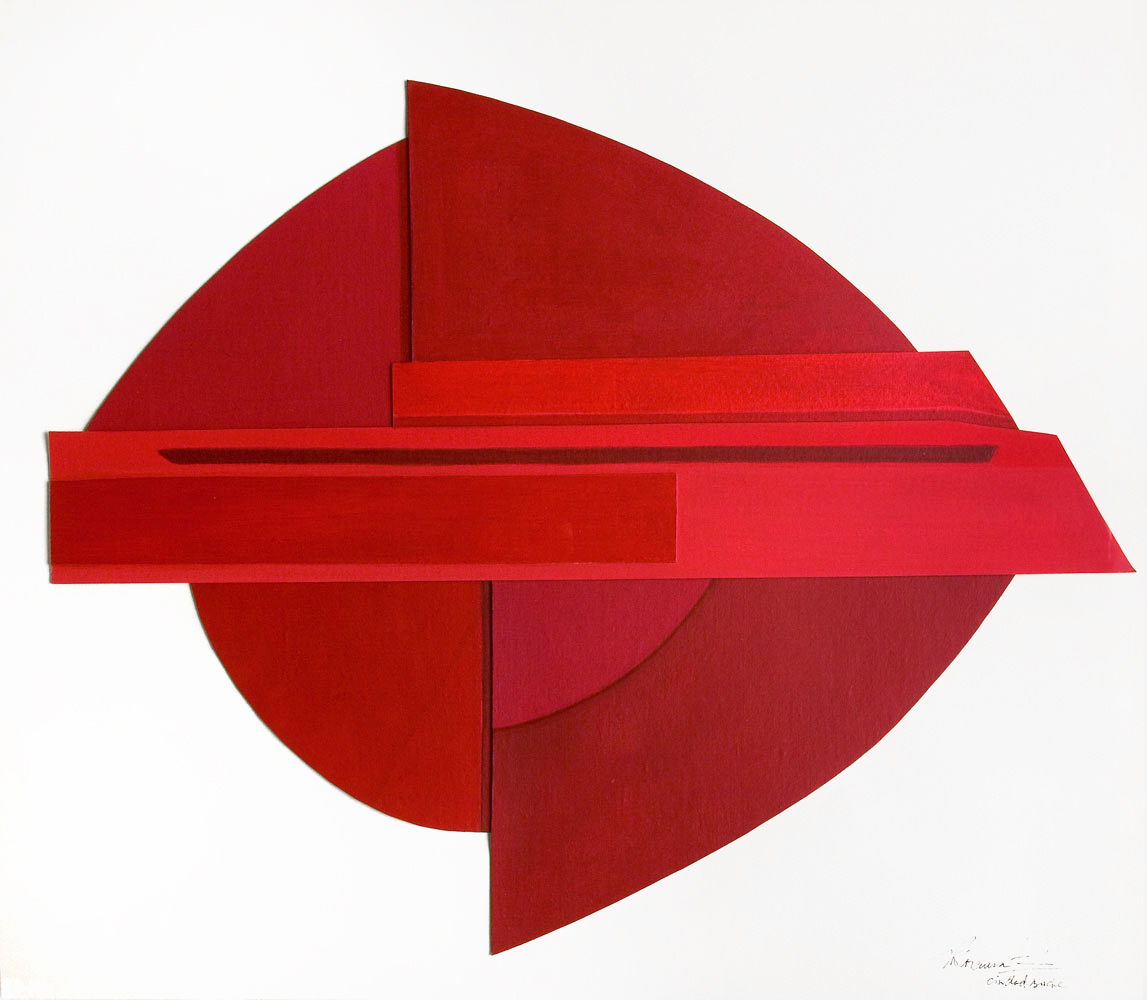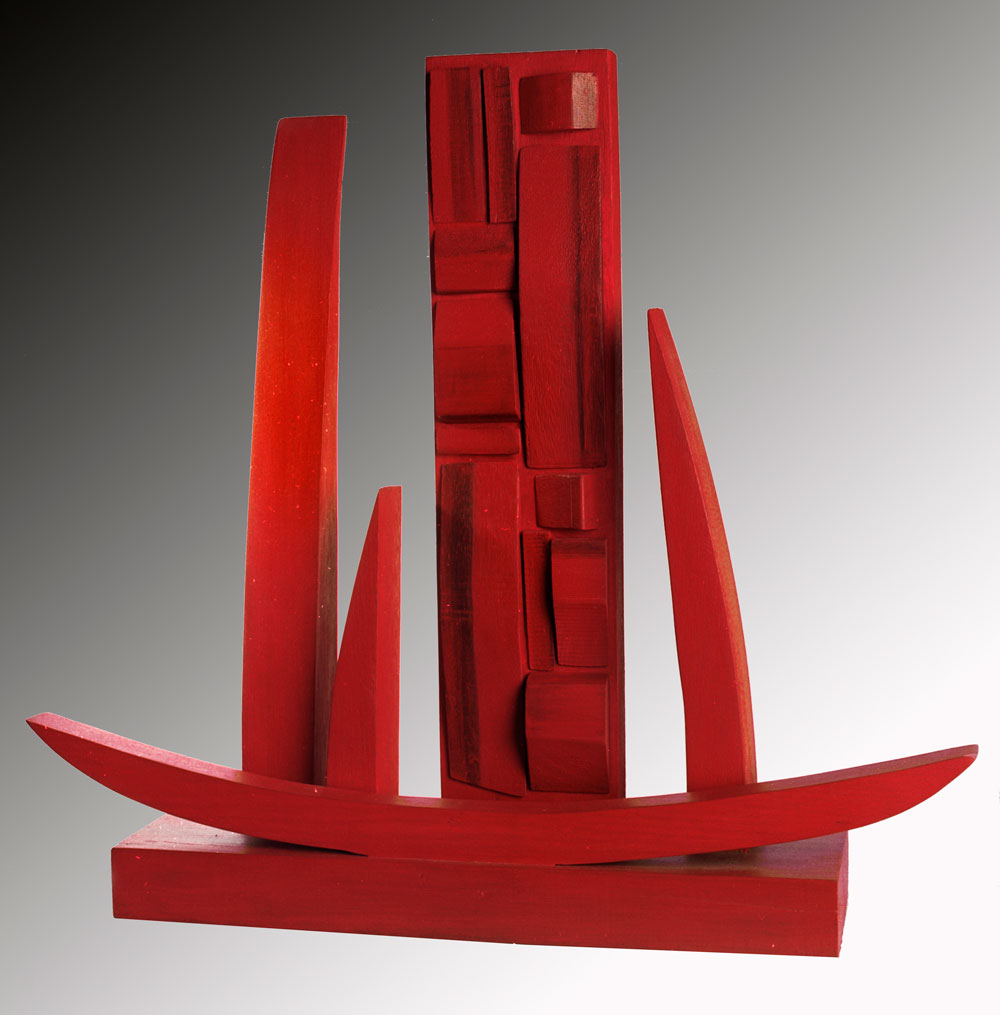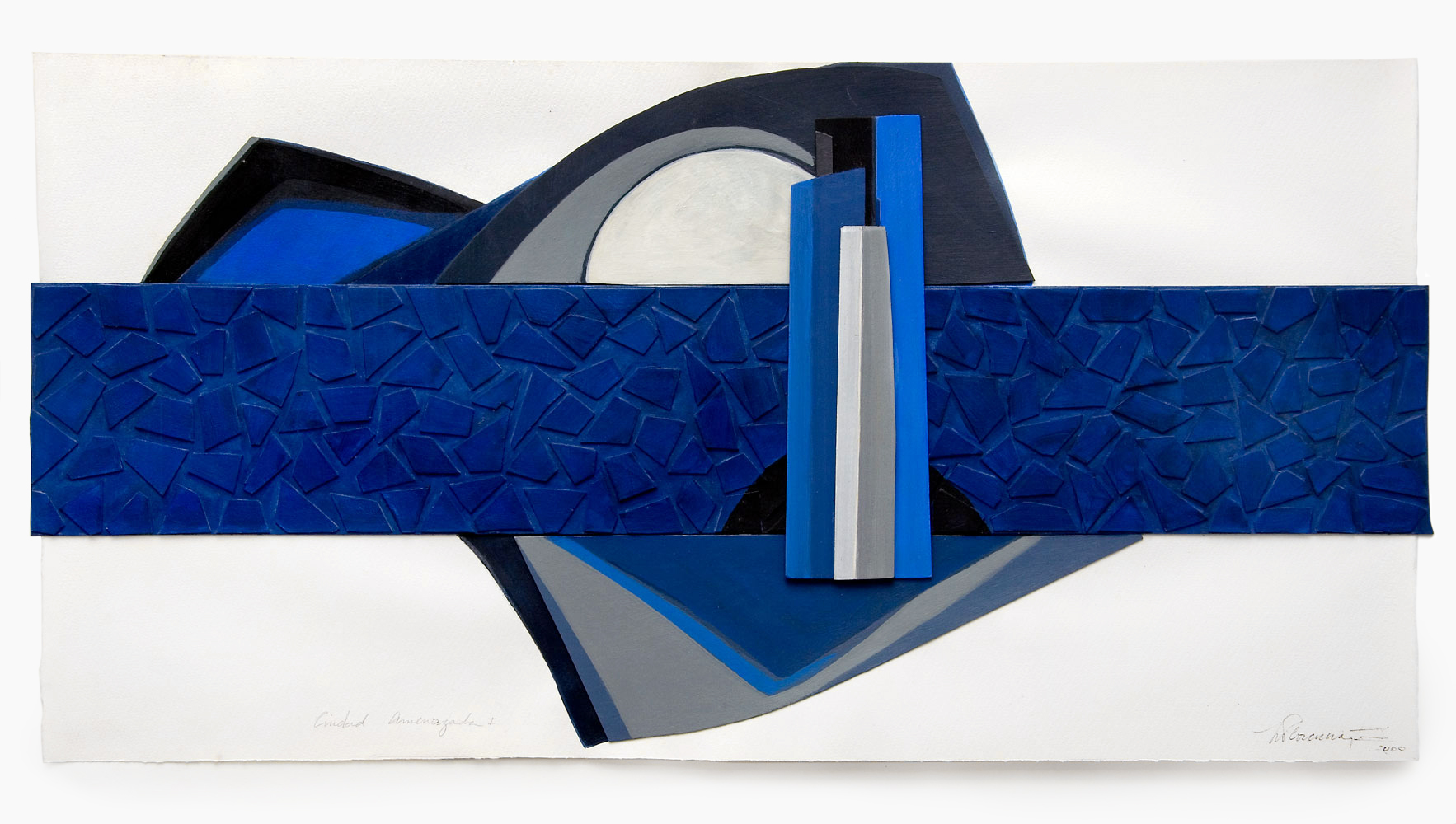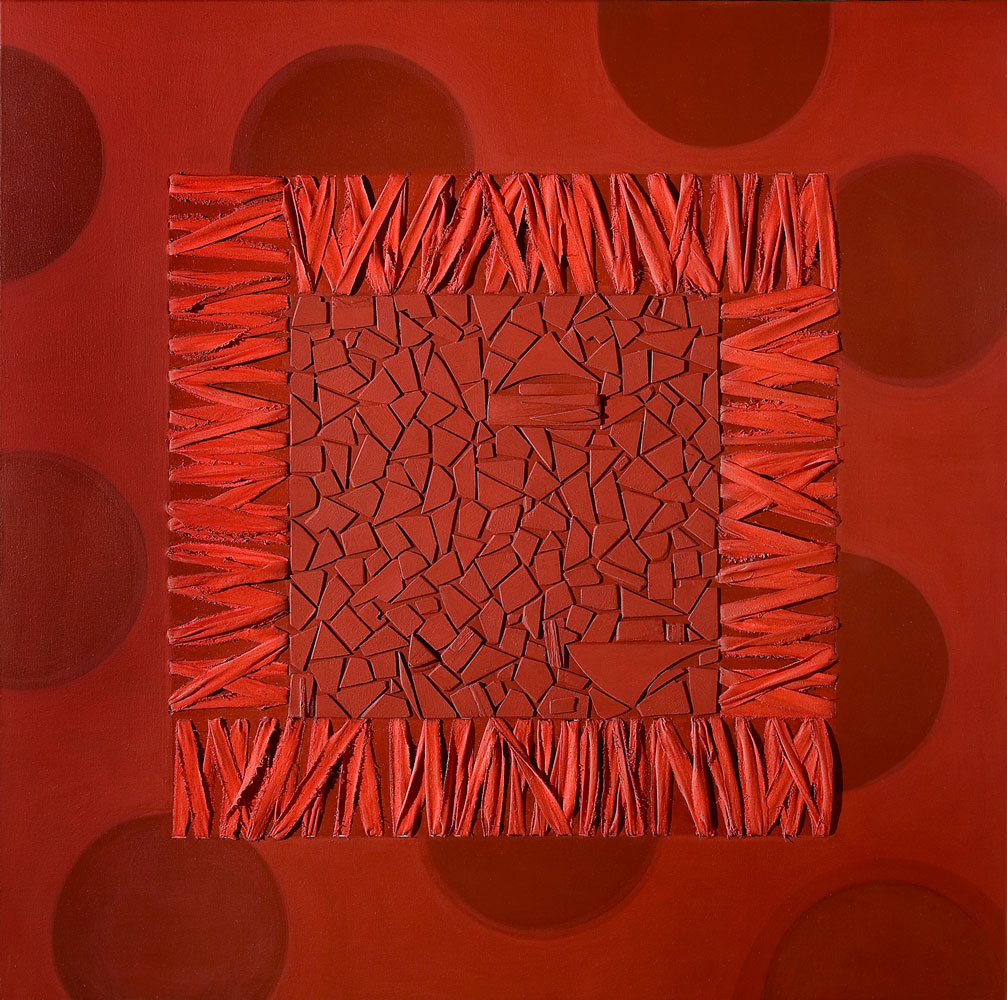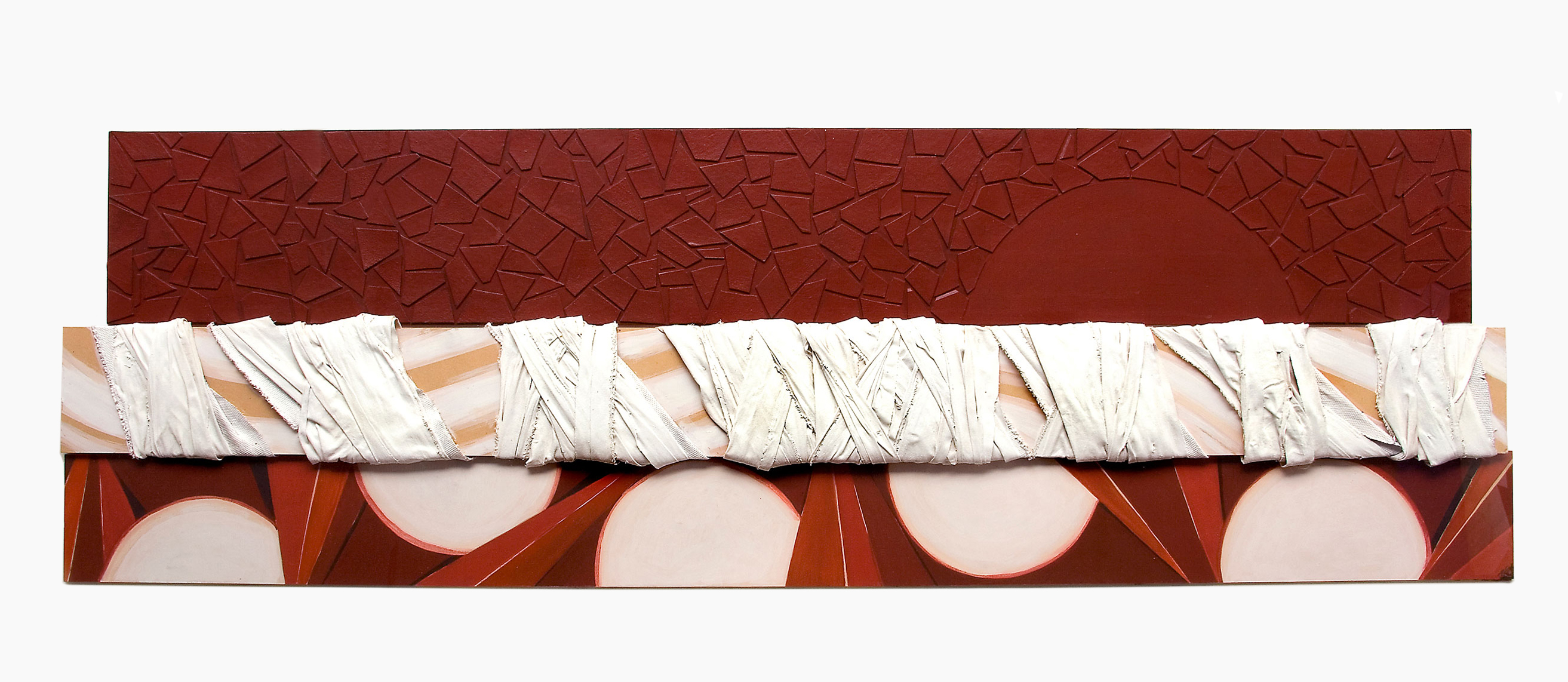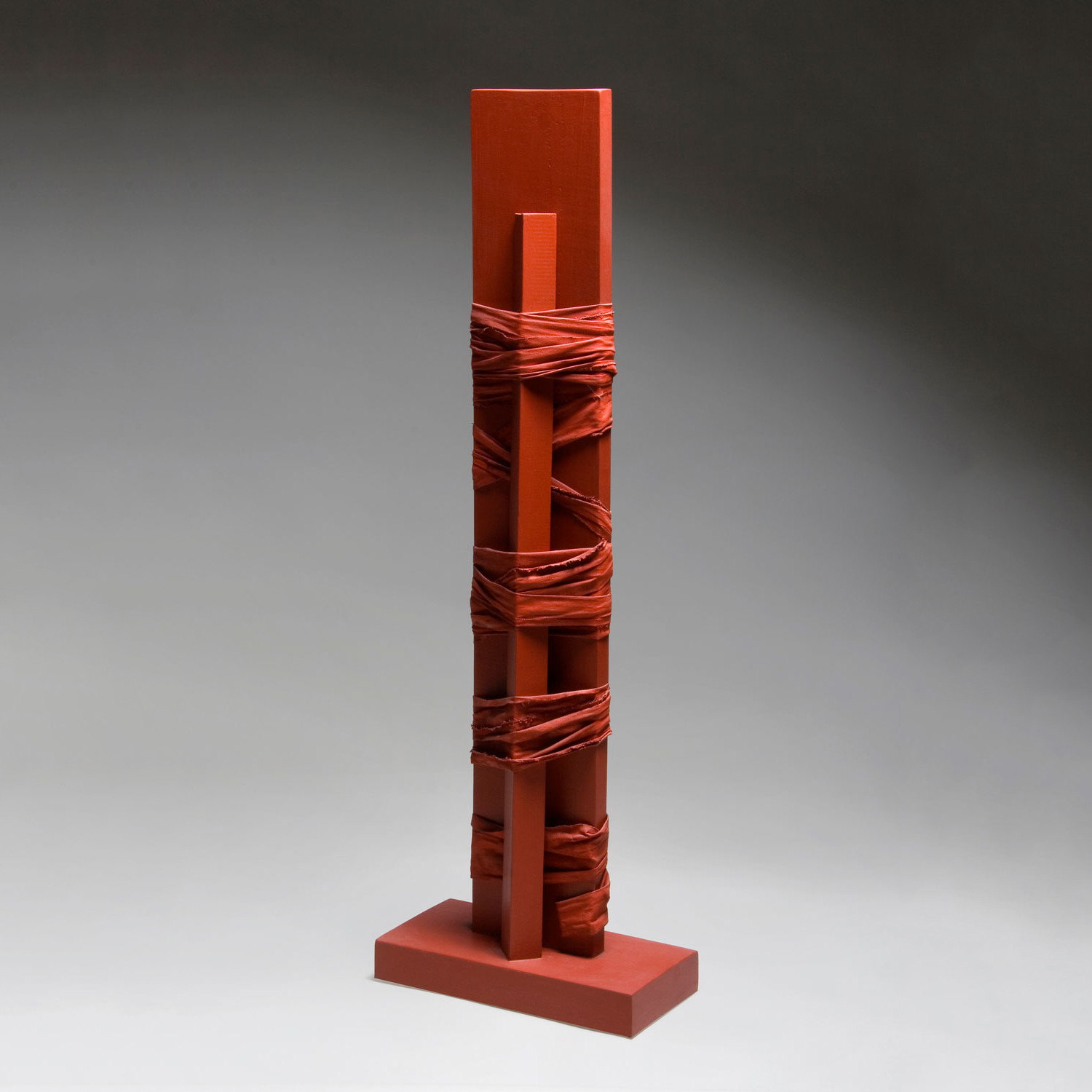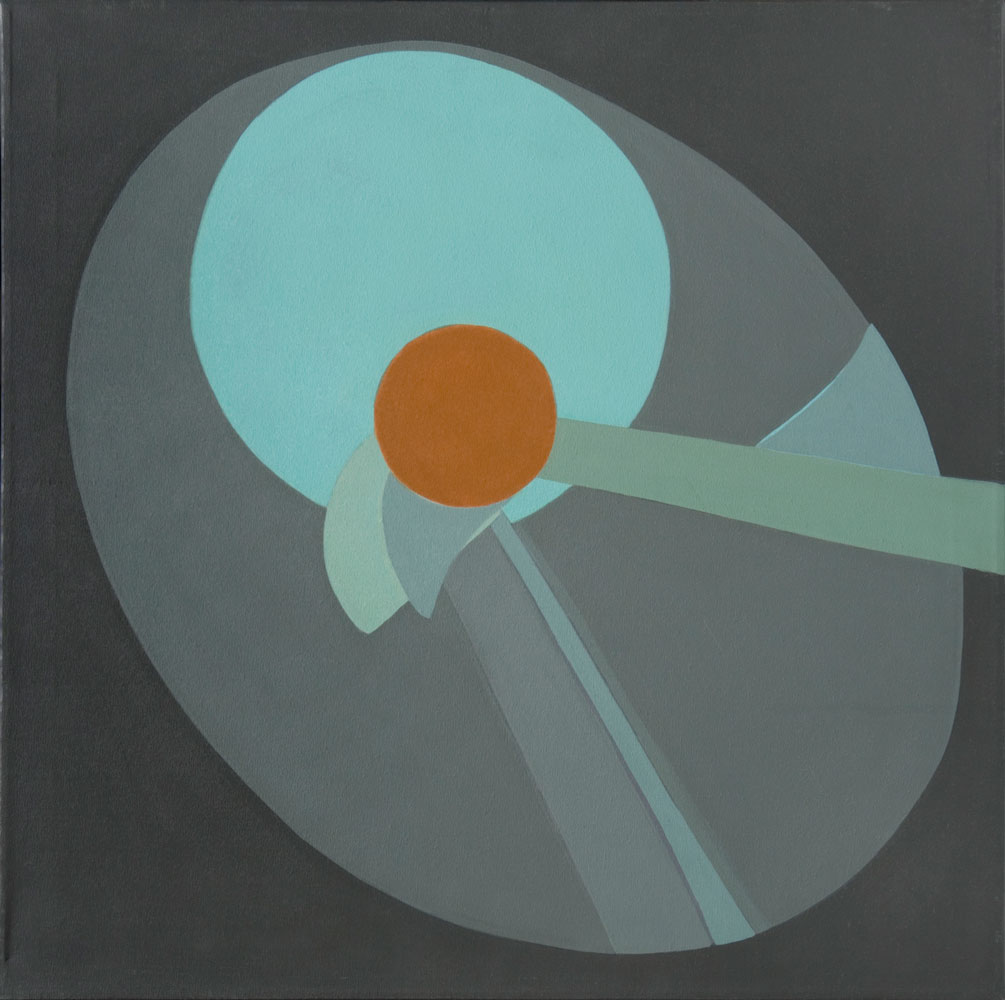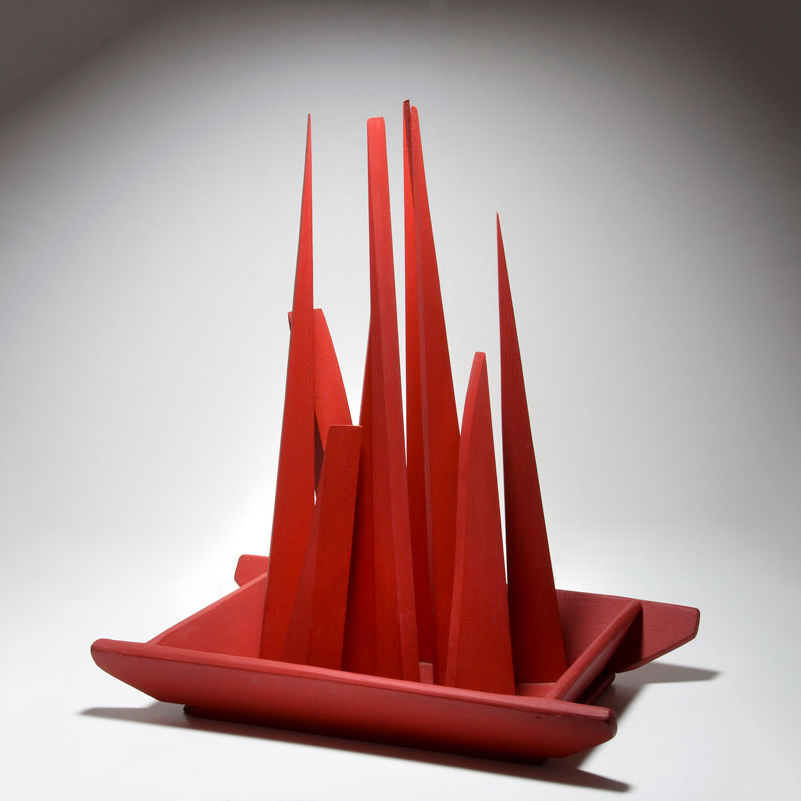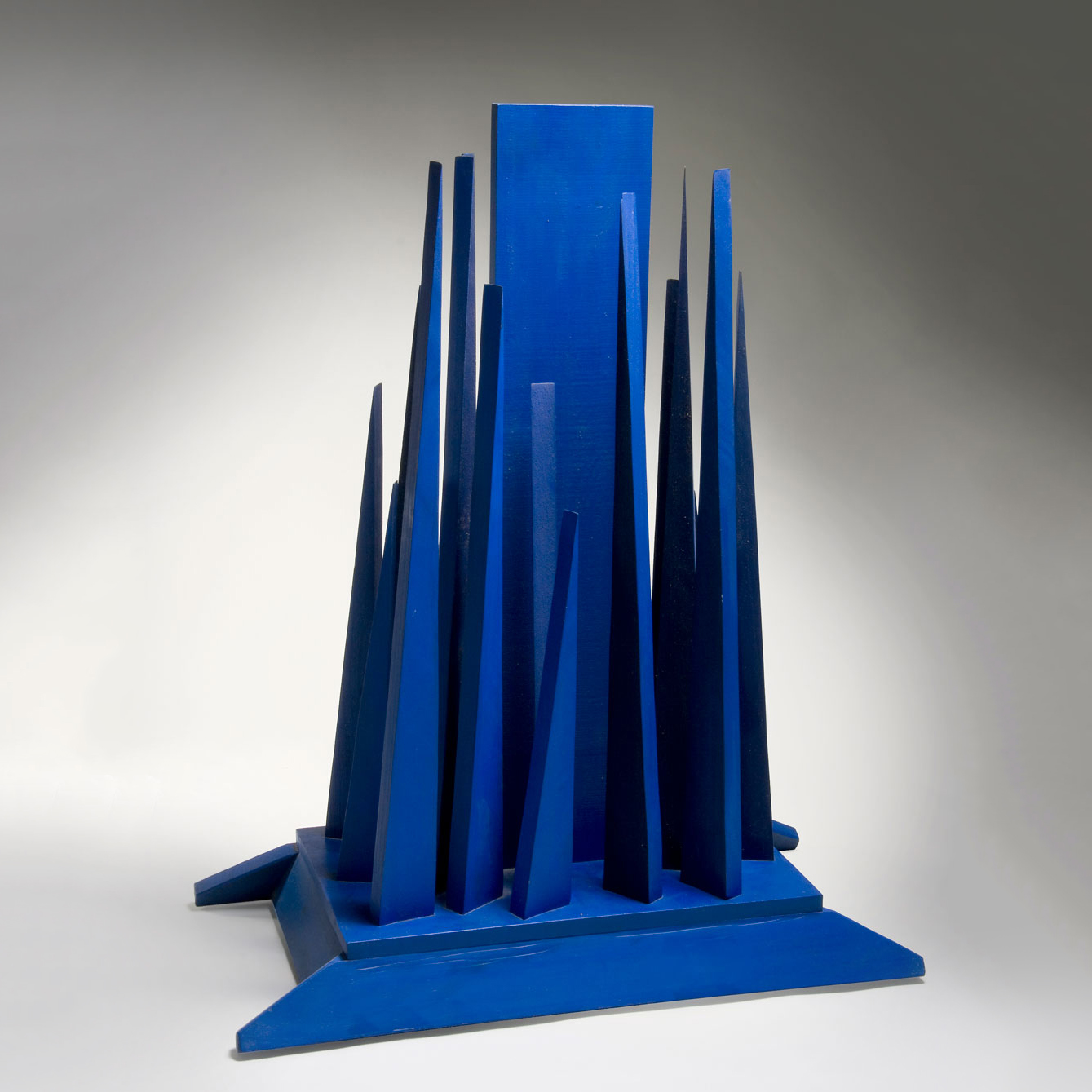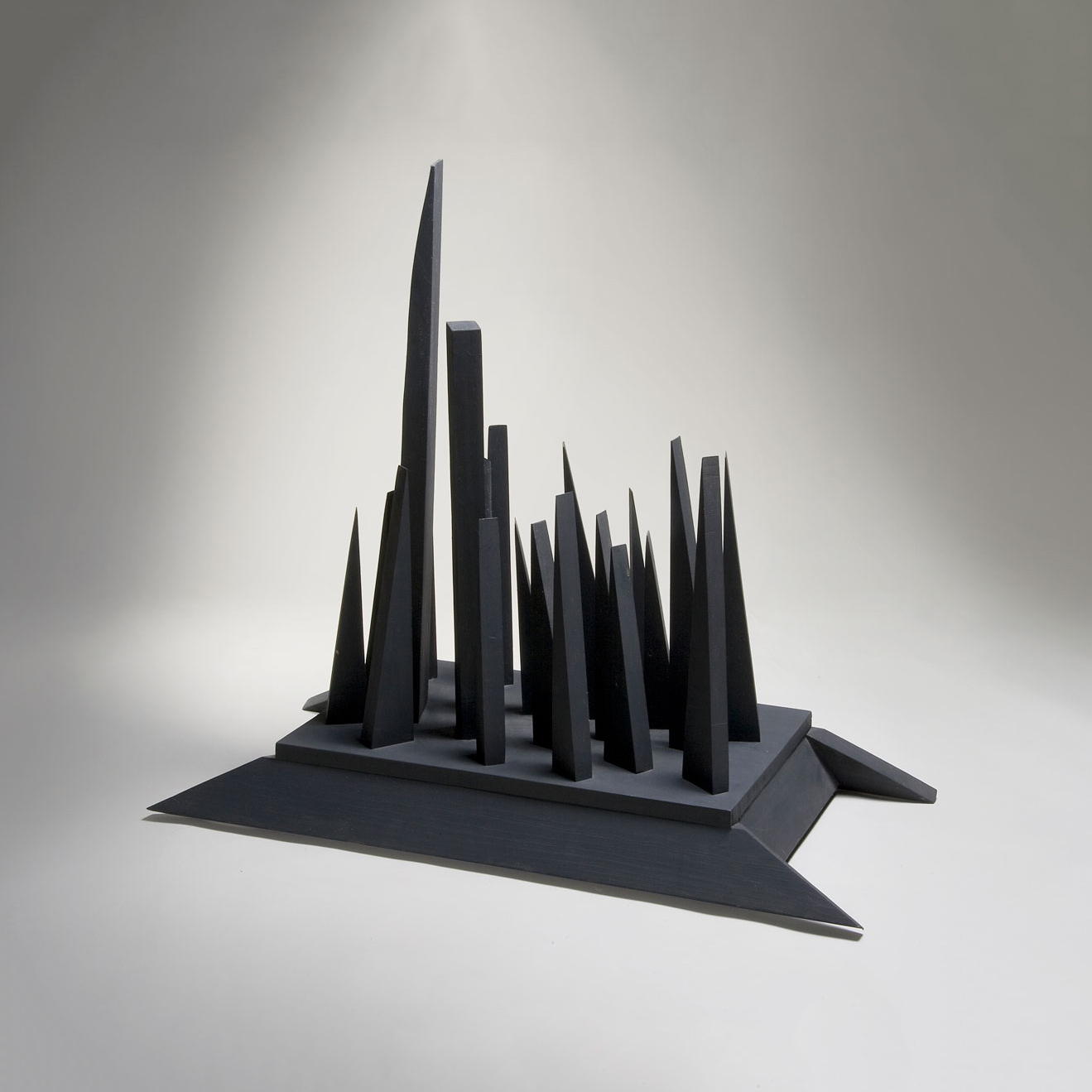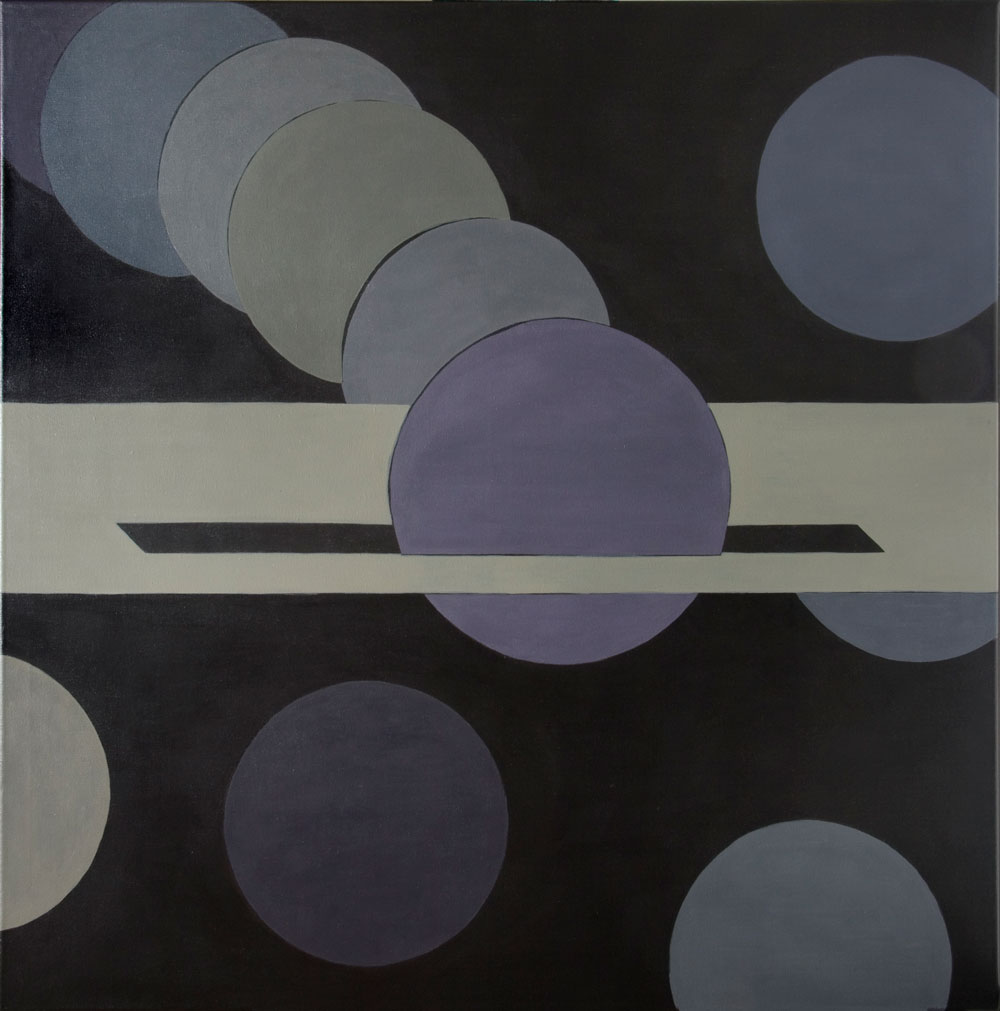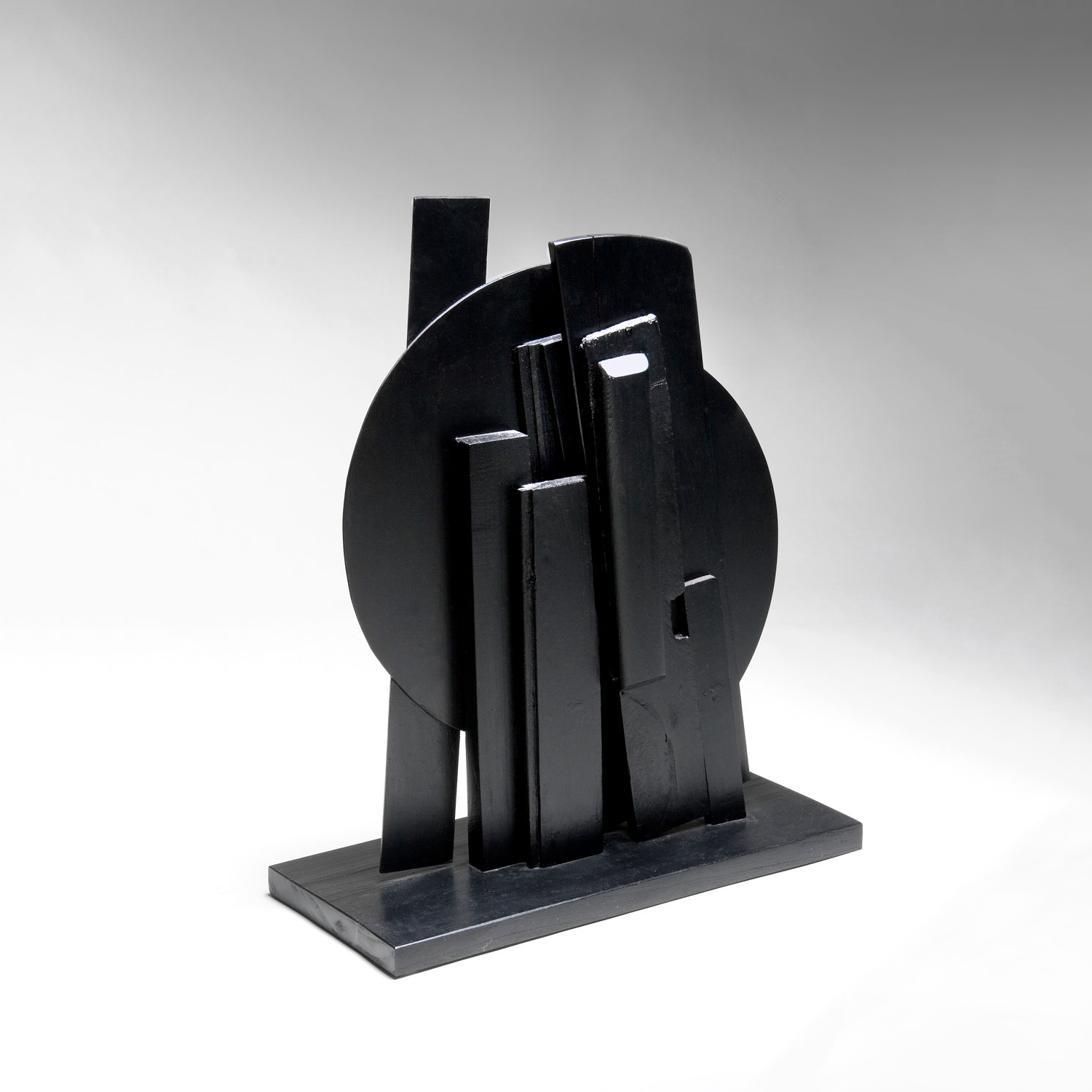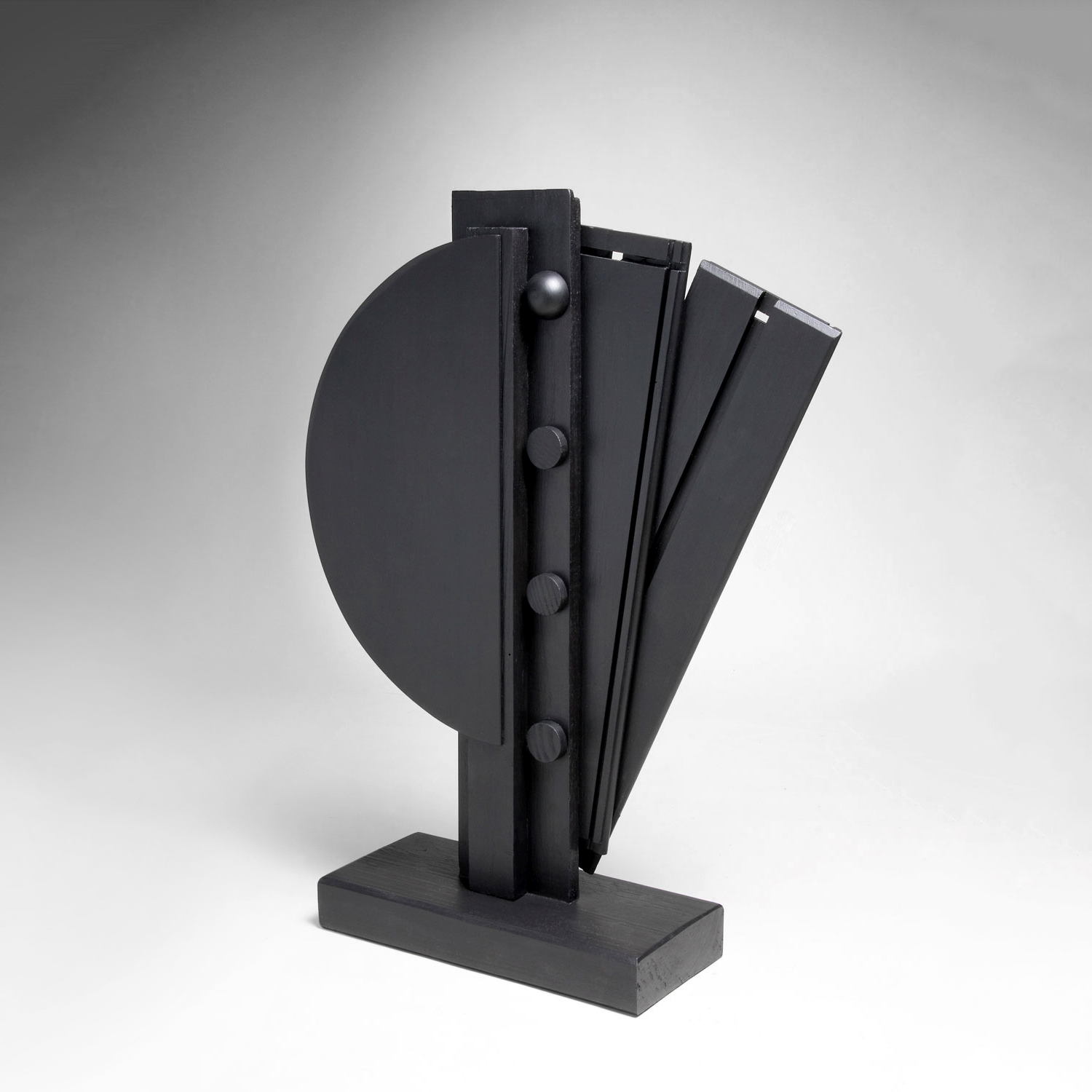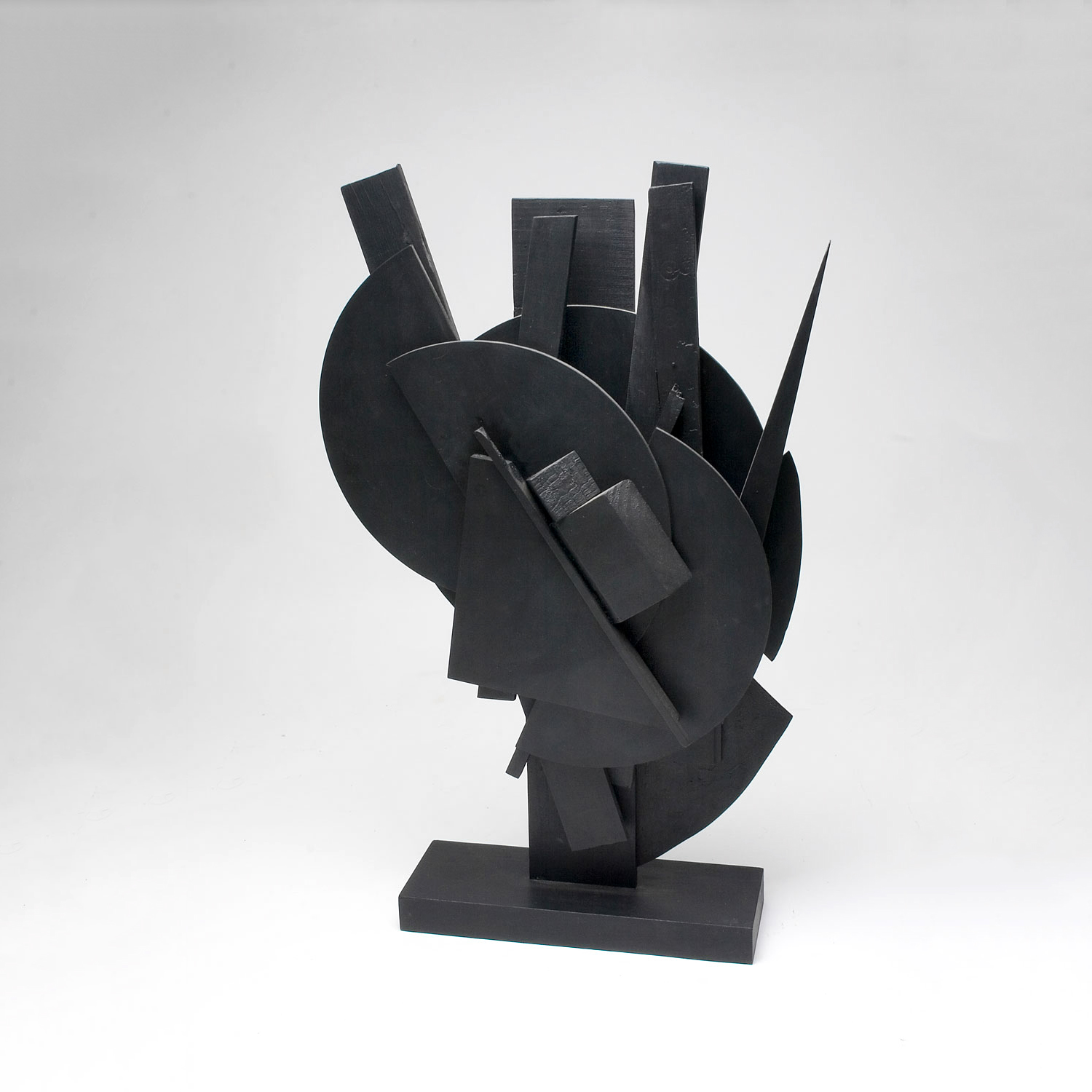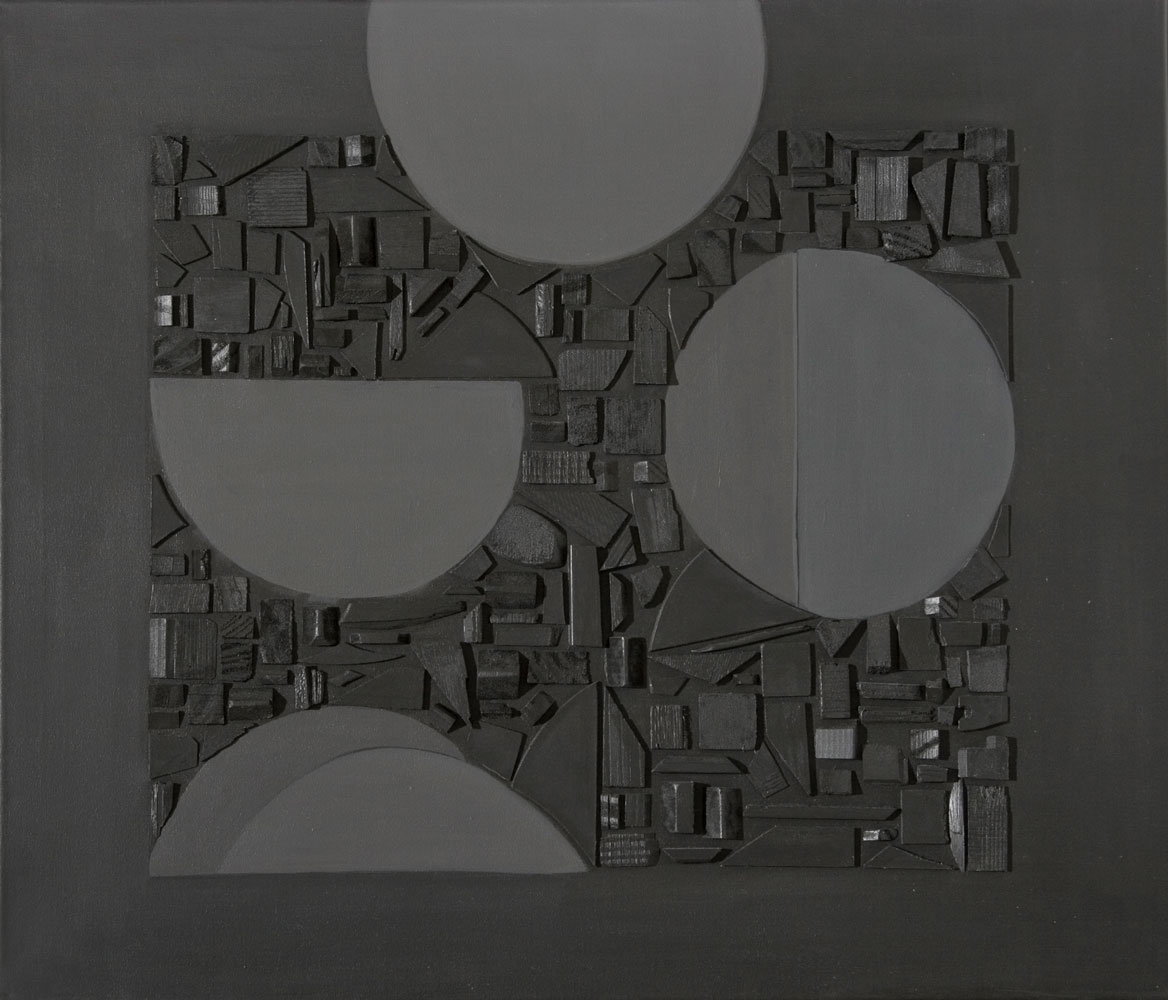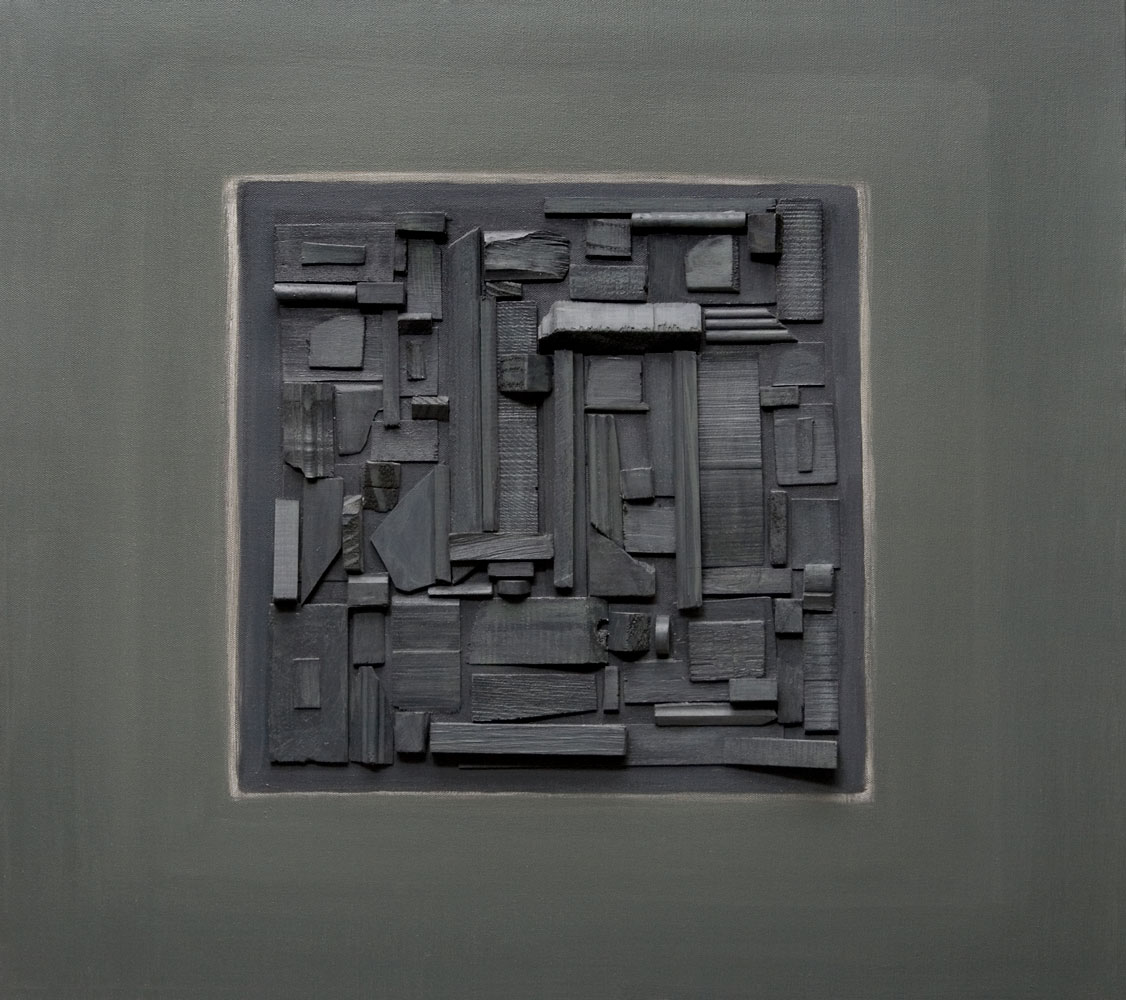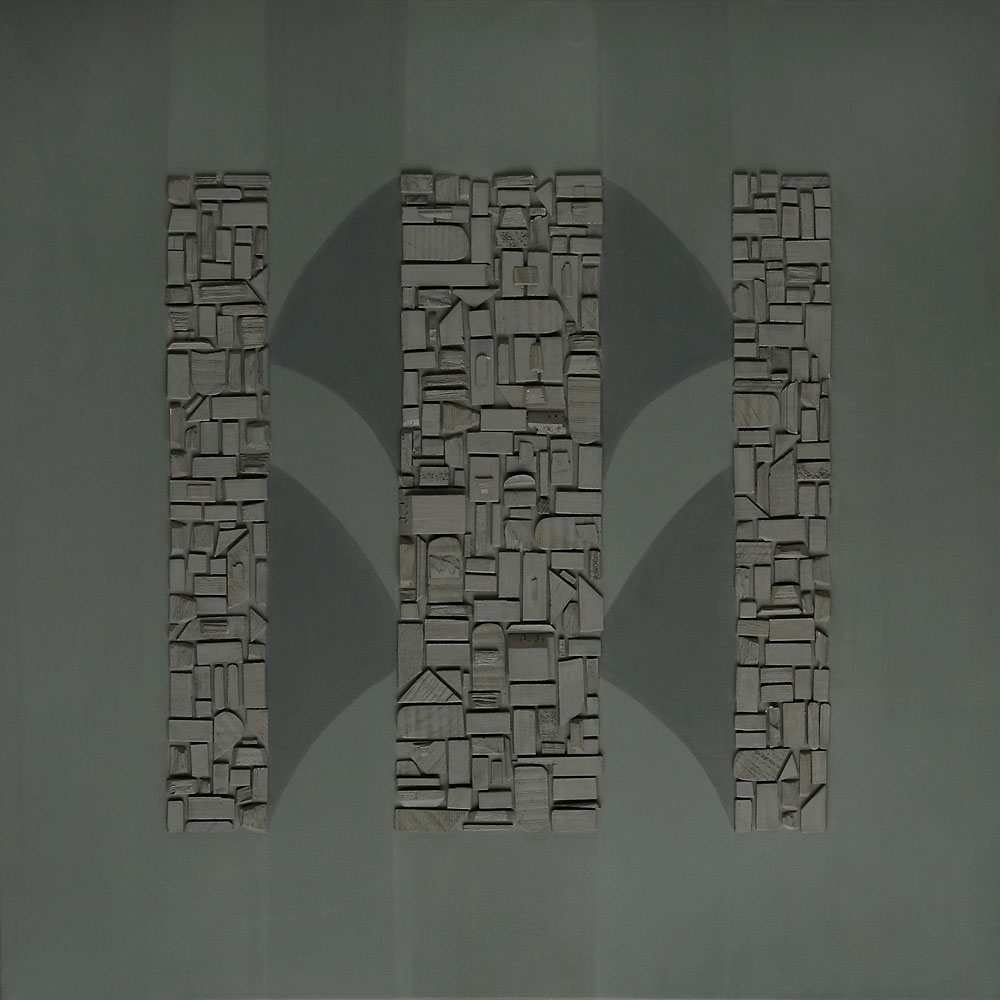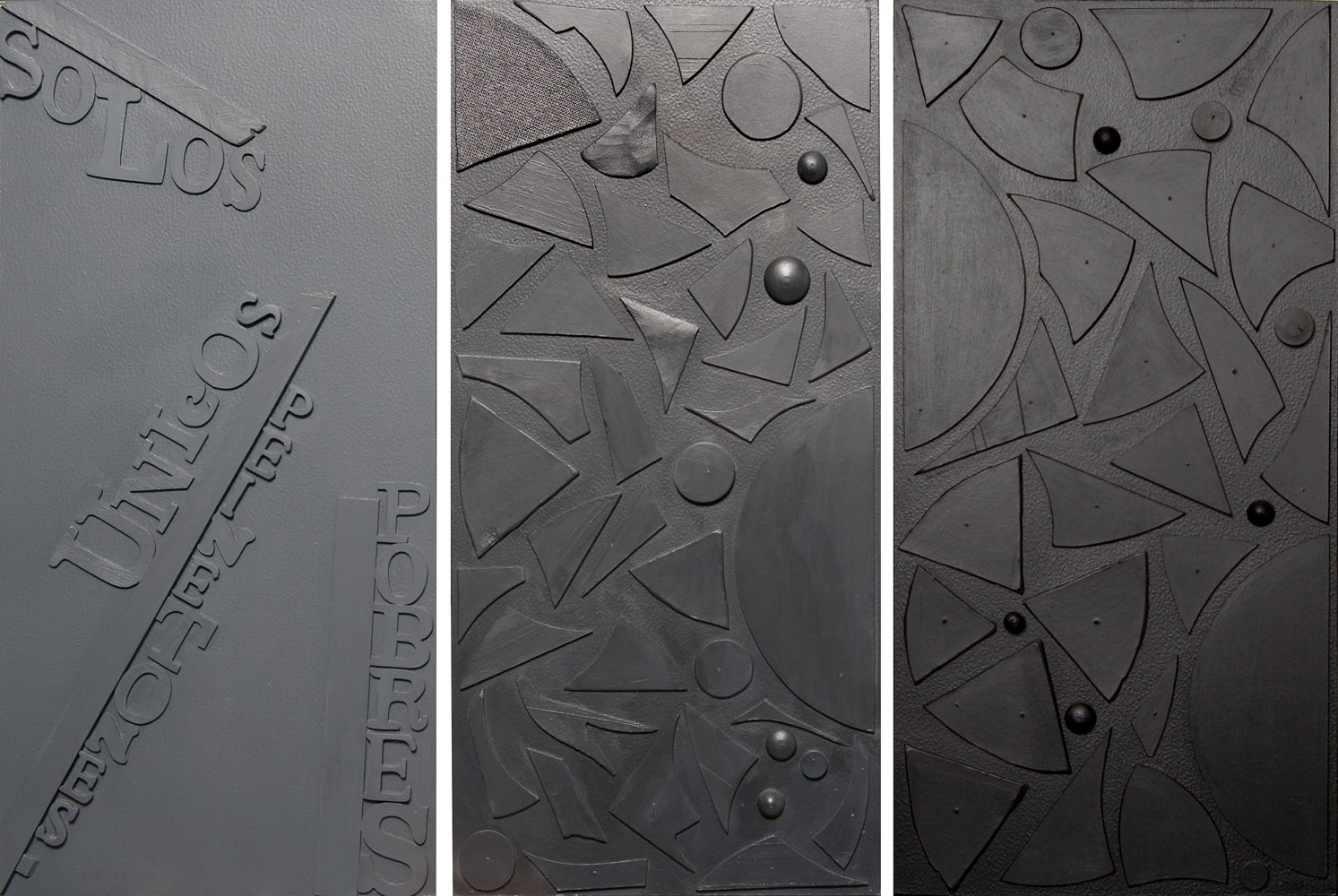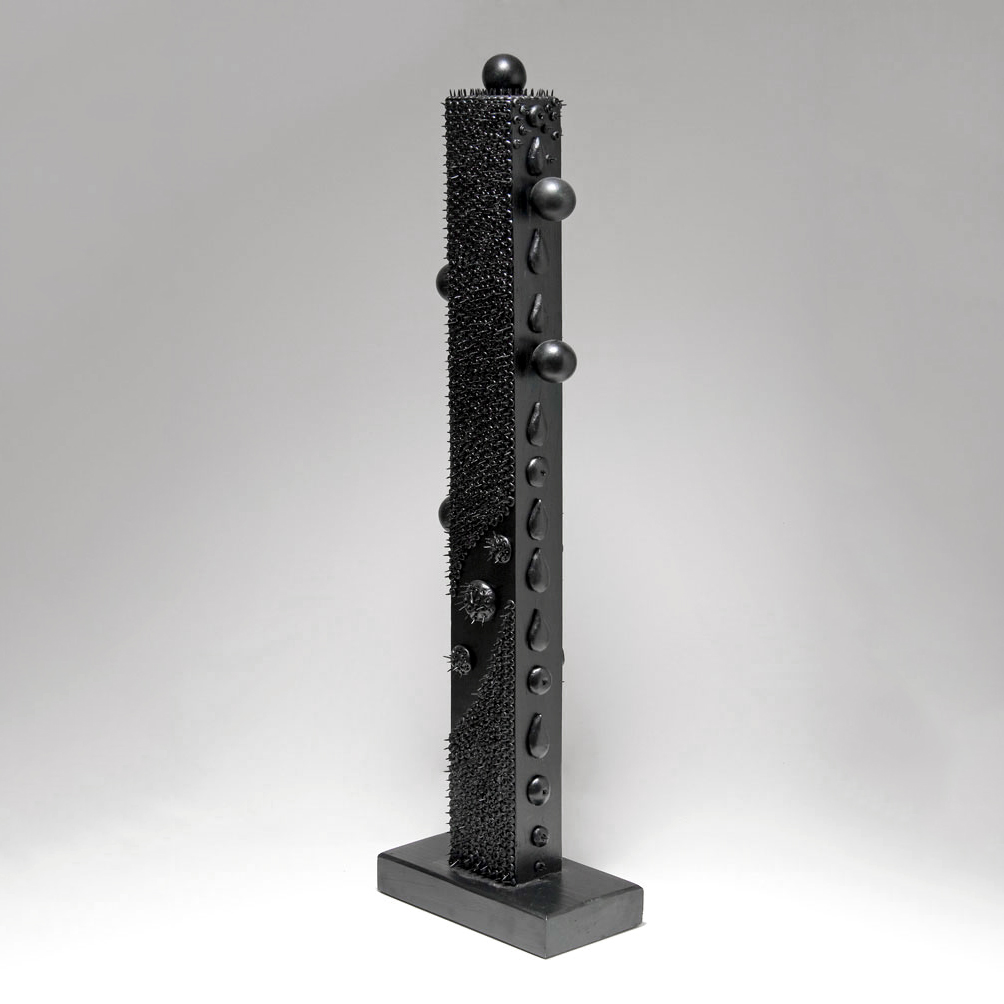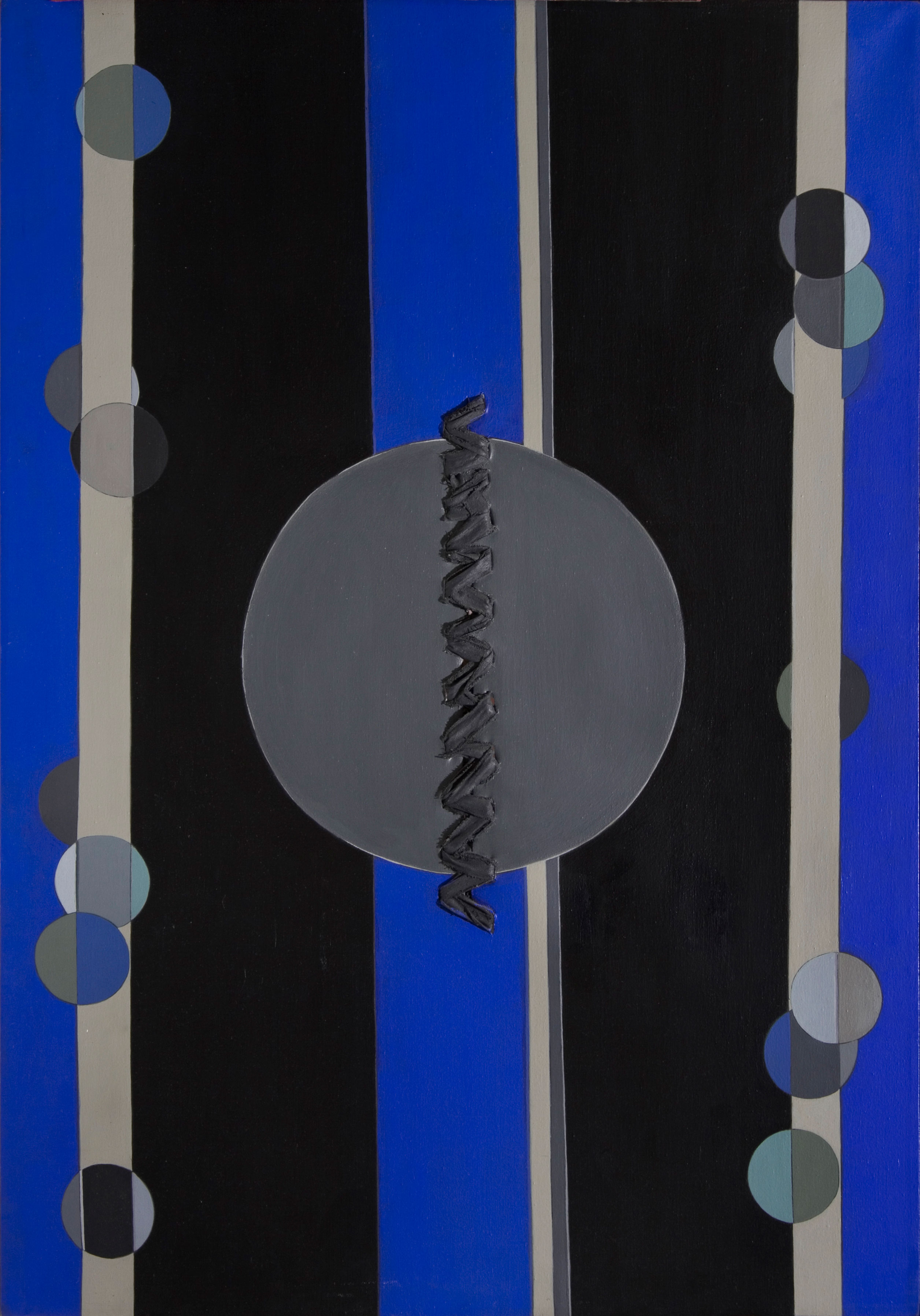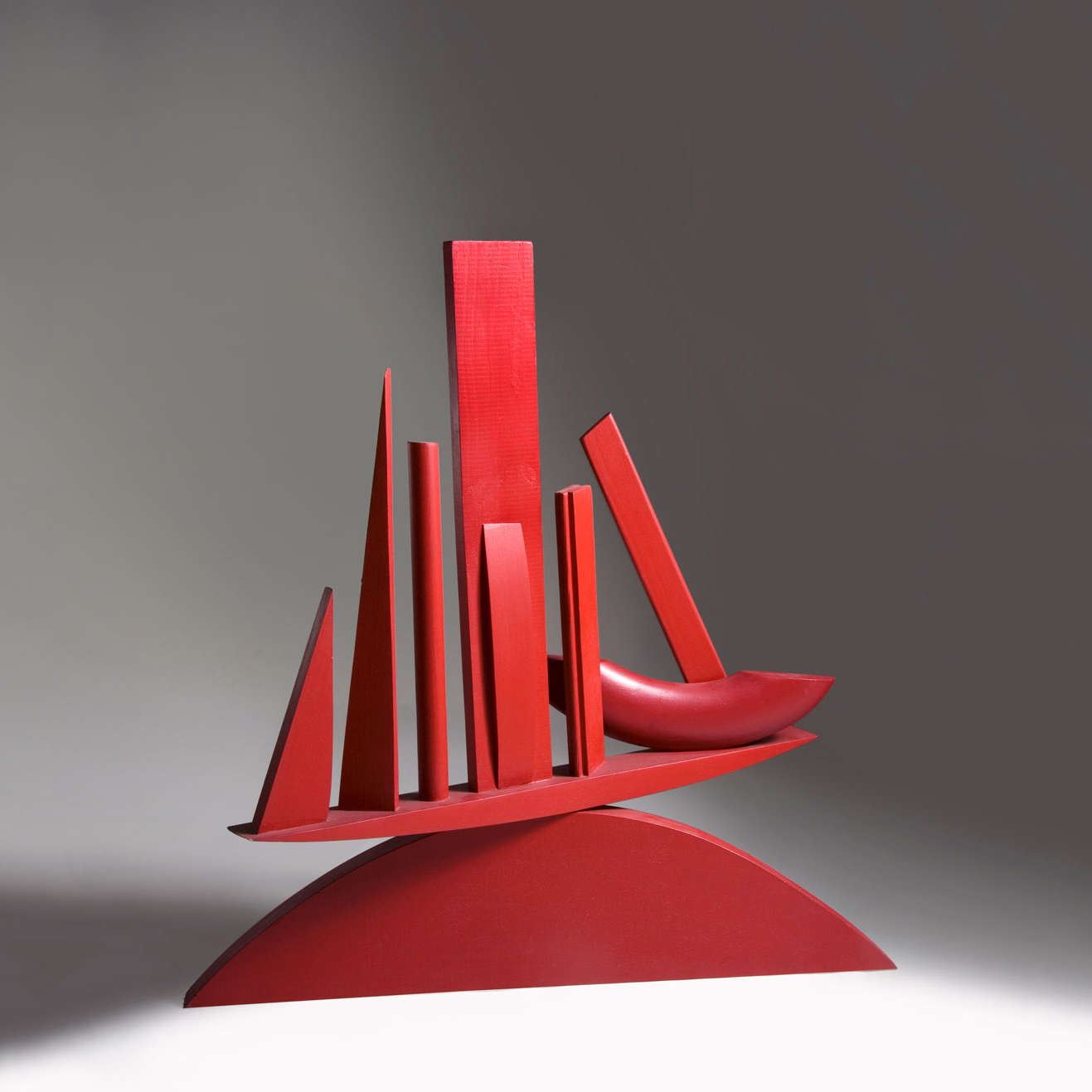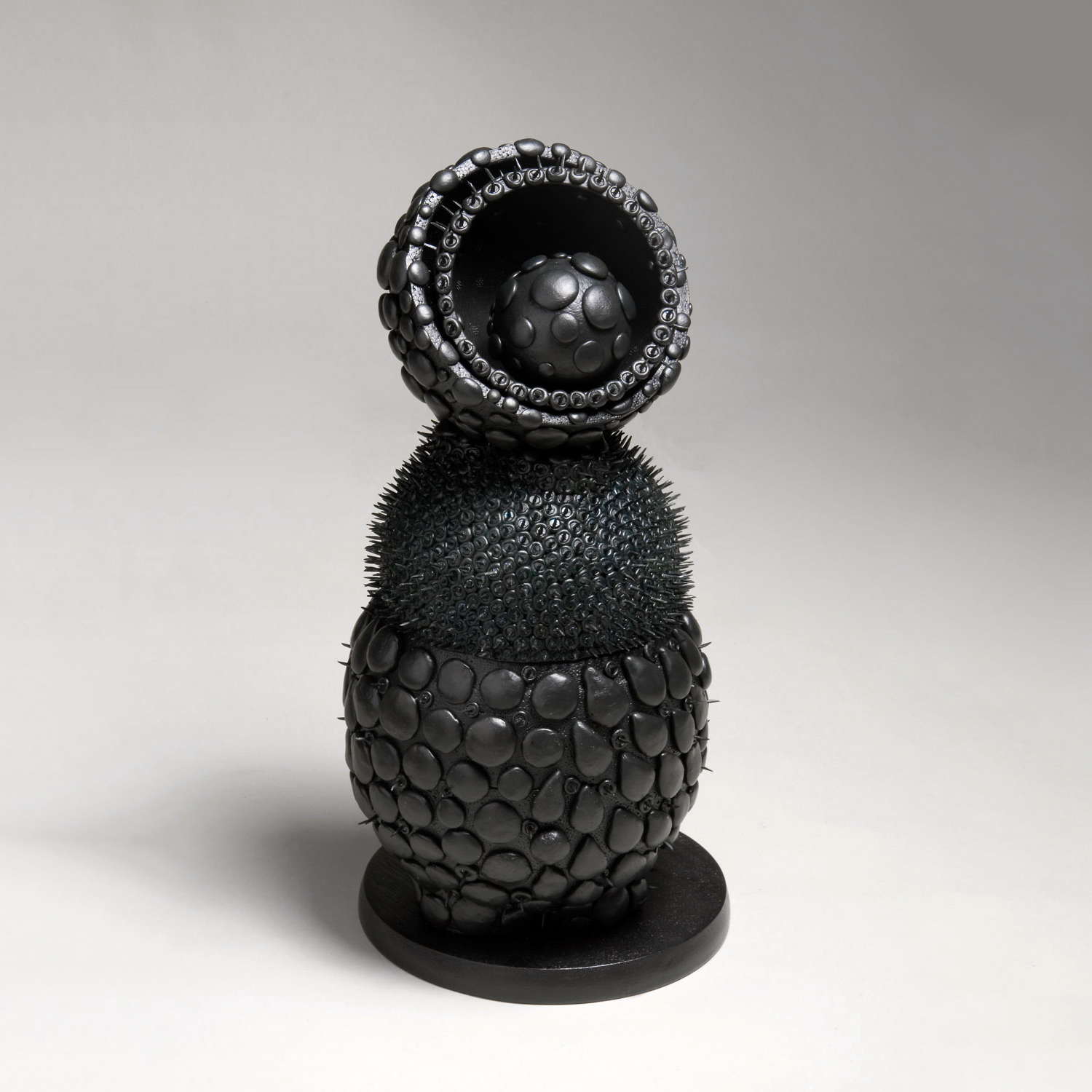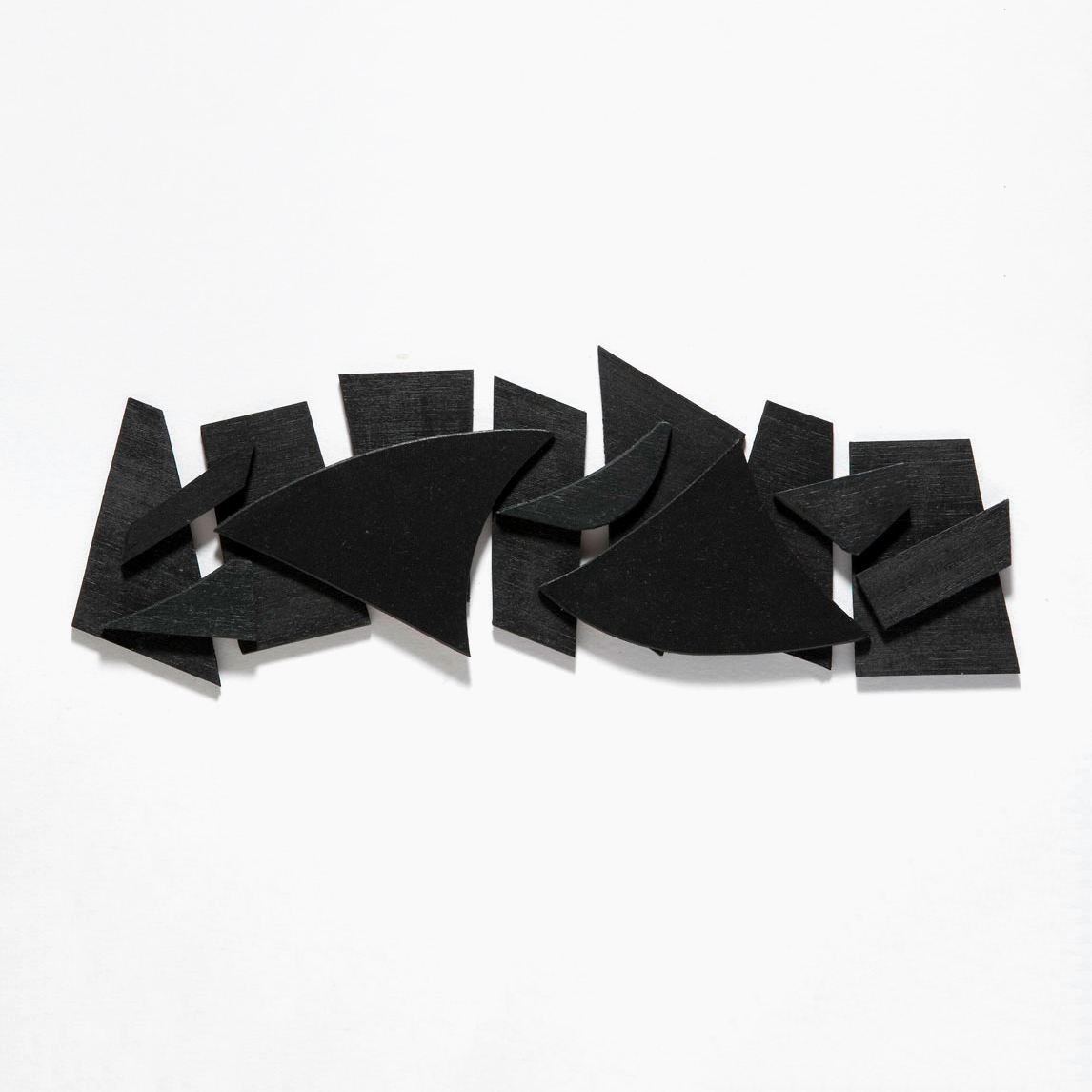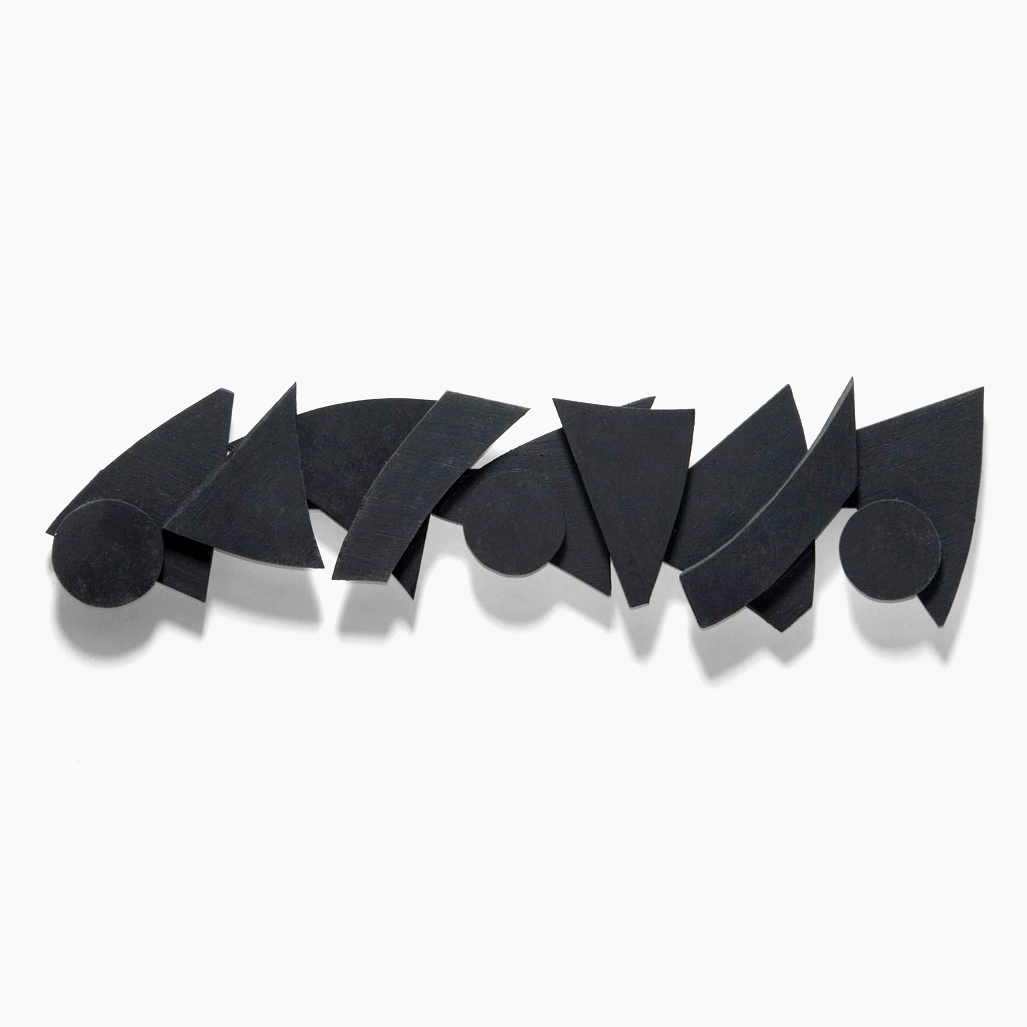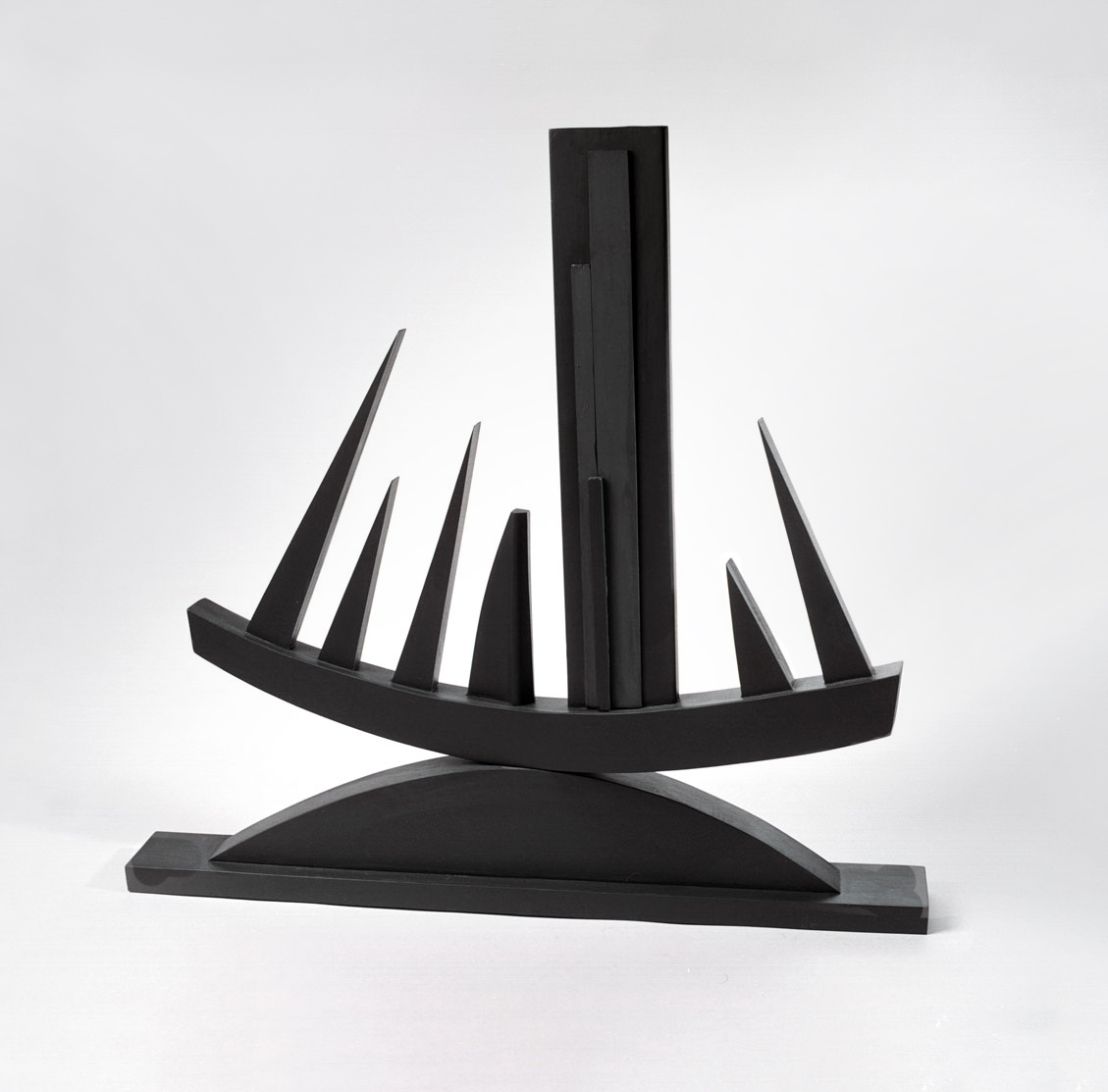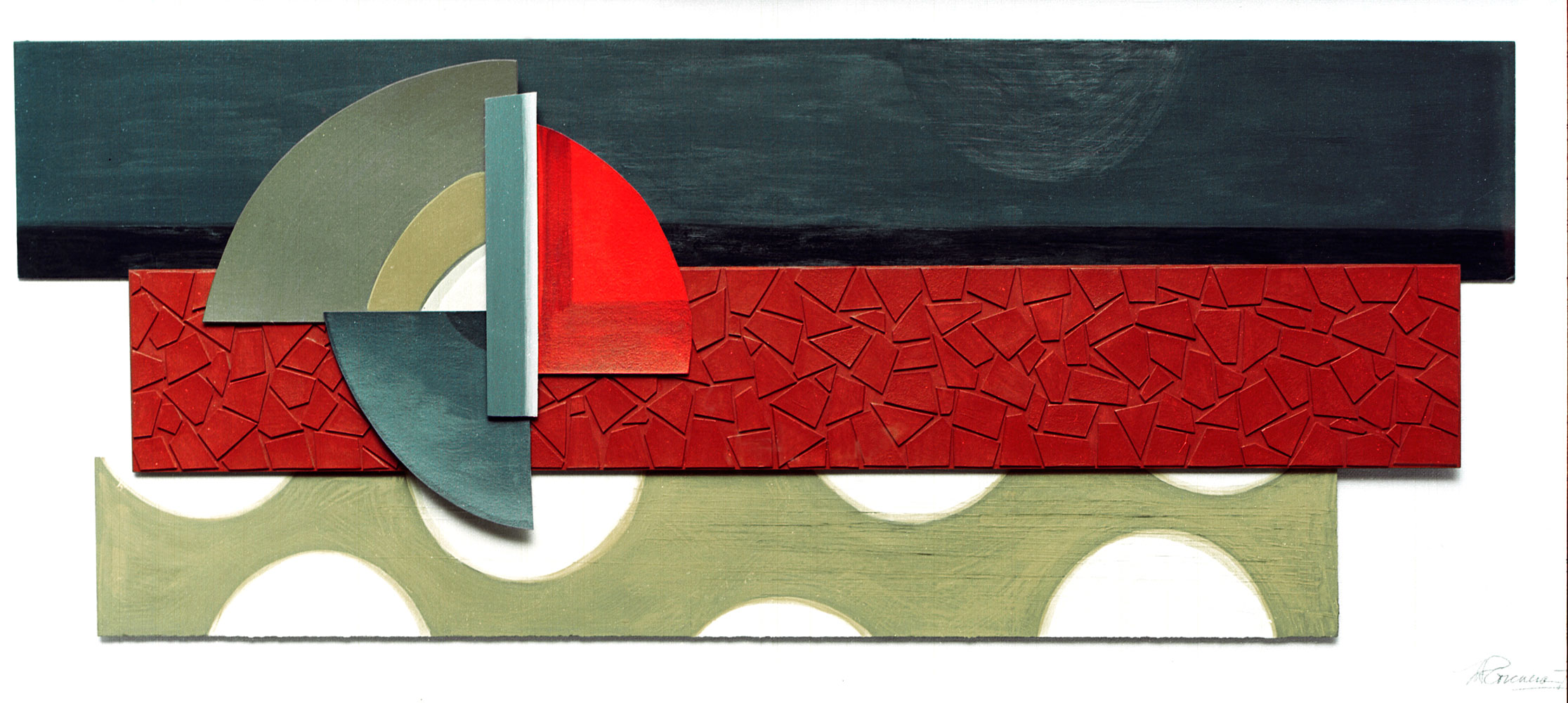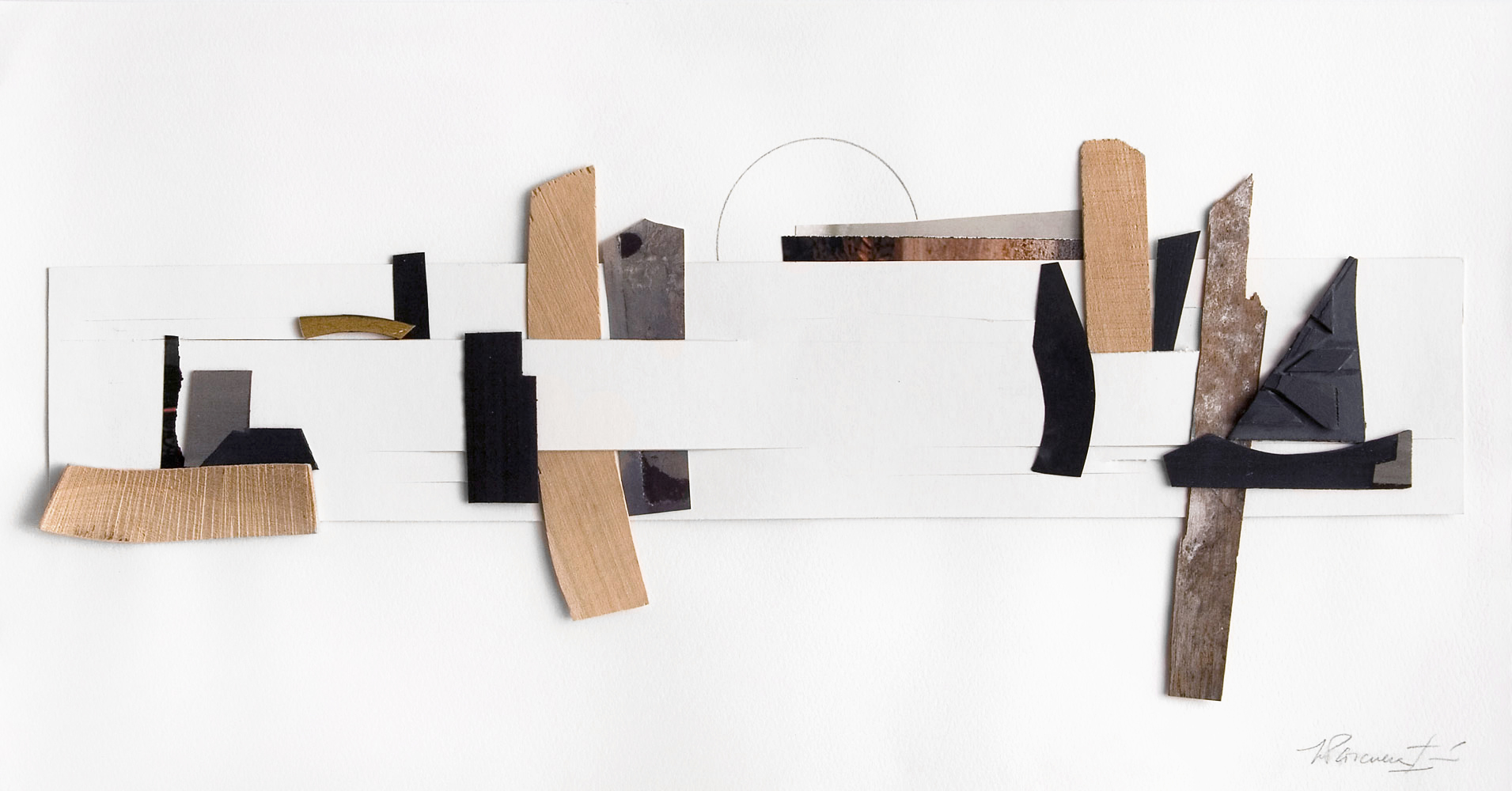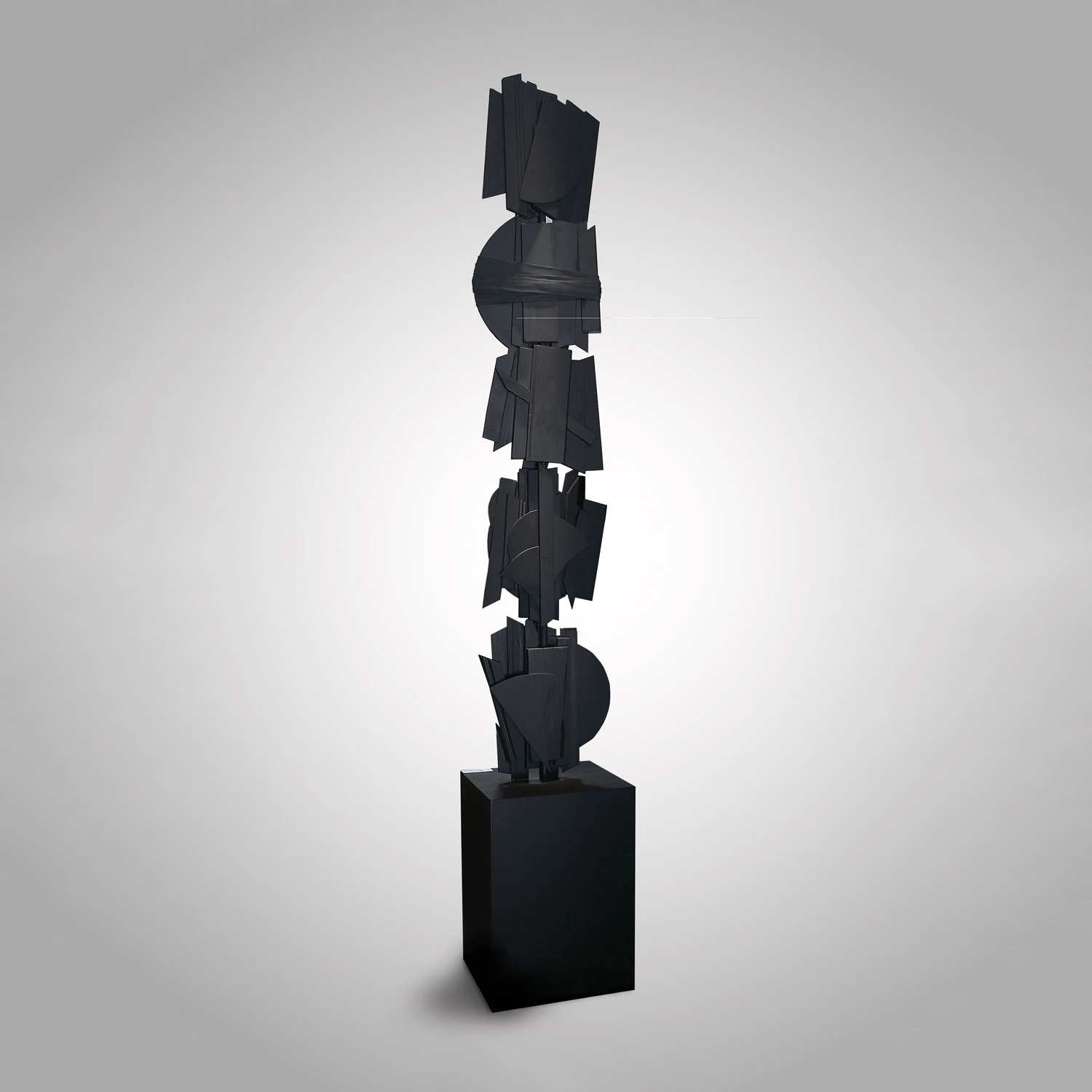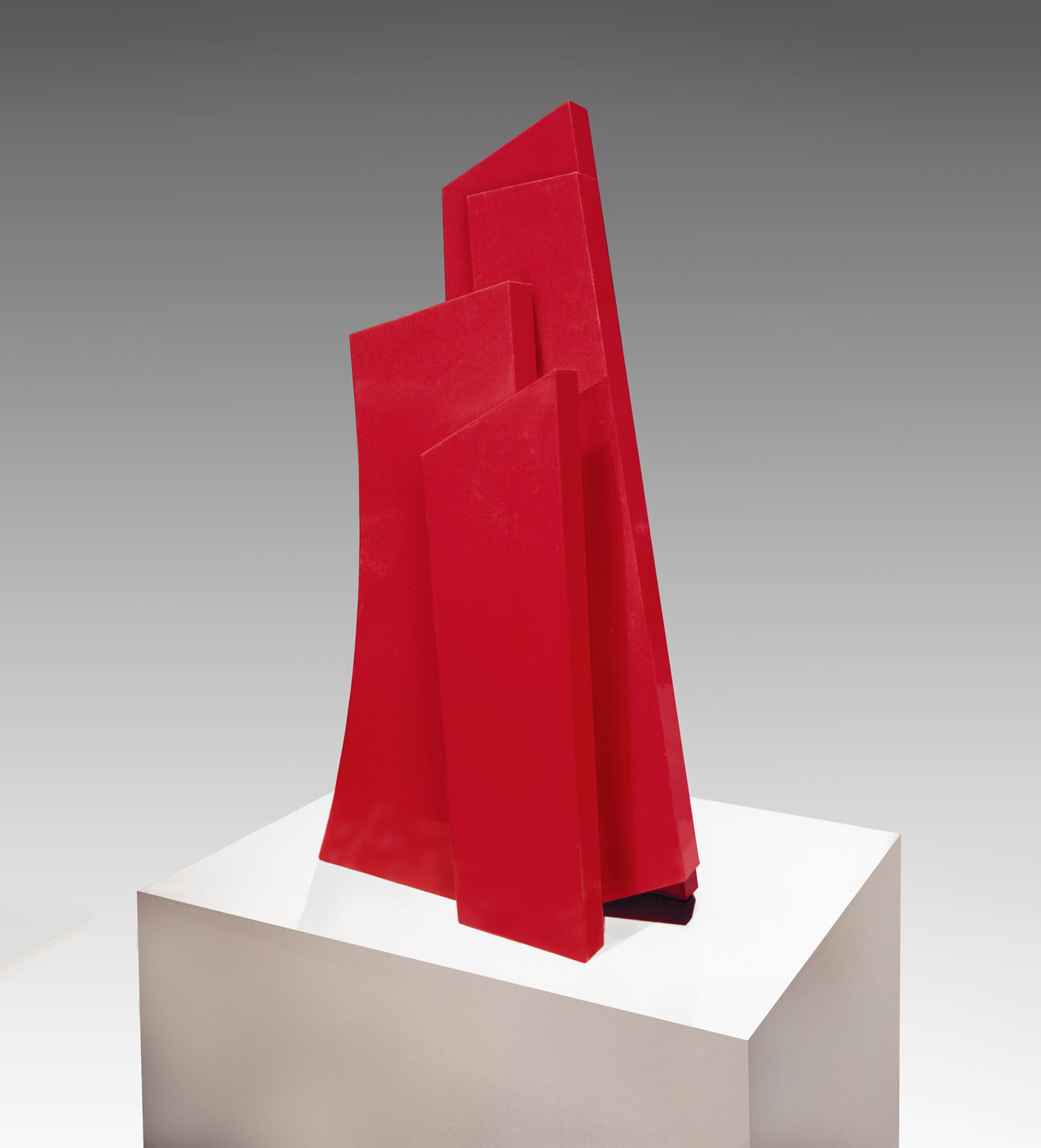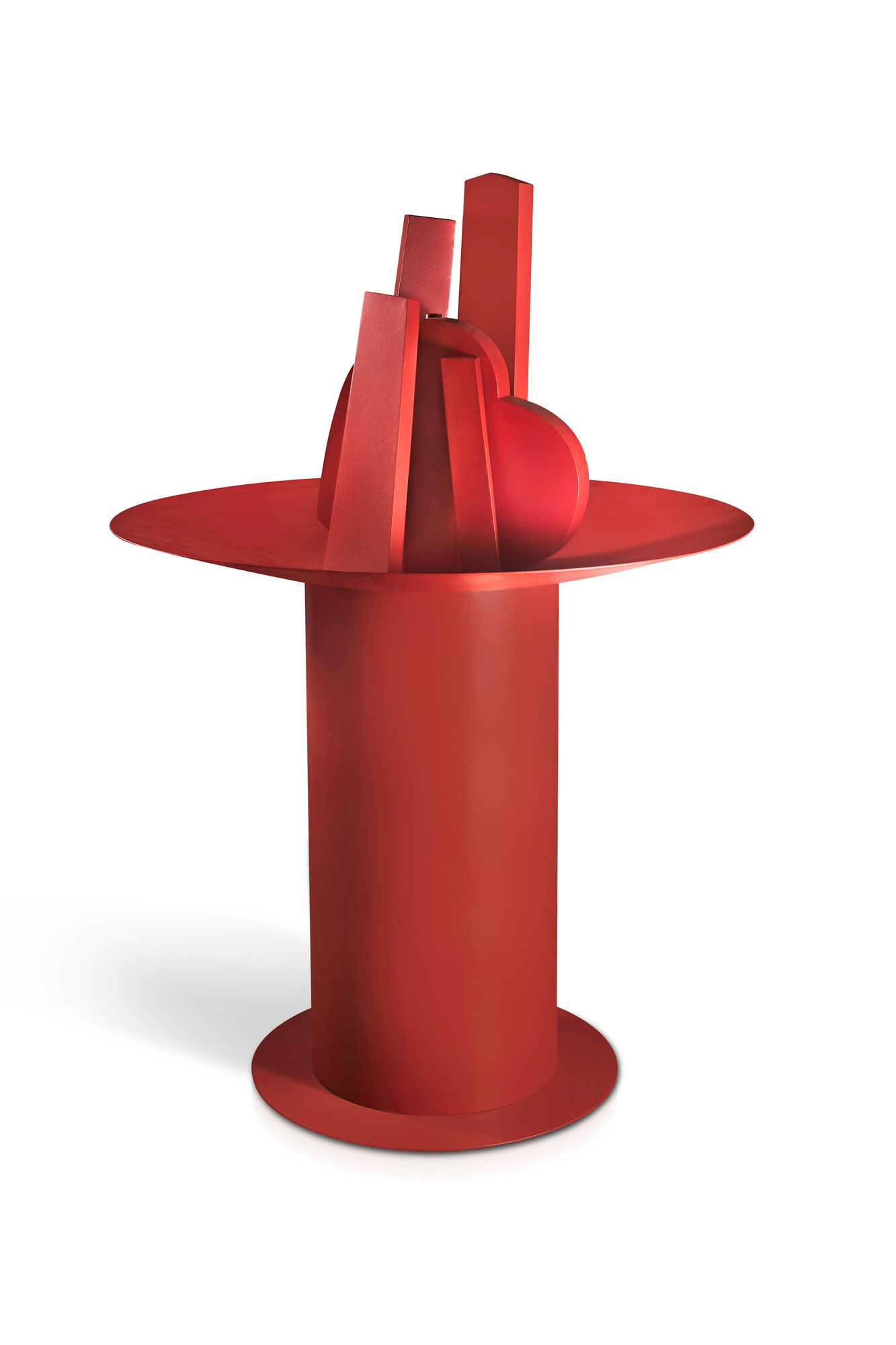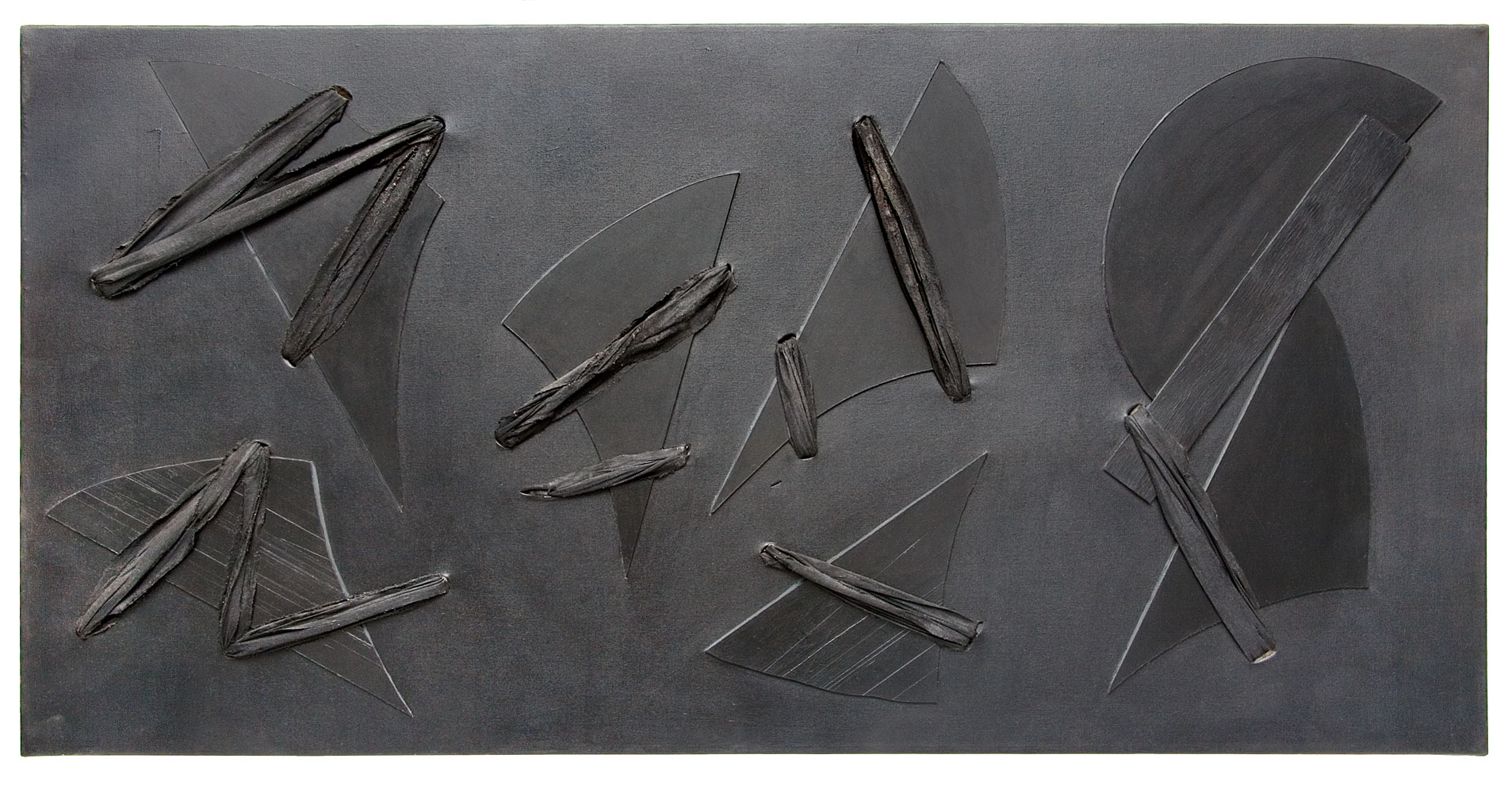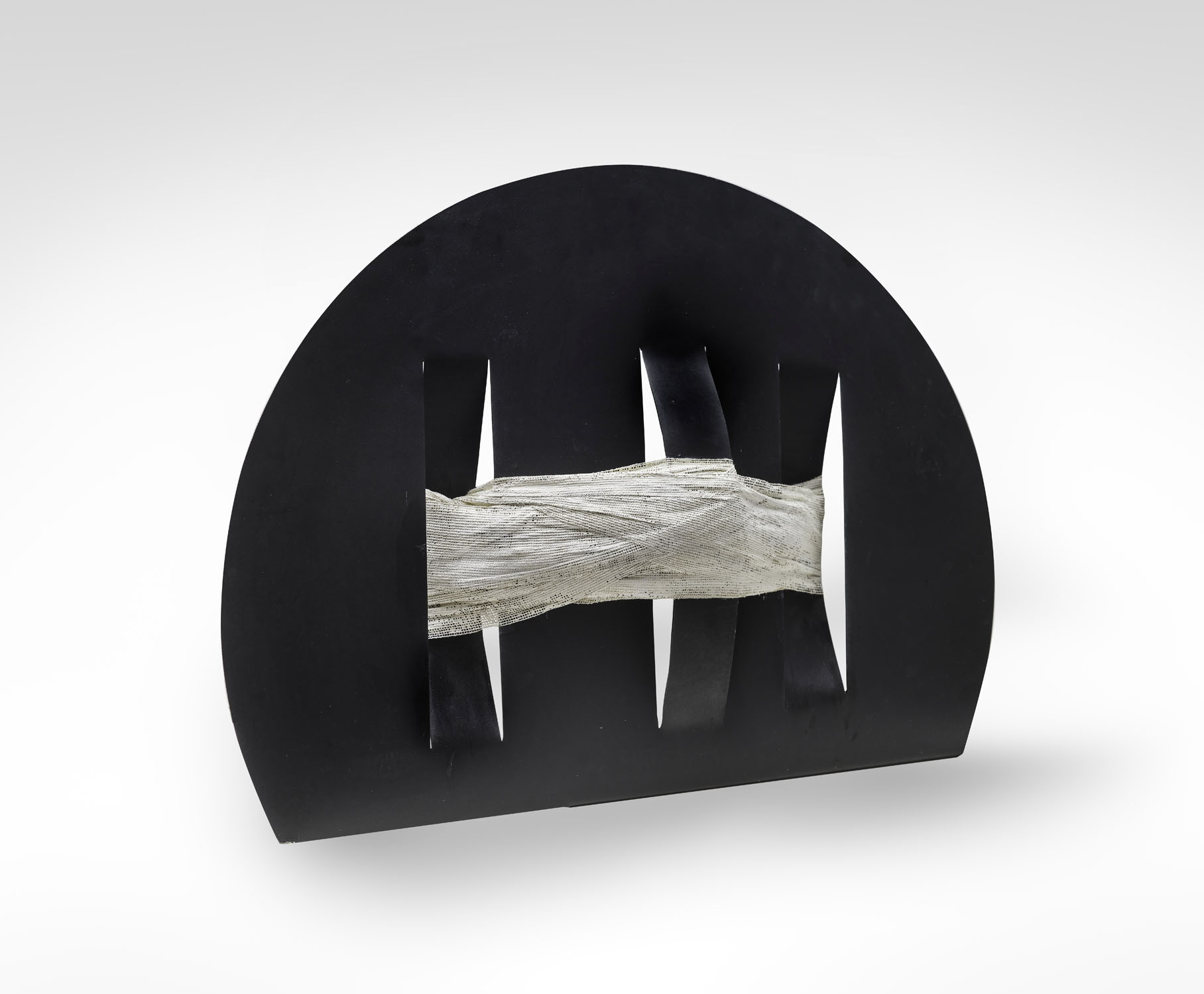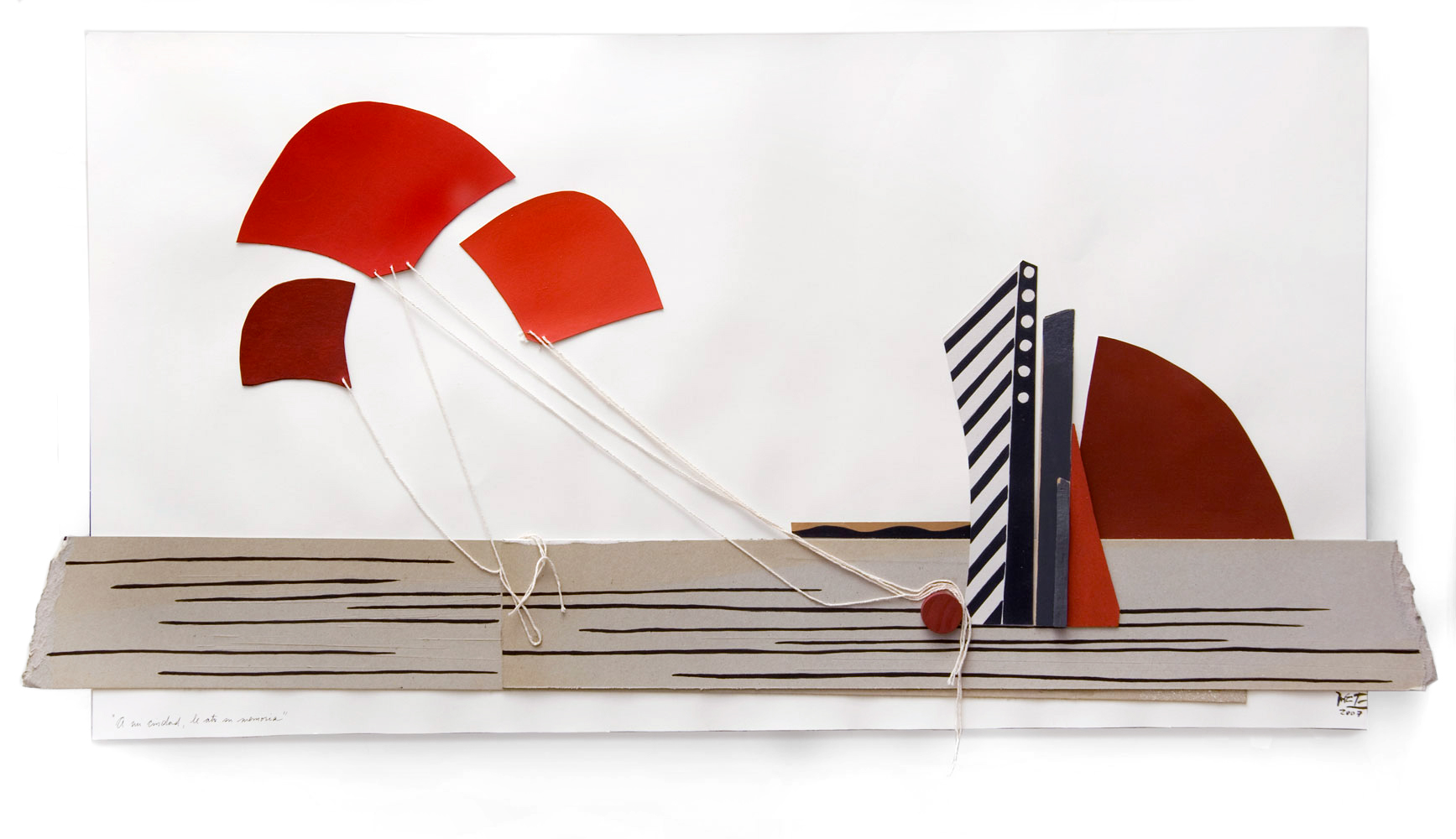
A mi ciudad le ato su memoria To my city I bind its memory, 2007. Ink, wood, cardboard, string on paper on hardboard. 55x110cm.
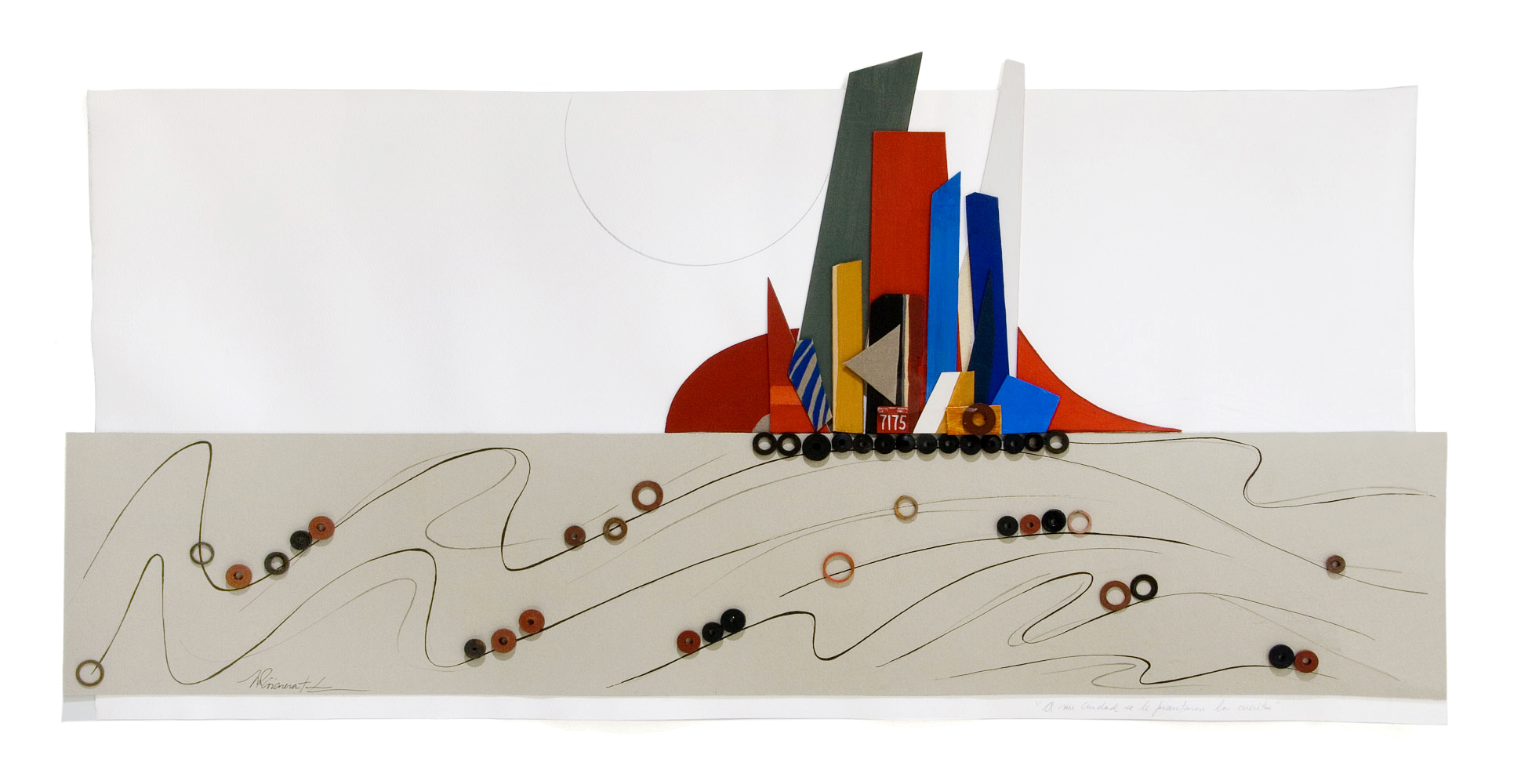
A mi ciudad se la plantan los cueritos I , 2003. Ink, cardboard cutouts, tap washer on paper on hardboard. 60x140cm. Private collection.
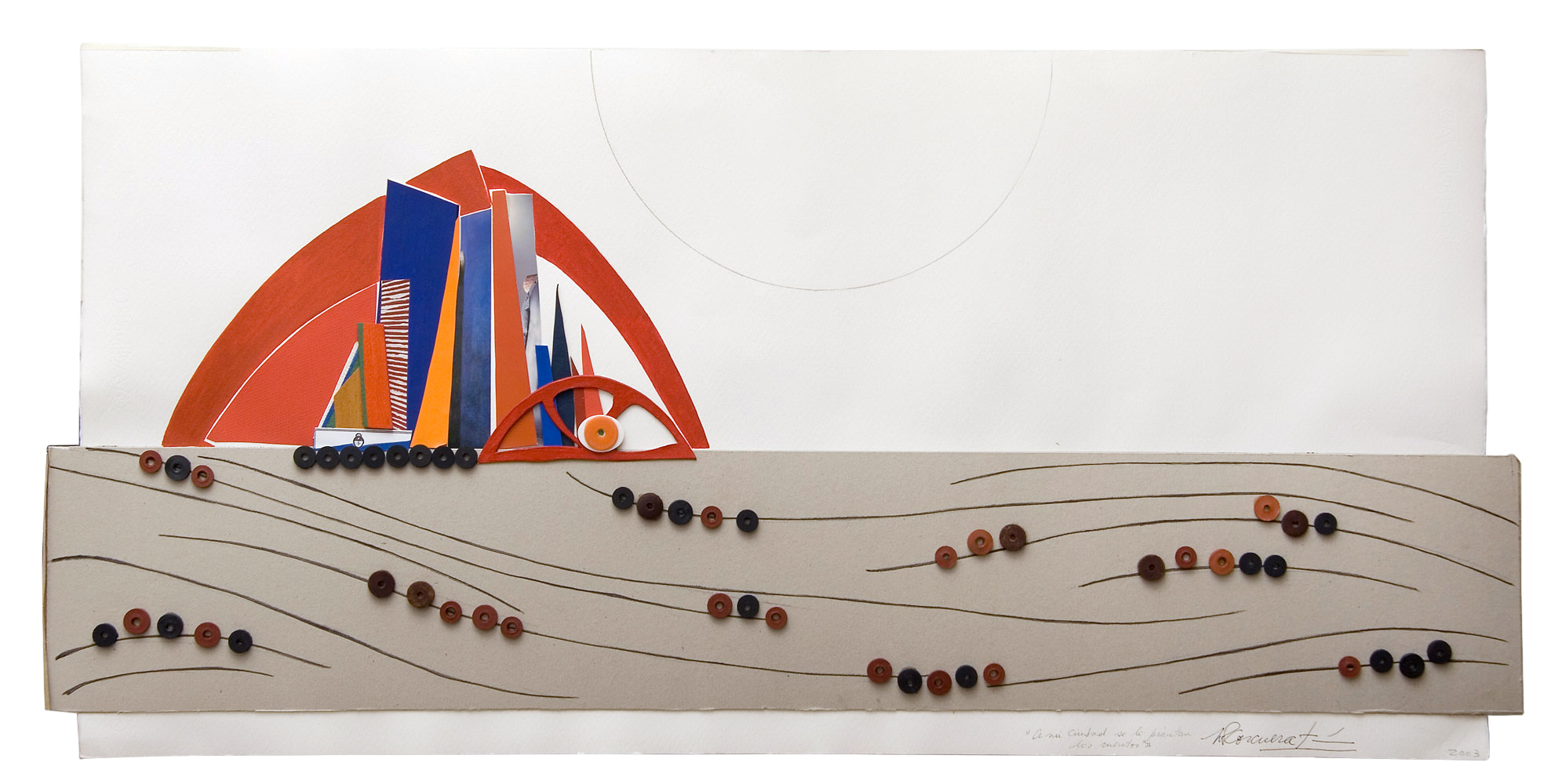
A mi ciudad se la plantan los cueritos I , 2003. Ink, cardboard cutouts, tap washer on paper on hardboard. 60x140cm. Private collection.
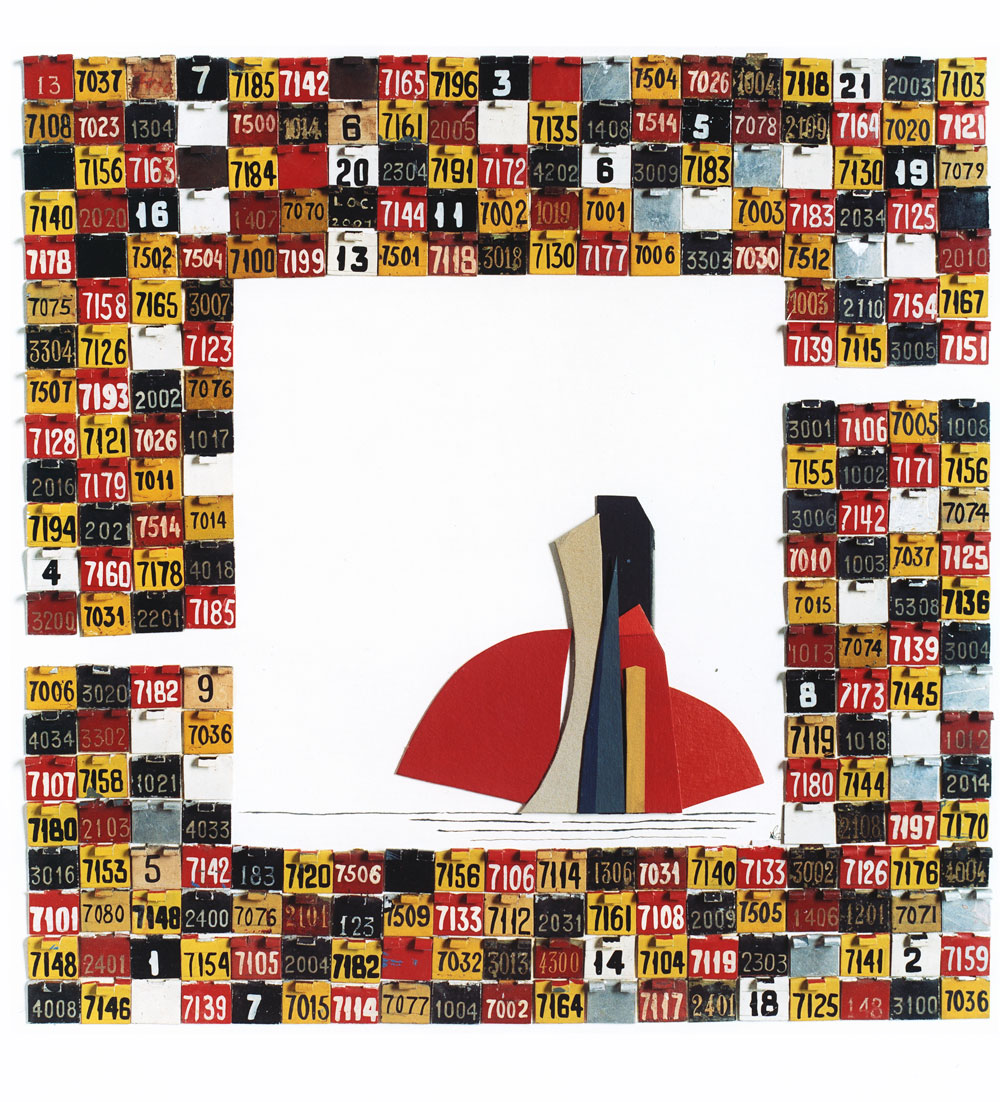
From the series La Ciudad de los días contados I The city of counted days I, 1999/2000. Ink, cardboard cutouts, train tokens on hardboard. 90x90cm.

From the series La ciudad de los dias contados III, Te lleva el viento The city of counted days III, The wind carries you, 1997/2000. Ink, cardboard cutouts y wood, train tokens on hardboard. 90x90cm.
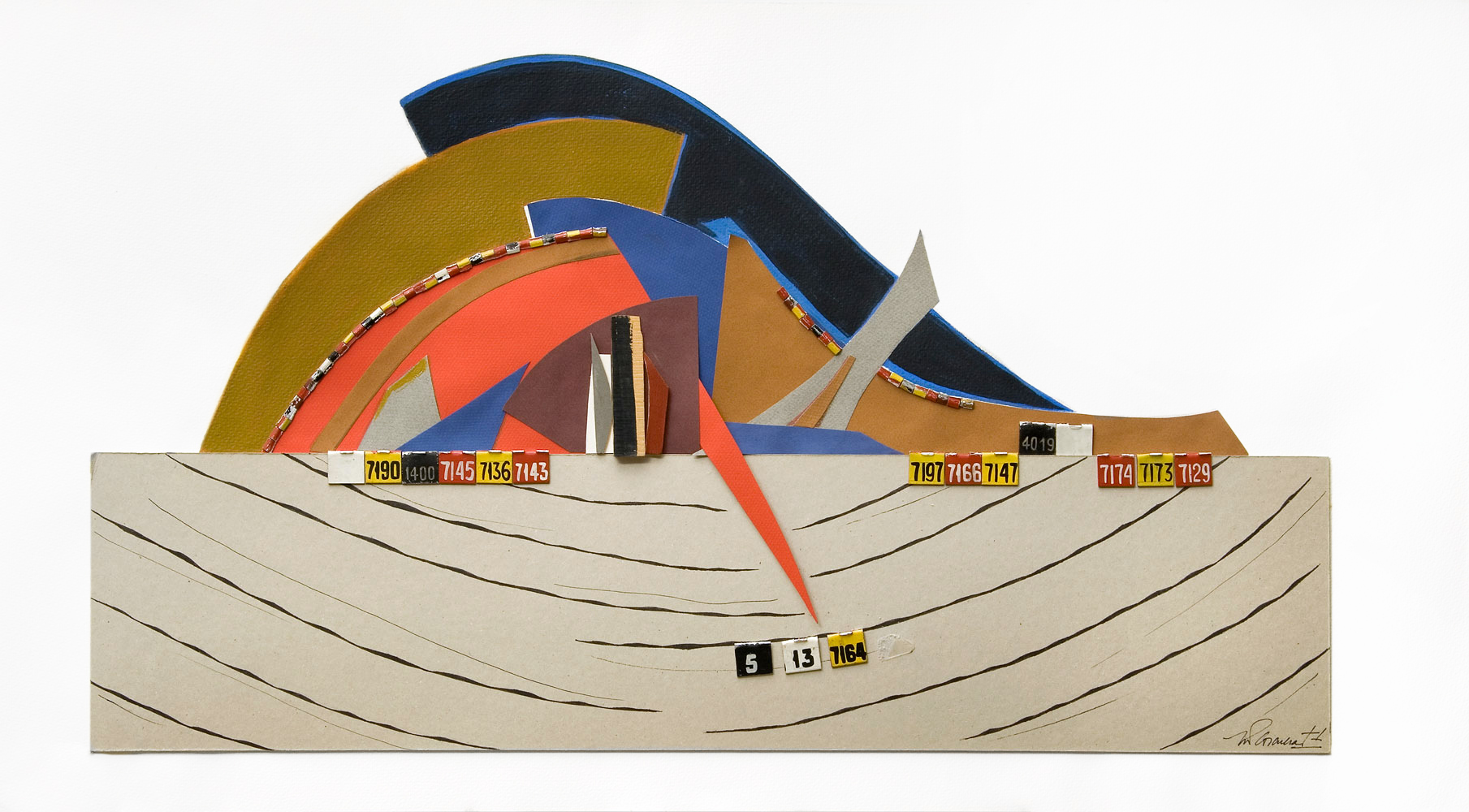
From the series La ciudad de los días contados, La señalada The city of counted days, The marked one, 1999. Ink, cardboard cutouts, train tokens on hardboard. 51x100cm.
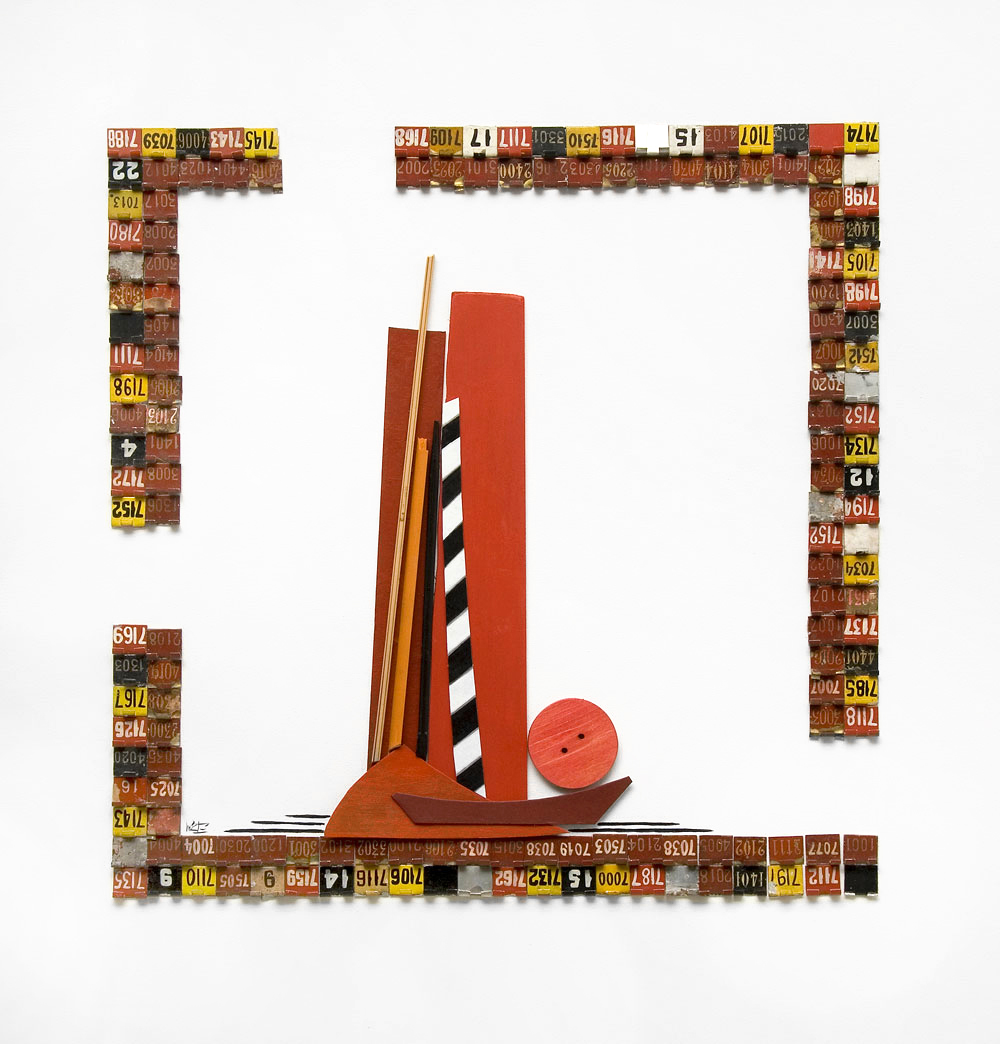
From the series La Ciudad de los días contados, Para muestra basta un botón The city of numbered days, For a sample a button is enough, 1997/2000. Ink, cardboard cutouts and wood, train tokens on hardboard. 90x90cm. Ángel Guido Art Project collection.

From the series La Maldita The cursed one, 2004. Acrylic, wood, nails, cardboard, street sign fragments on passepartout, 37x30cm.
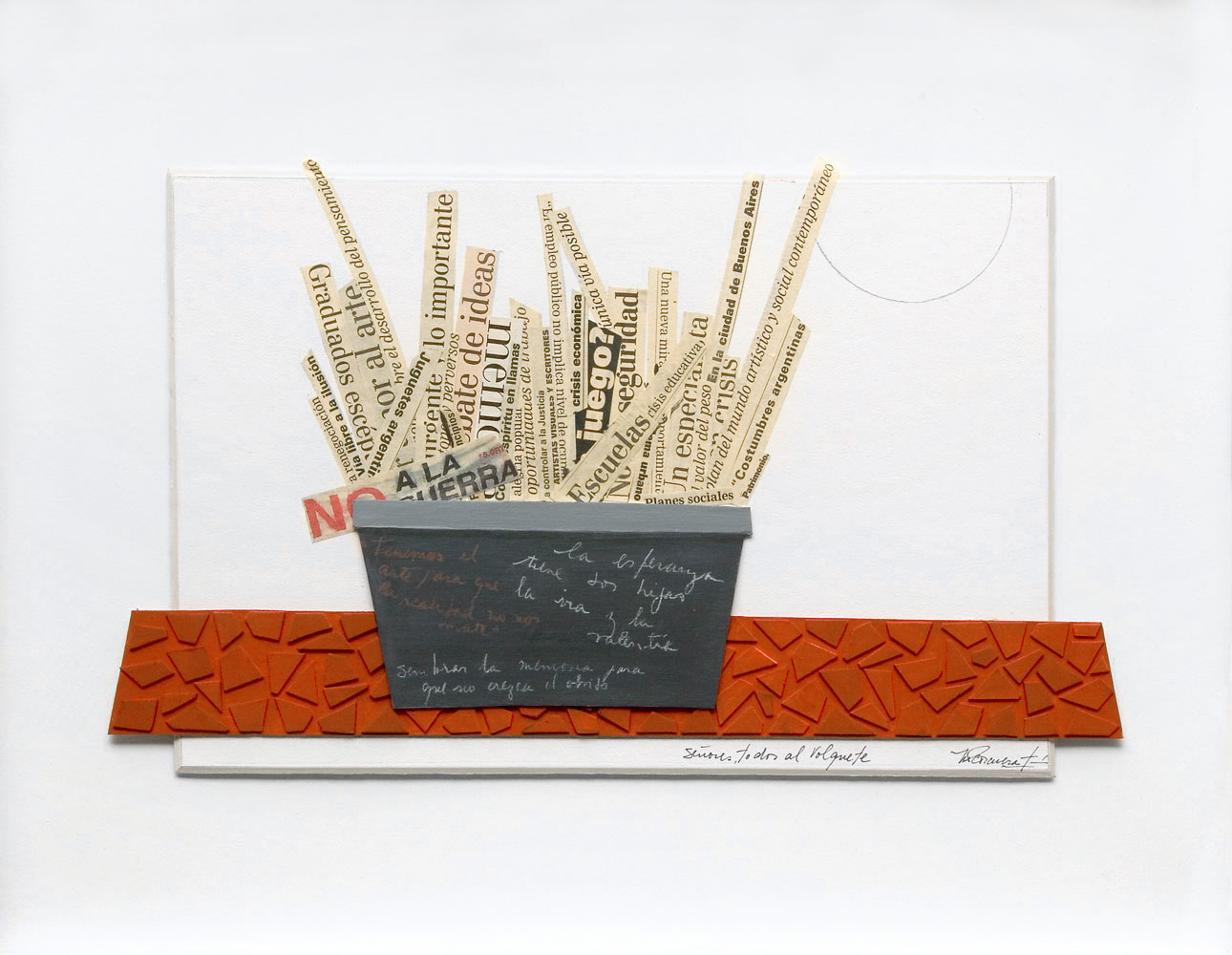
Señores todos al volquete Gentlemen, to the dumpster, 2001. Newspaper cutouts and cardboard on passepartout, 33x43cm.

La ciudad del piolin The thread’s city, 2006. Wood, cardboard, string, ink and paper on hardboard. 39x99cm.
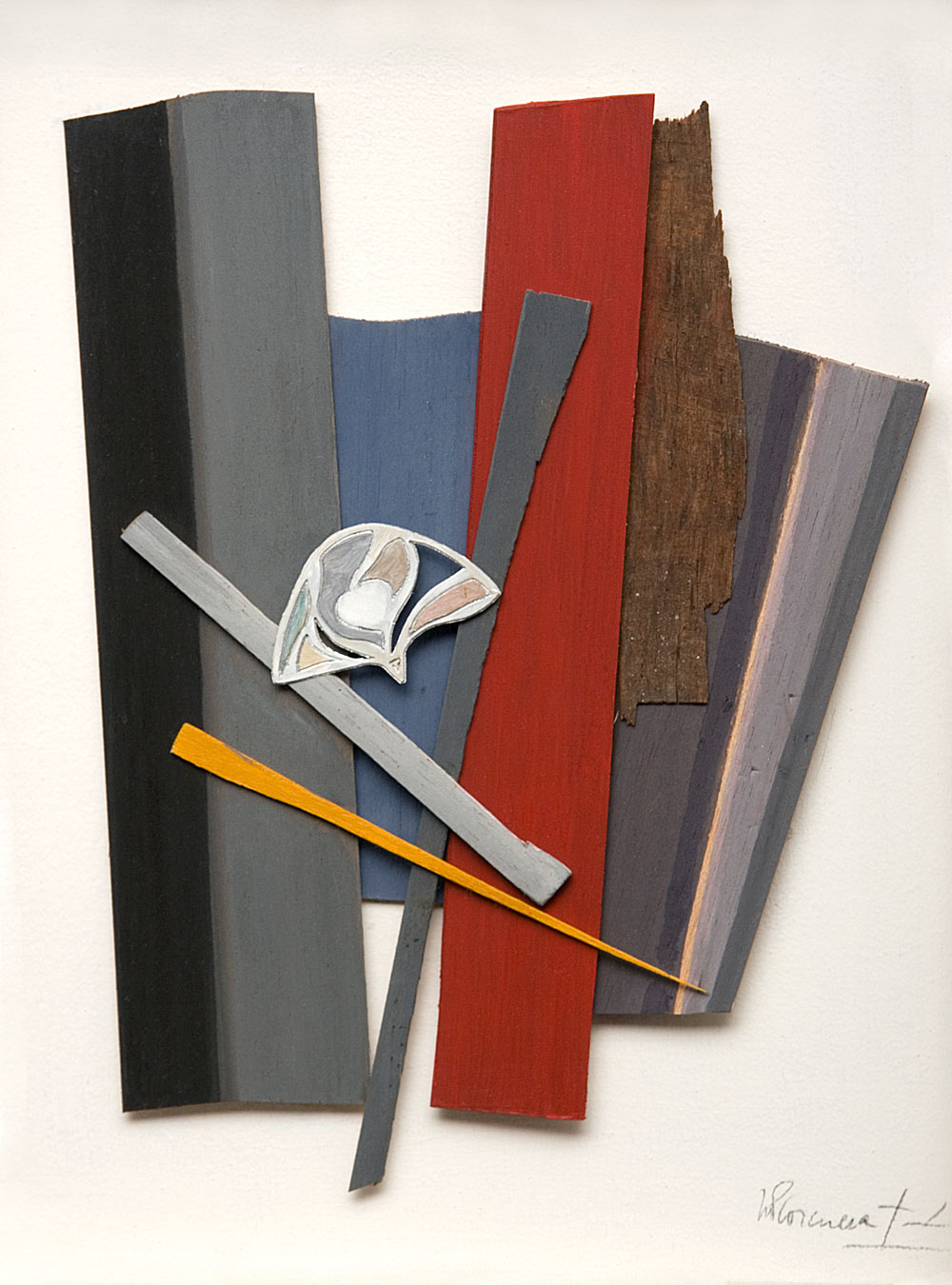
Ciudad. Boceto de broche City. Brooch sketch., 1997/1998. Acrylic, watercolor and tempera on paper. 43x34cm.
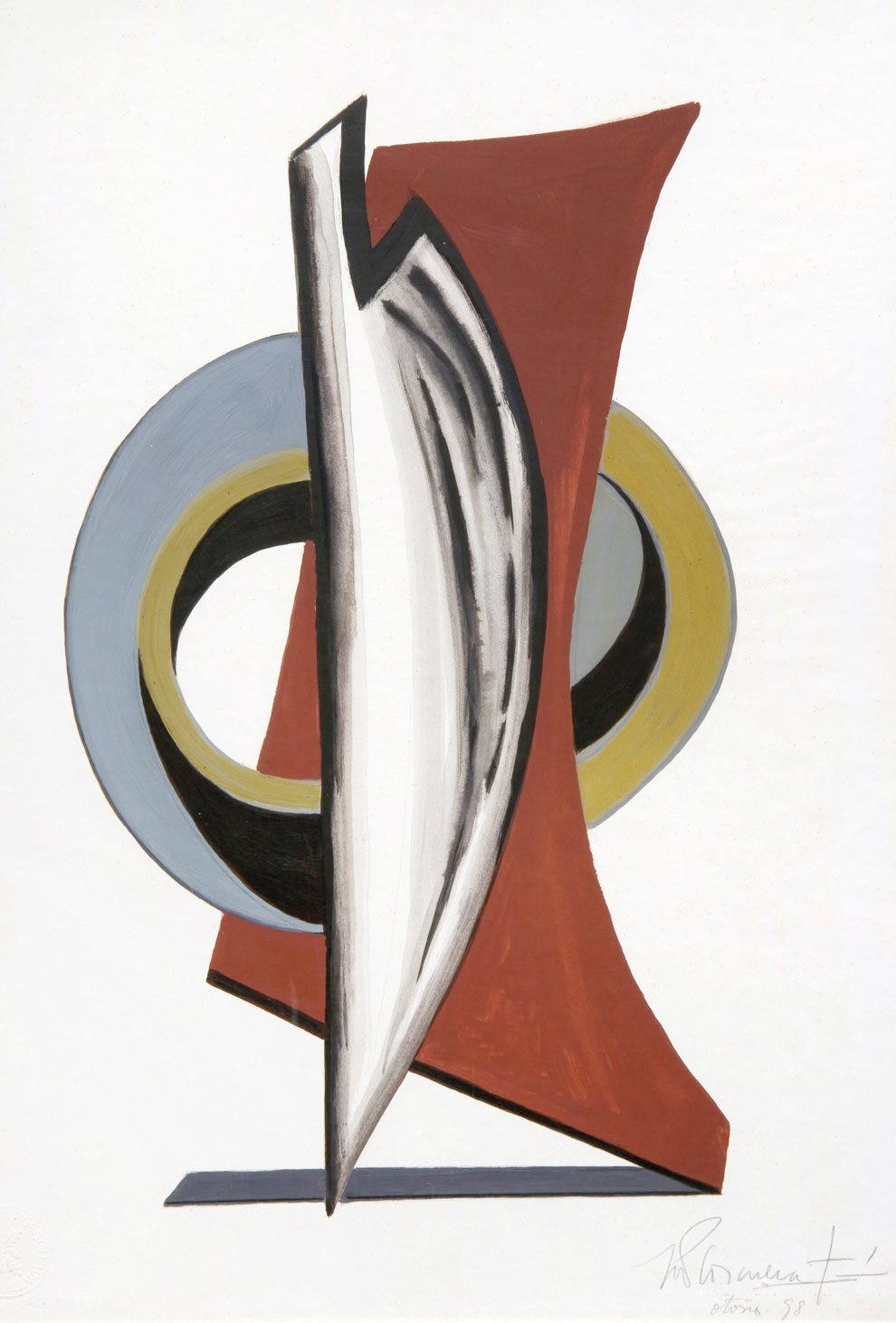
From the series La mirada Otoño The Autumn gaze , 1998. Acrylic, watercolor and tempera on paper. 48x33cm.
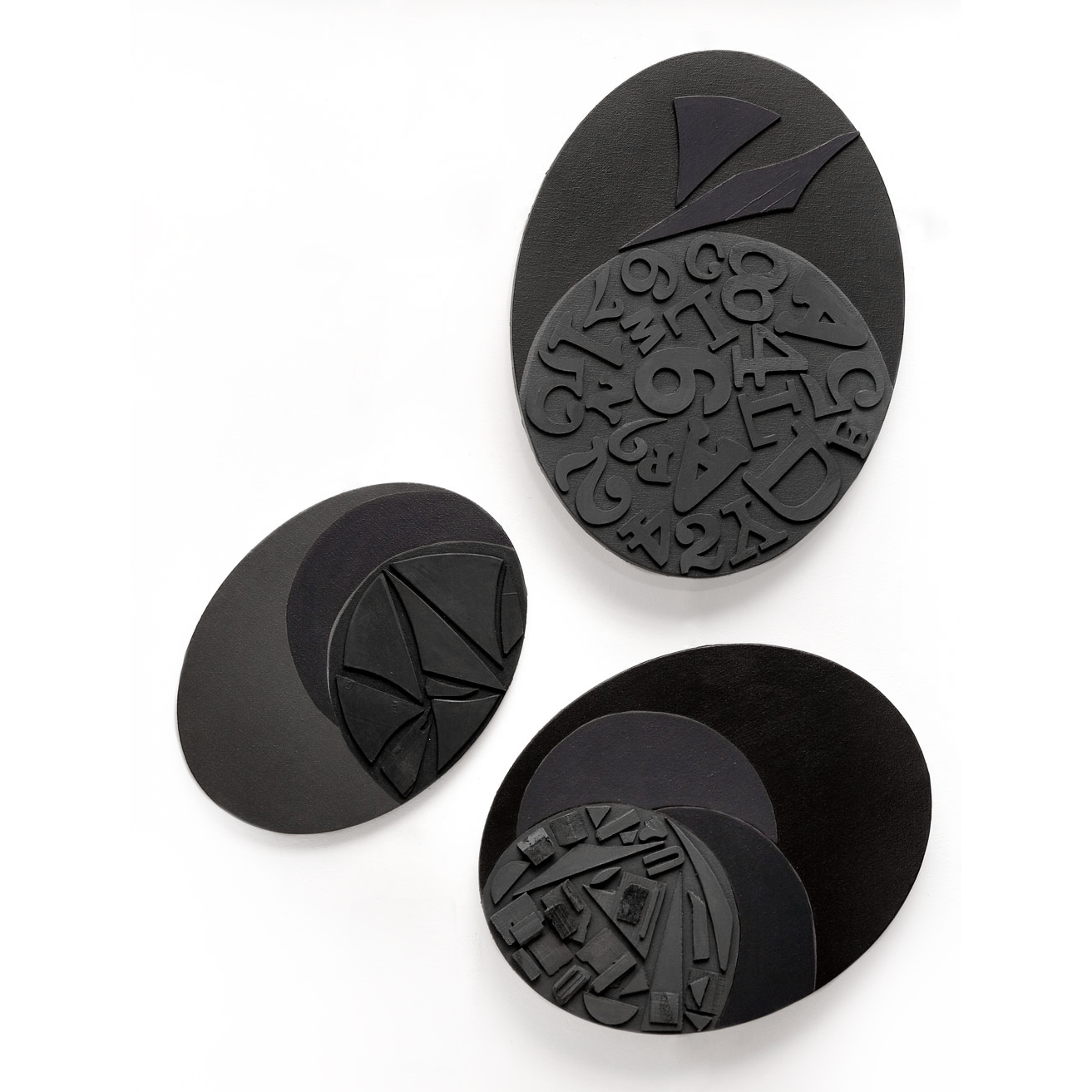
Alfabeto Alphabet, 2007. Acrylic and wood cutouts on canvas. Three pieces of 40x30cm, 35x28cm, 30x22cm, respectively.

La ciudad de las palabras I, II y III City of words I, II & III, 2002. Acrylic and wood cutouts on canvas. ø40cm, ø30cm y ø25cm. Private collection.

Demasiadas noches para una ciudad herida Too many nights for a wounded city, 2001. Acrylic, hardboard, wood and bandages. 59x127cm.
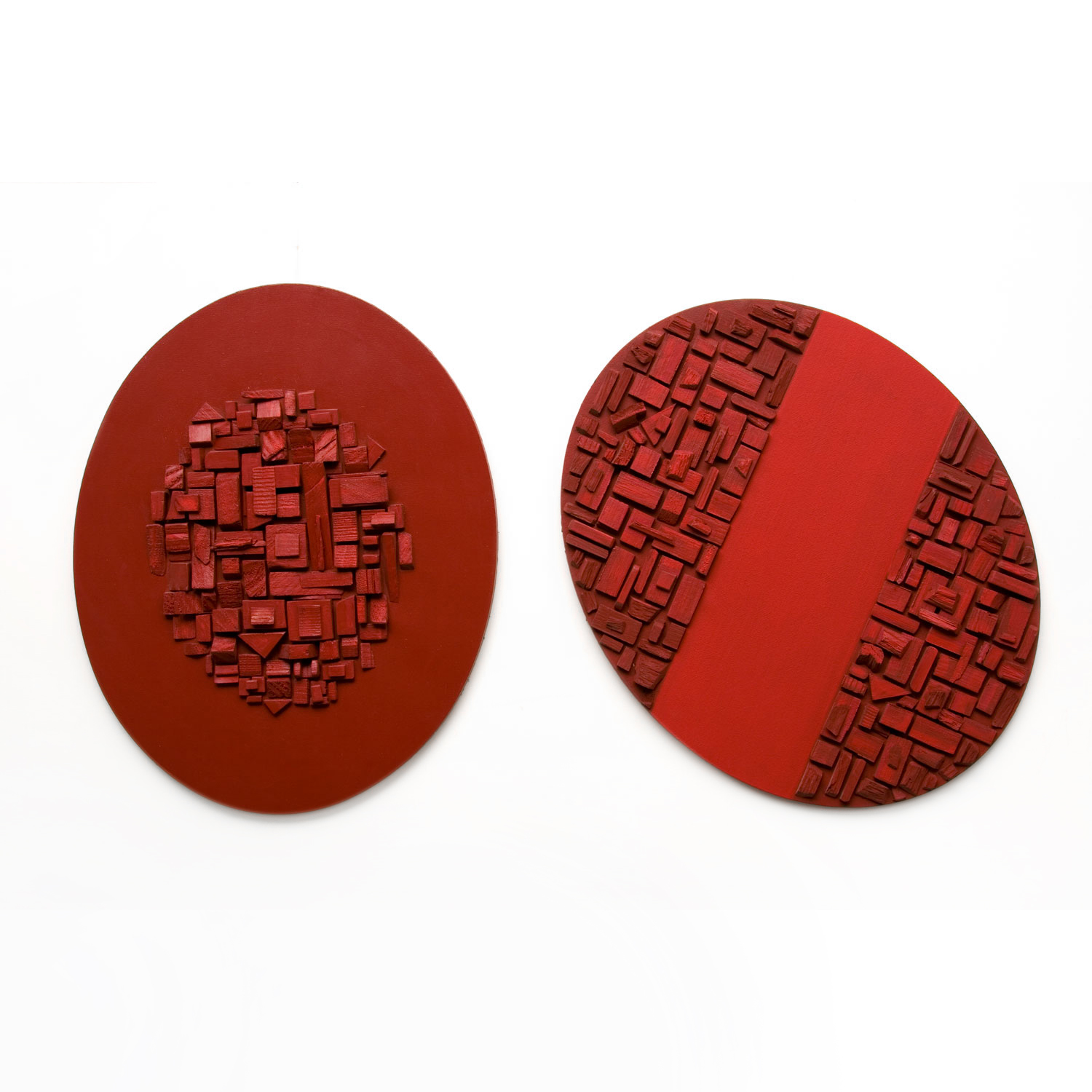
Insignia Badge, 2001/2002. Acrylic and wood cutouts on canvas. Two pieces of 40x50cmeach. Private collection.
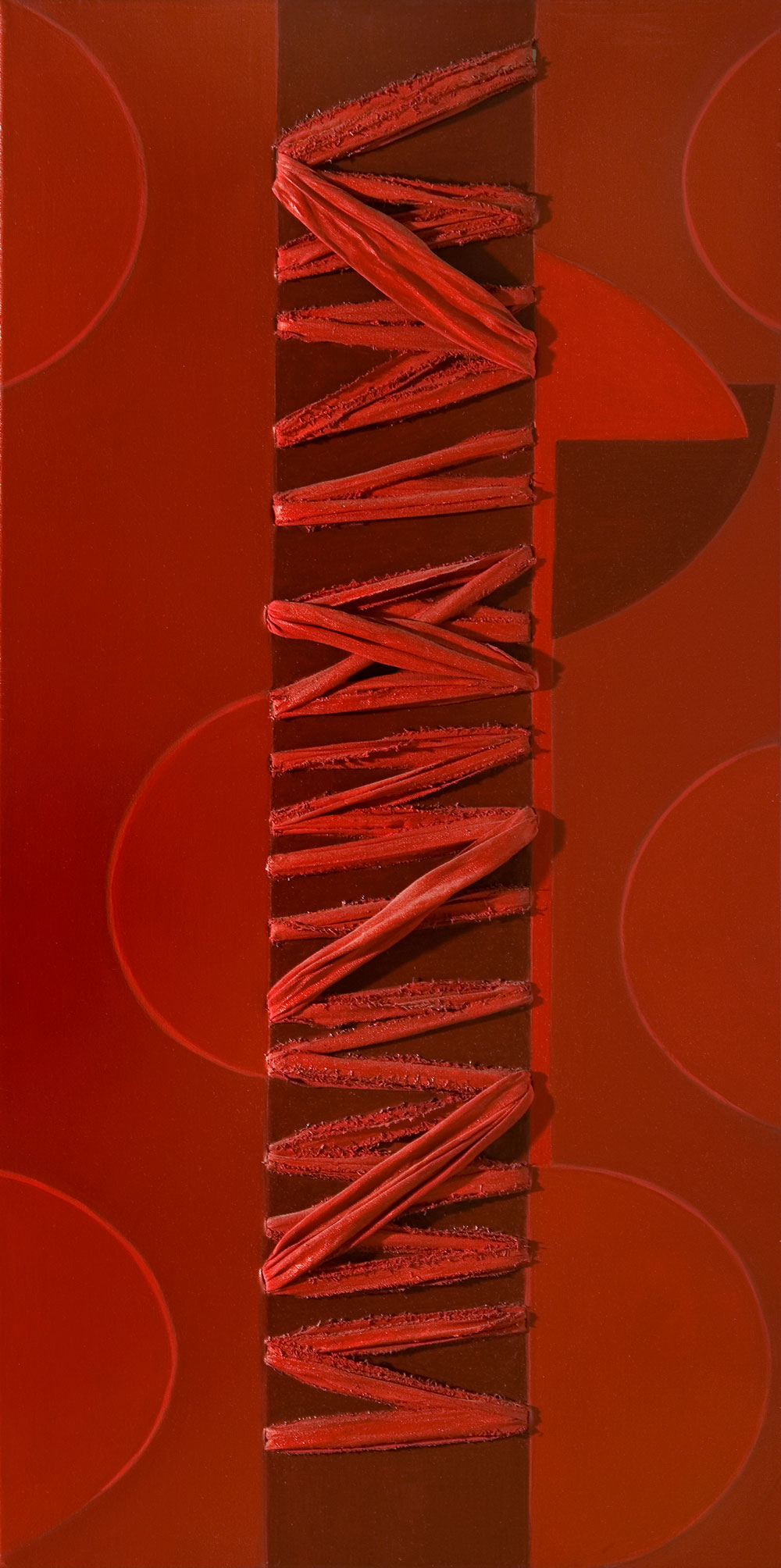
Ciudad atemorizada Frightened city, 2002/2003. Acrylic and bandages on canvas. 100x50cm. Private collection.

Ciudad amenazada III, 2001. Acrylic, cardboard, nails on paper on hardboard, 54x104cm. Private collection.
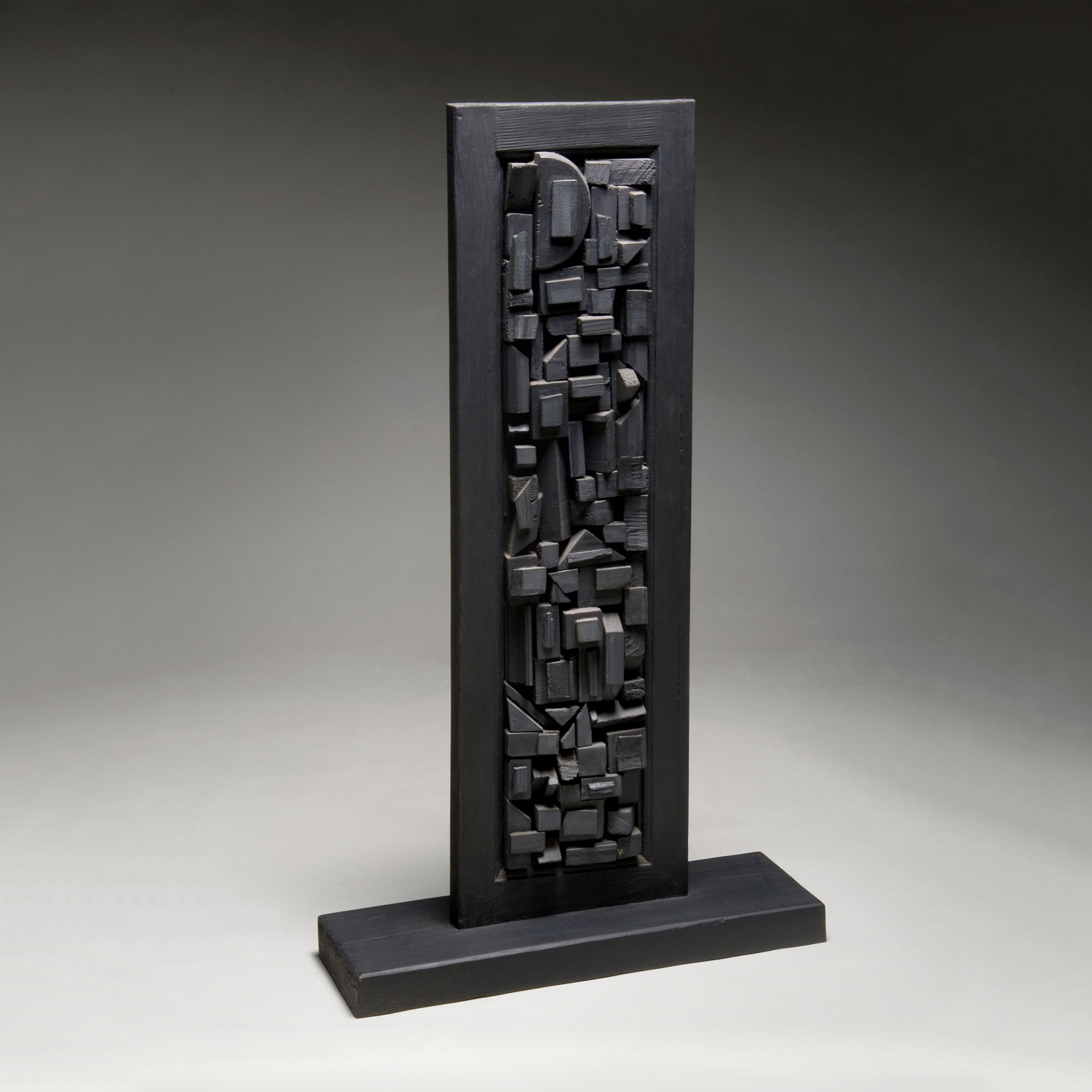
La contenida The contained one, 1997/1998. Madera policromada con aplicación de recortes de madera. 7x43x15cm.
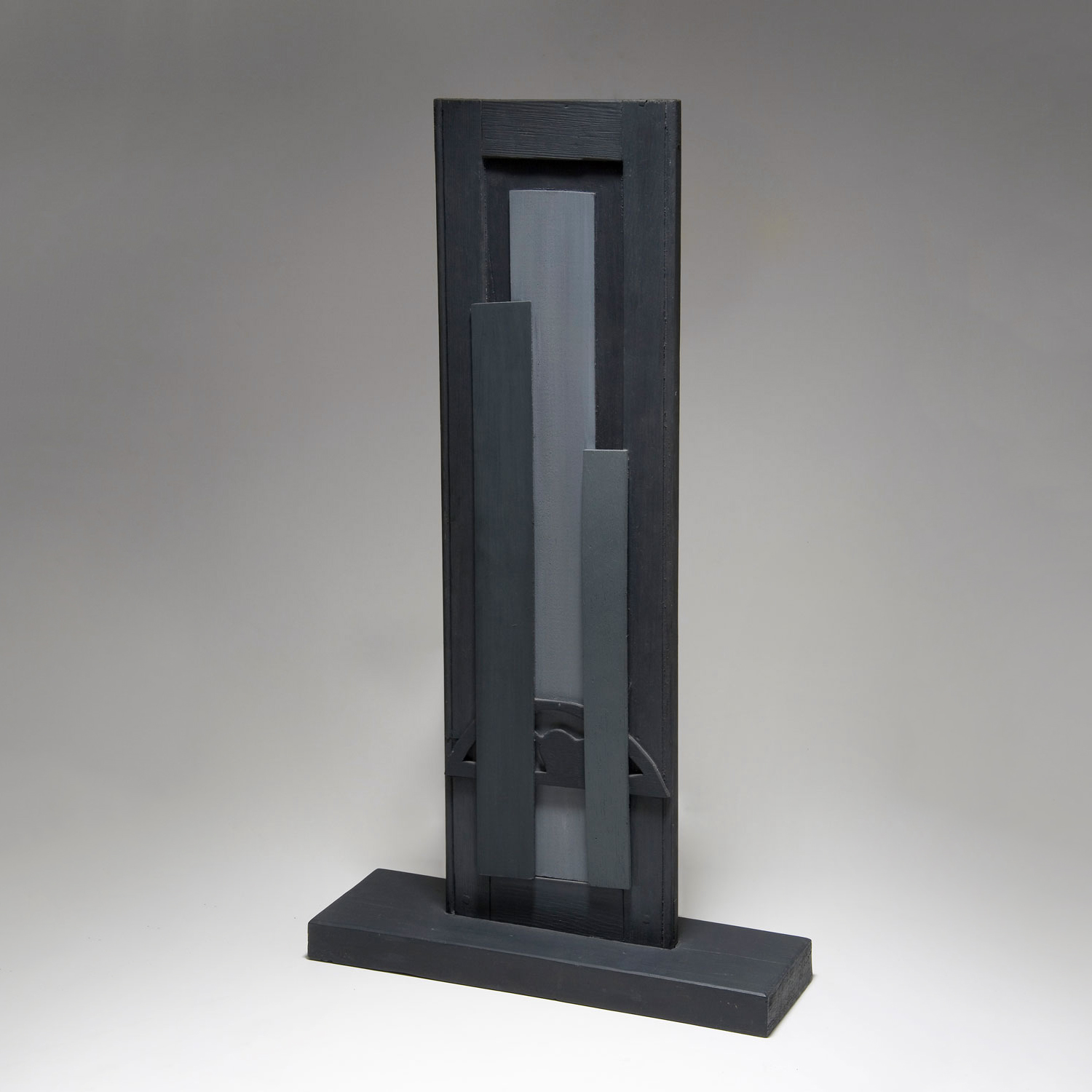
La contenida The contained one (reverse), 1997/1998. Madera policromada con aplicación de recortes de madera. 7x43x15cm.
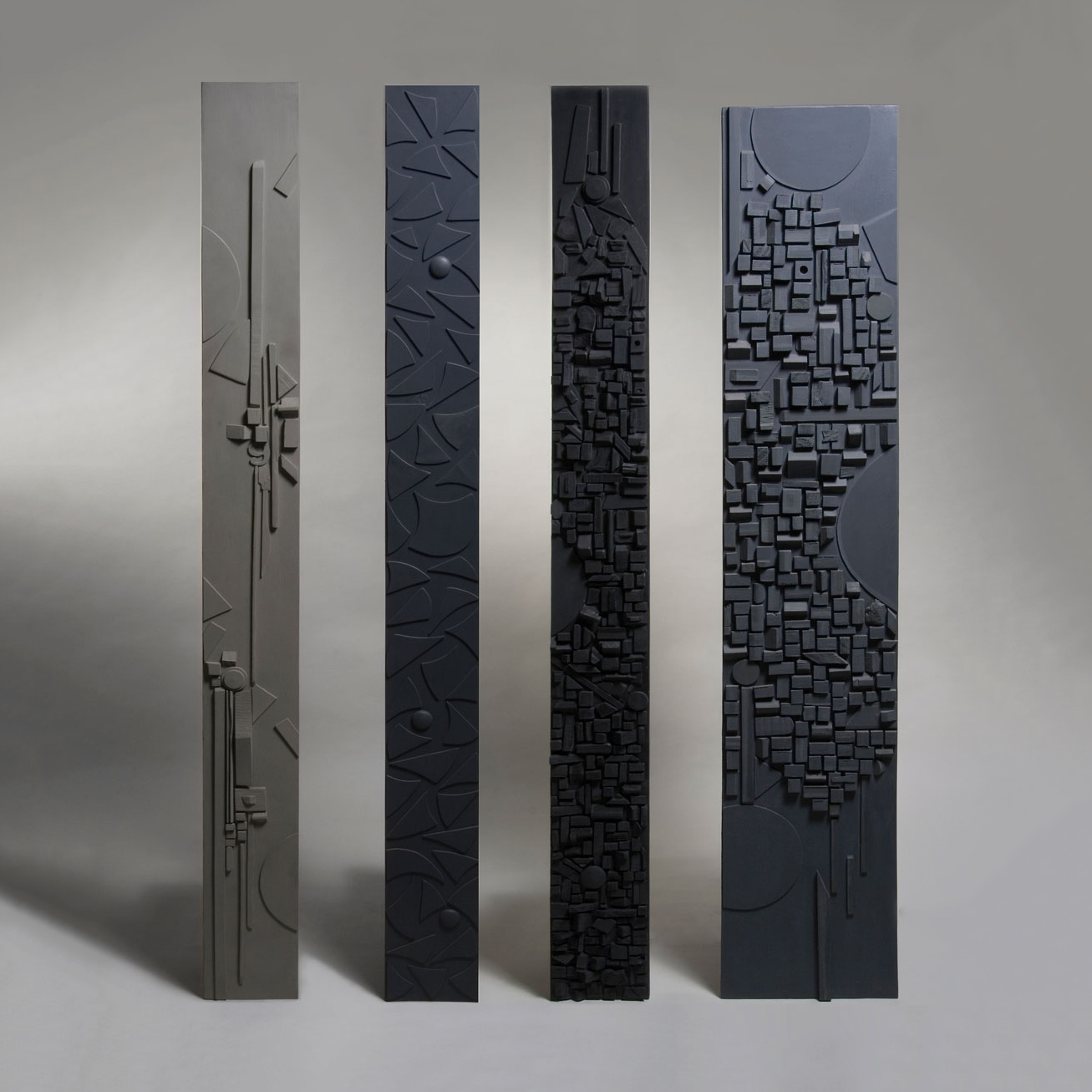
Las puertas The doors, conjunto de cuatro piezas. Madera policromada con aplicación de recortes de madera. Tres piezas de 163x16cm, una pieza de 163x30cm.
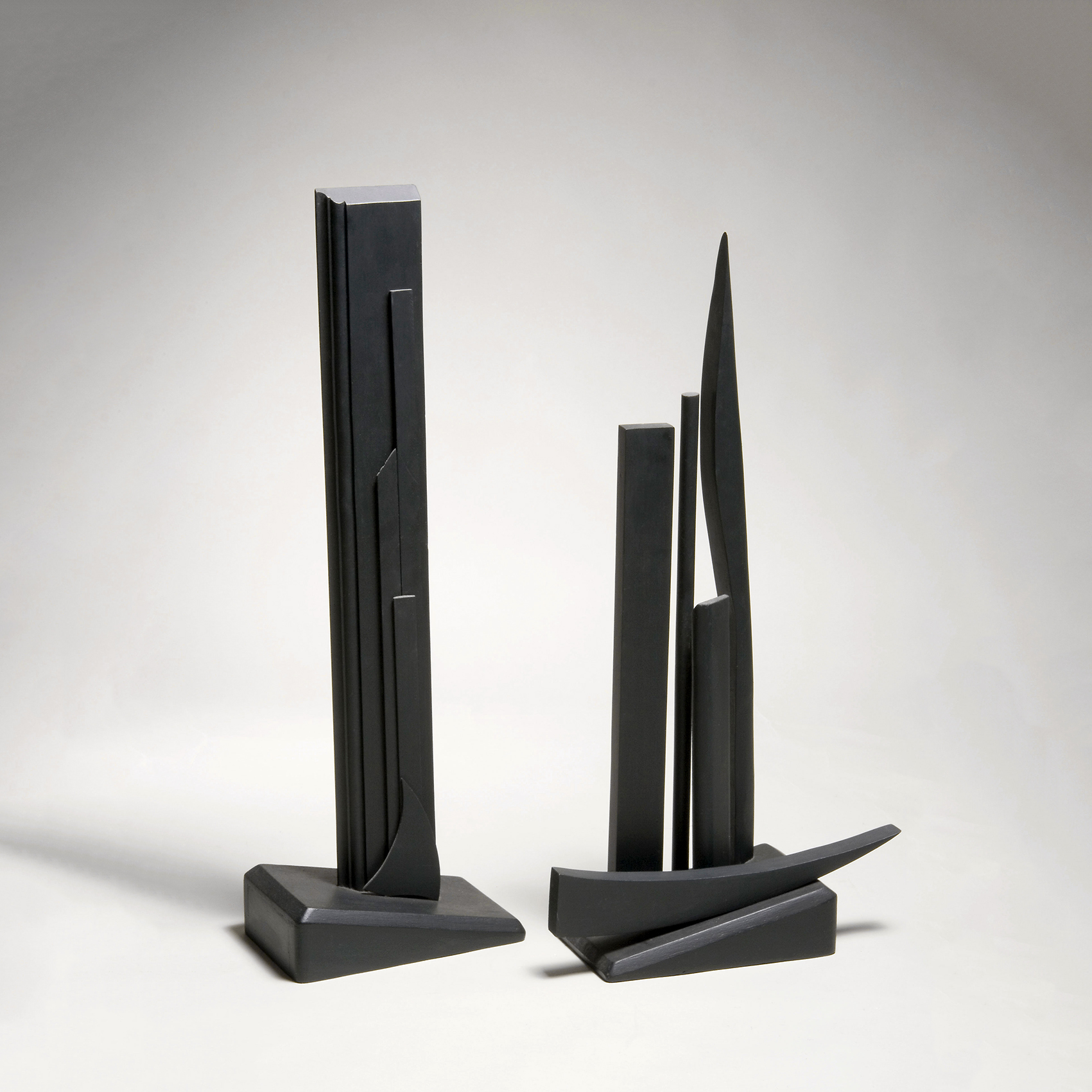
Pedaleando Pedalling, 2002/2007. Polychrome wood and Singer sewing machine pedals. Two pieces of 67x23x15cm and 63x32x15cm.
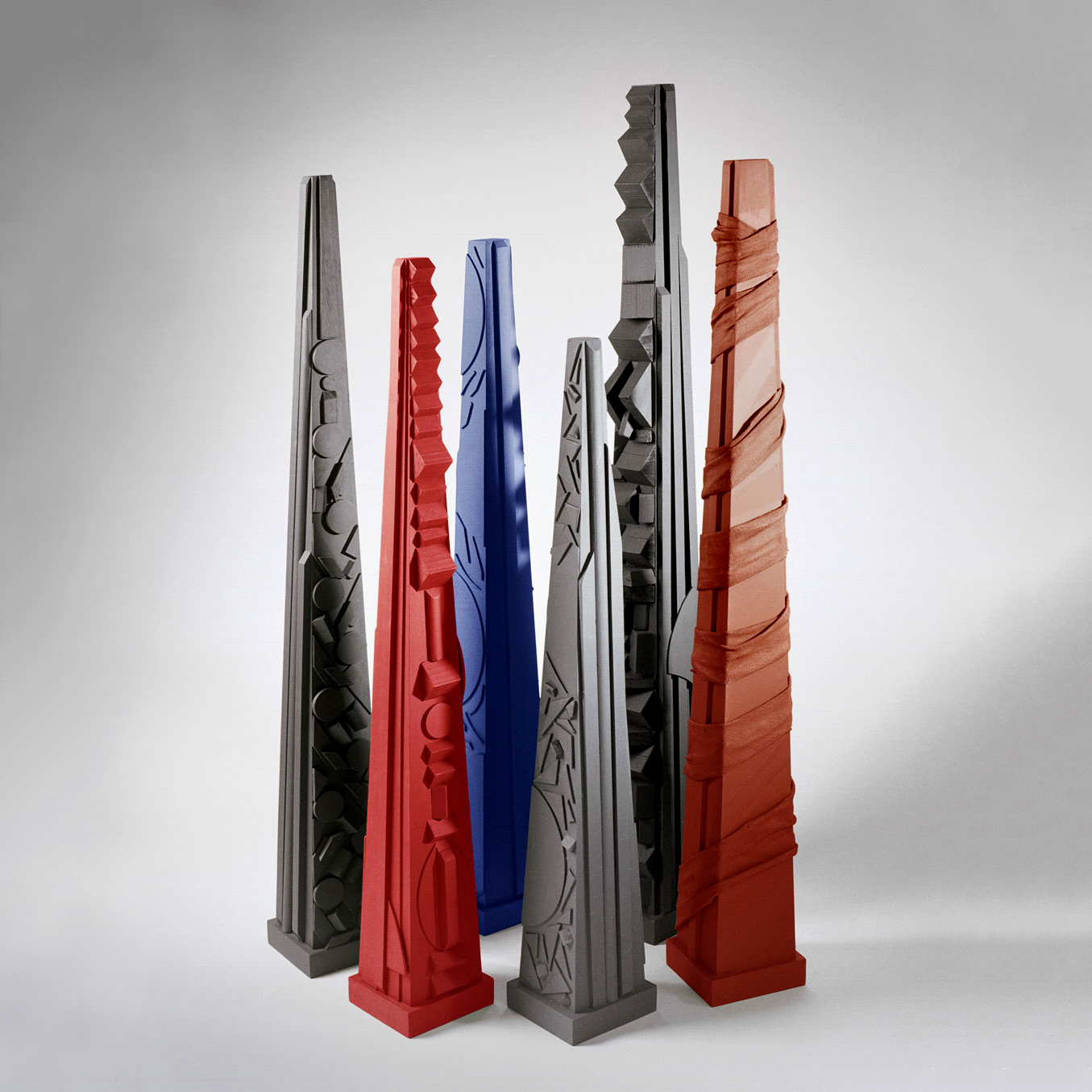
Peinetón, 6 piece set, 2002. Polychrome wood with wood cutouts and bandages. Dimensions: 120x85x15cm.
.jpg)
